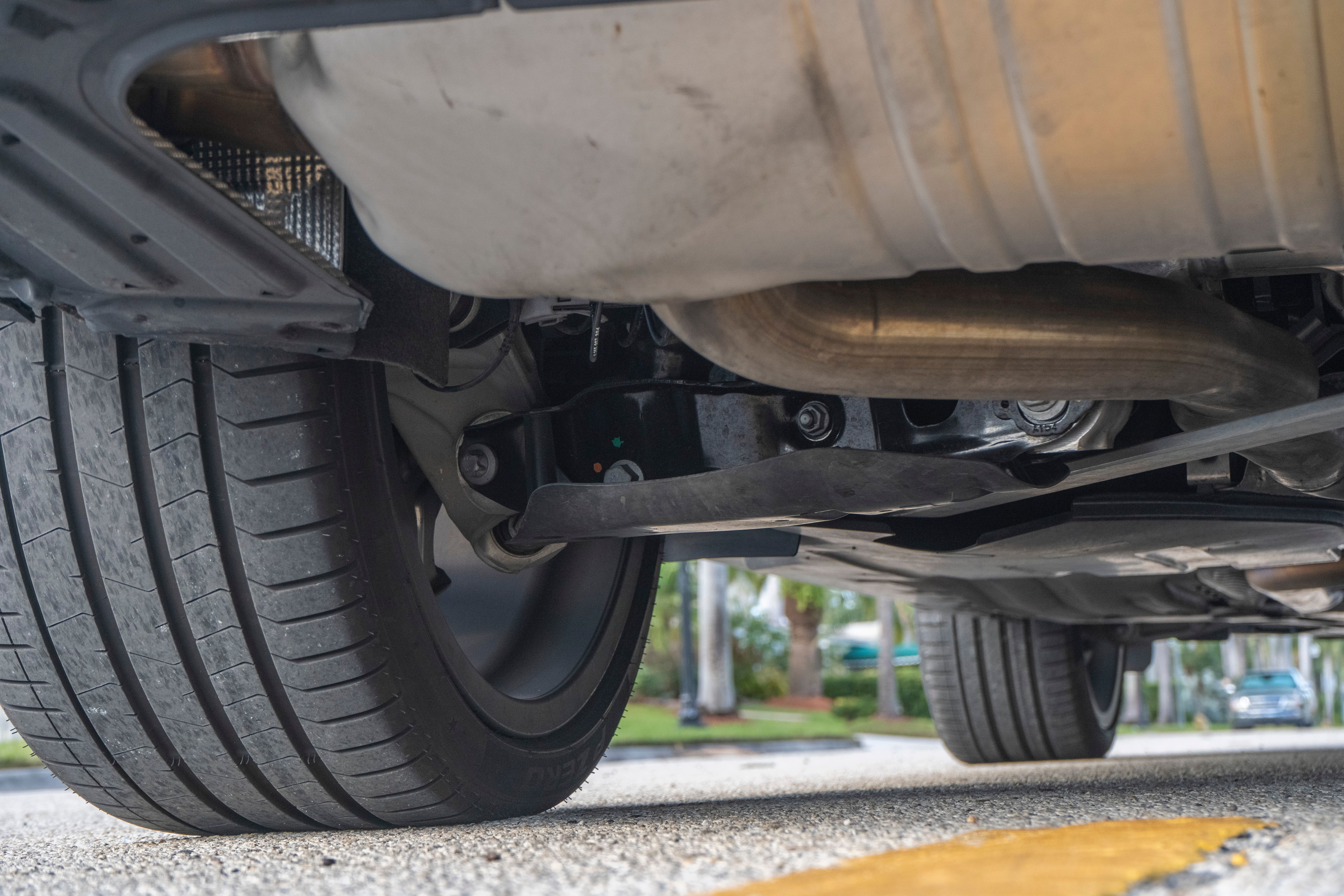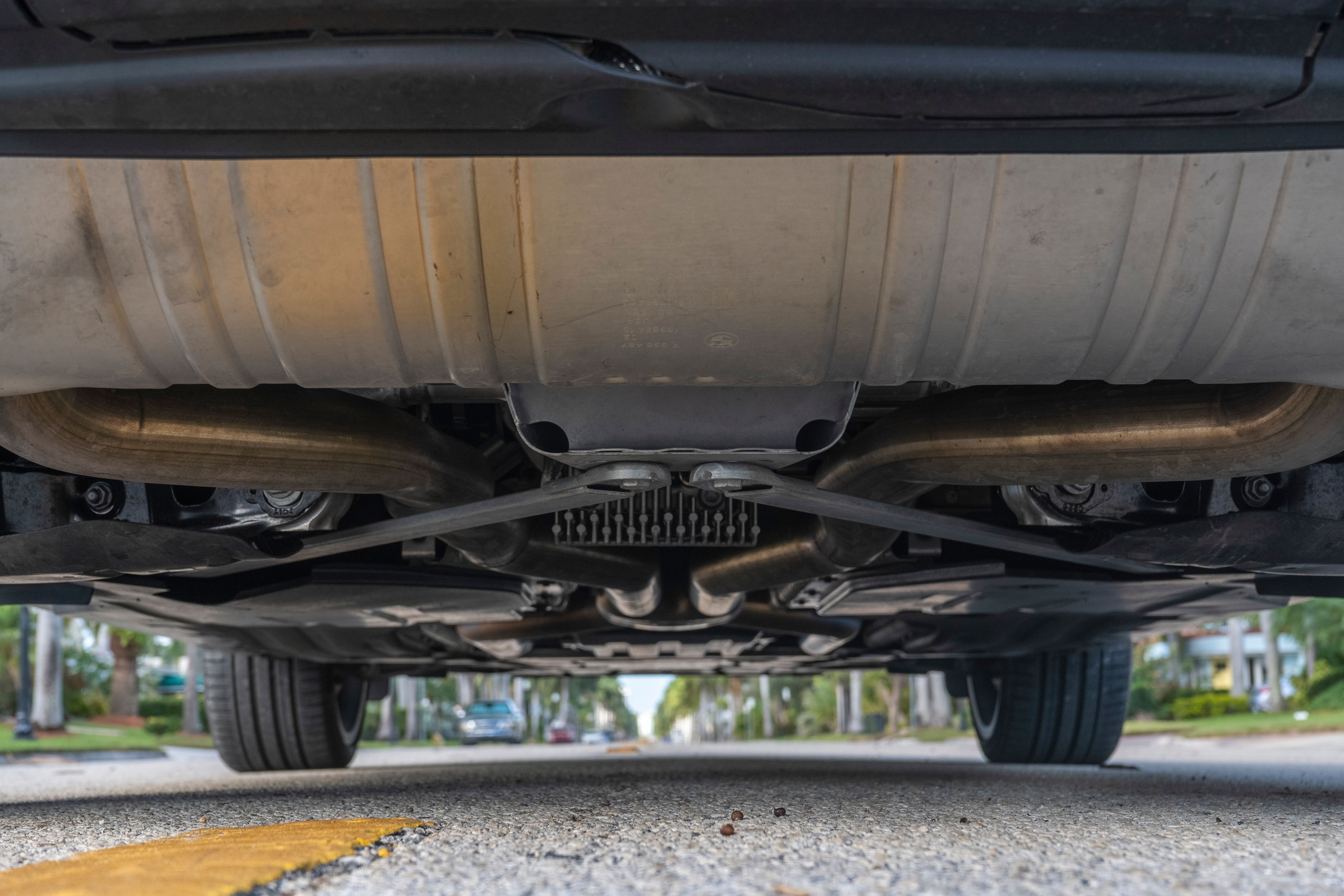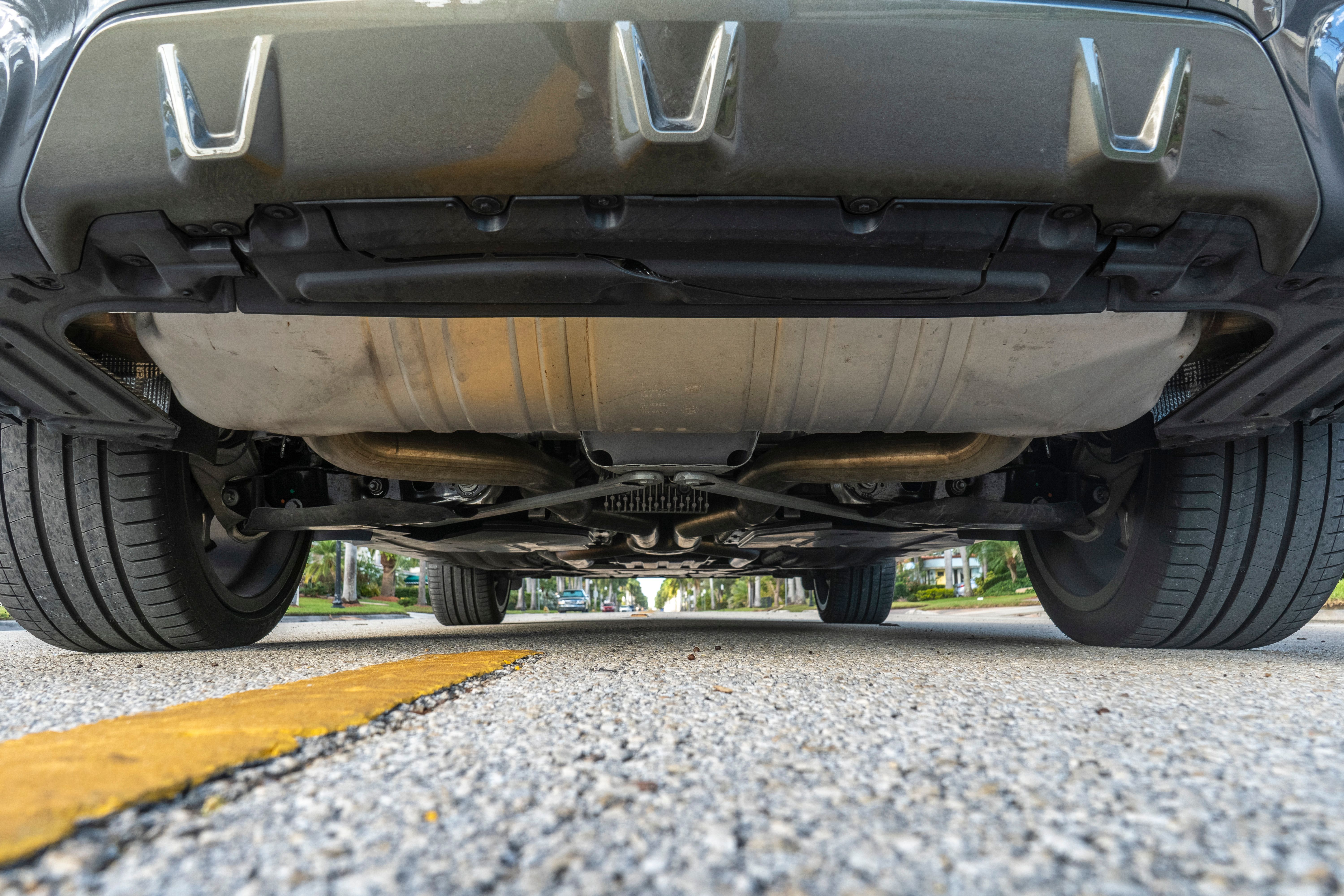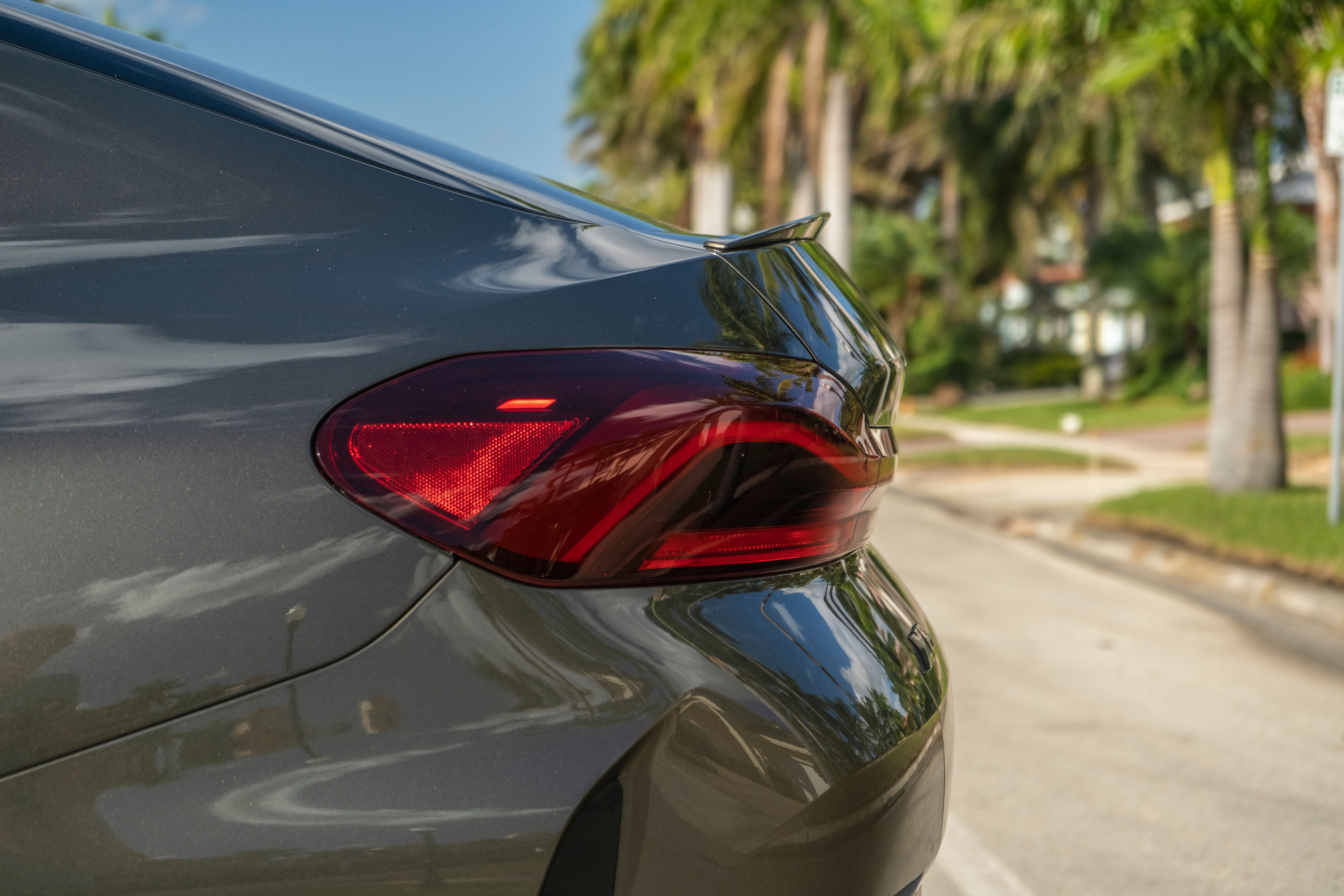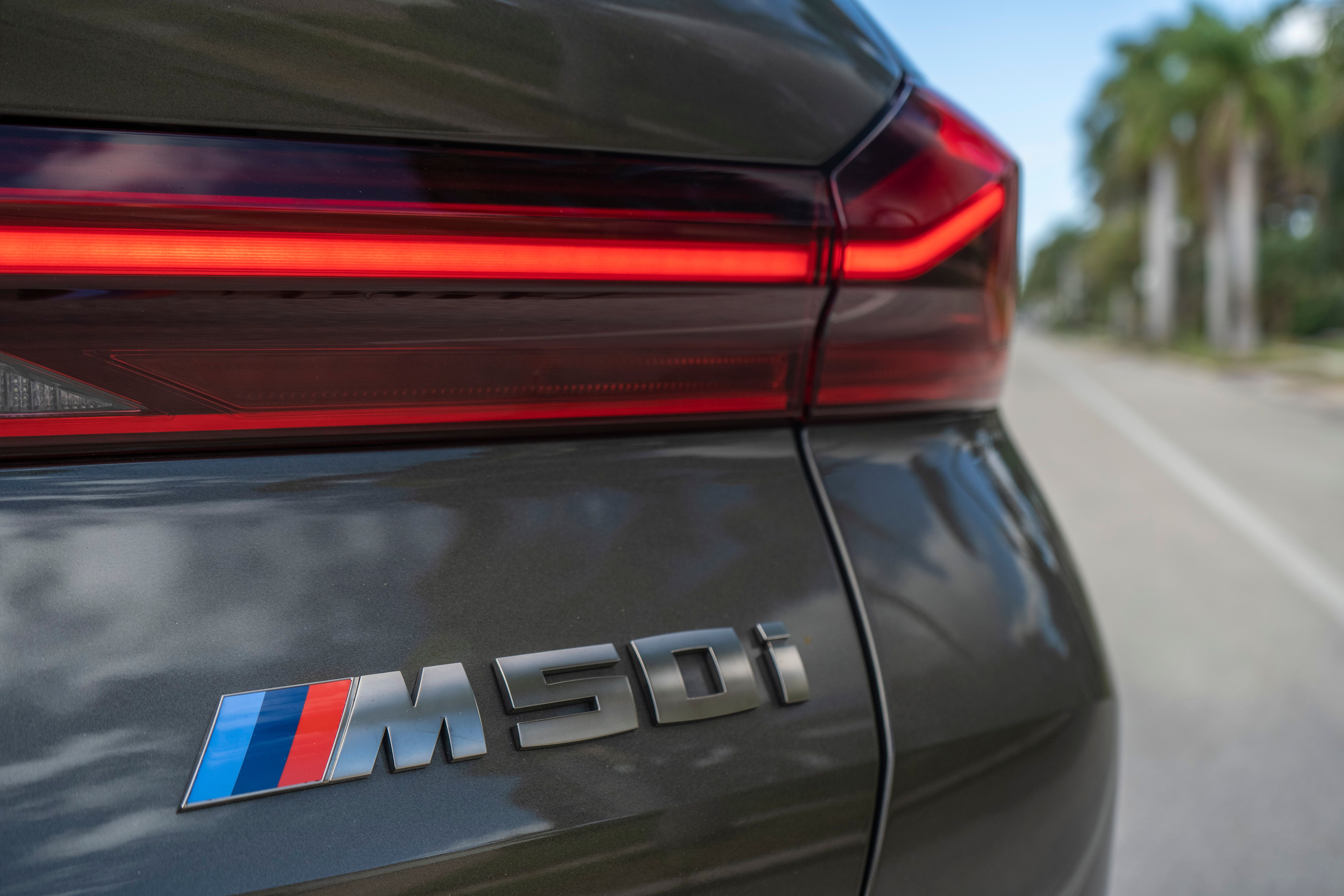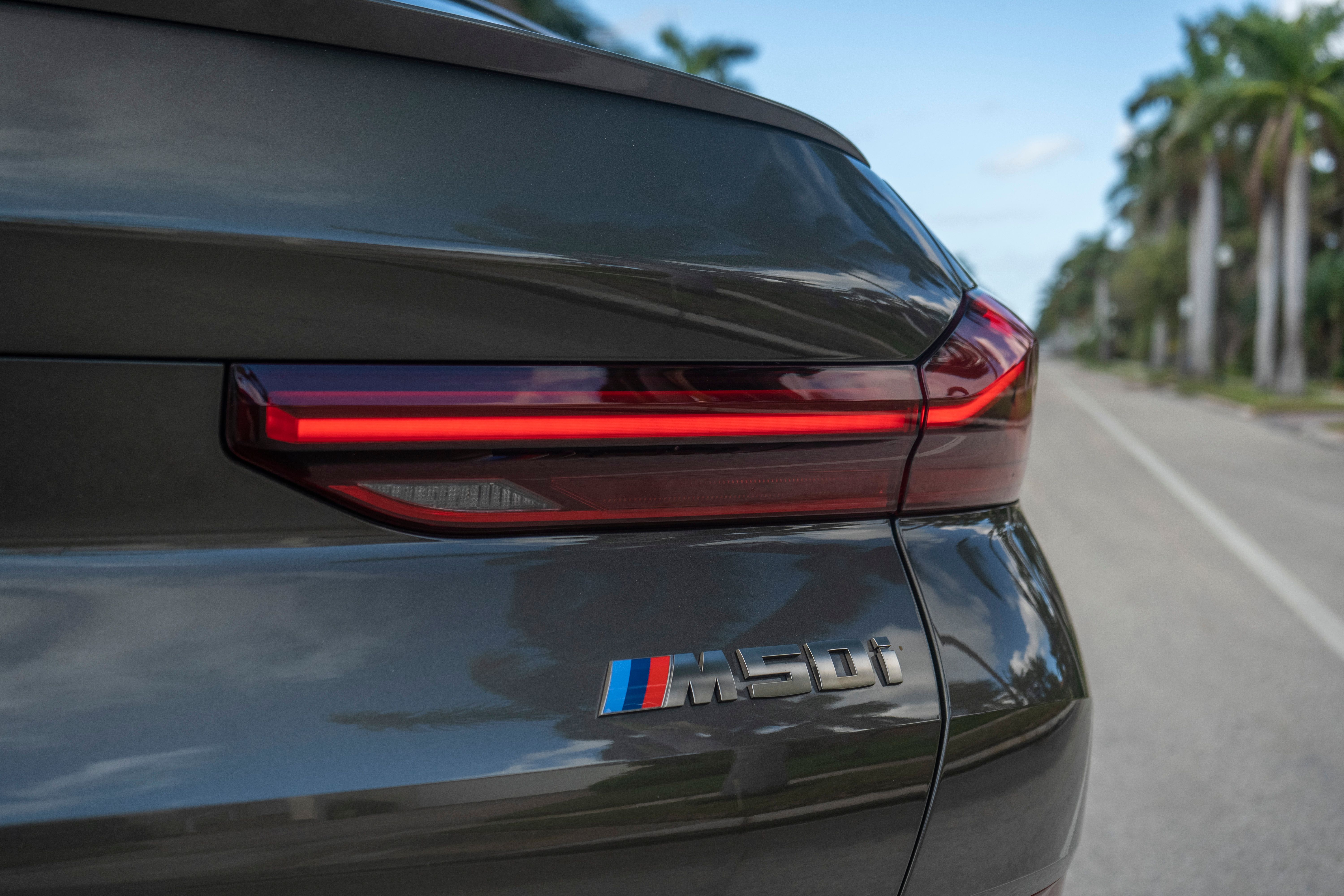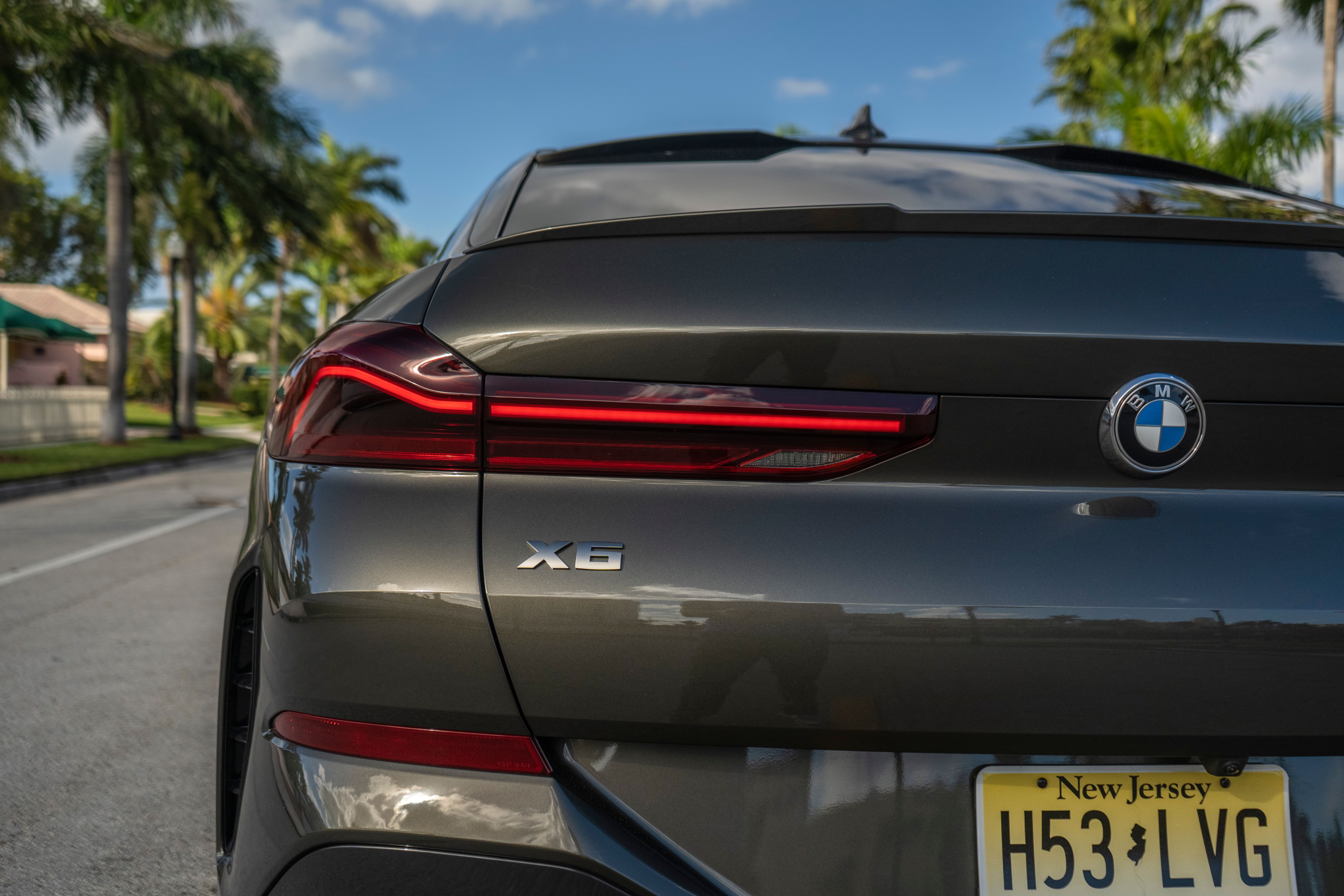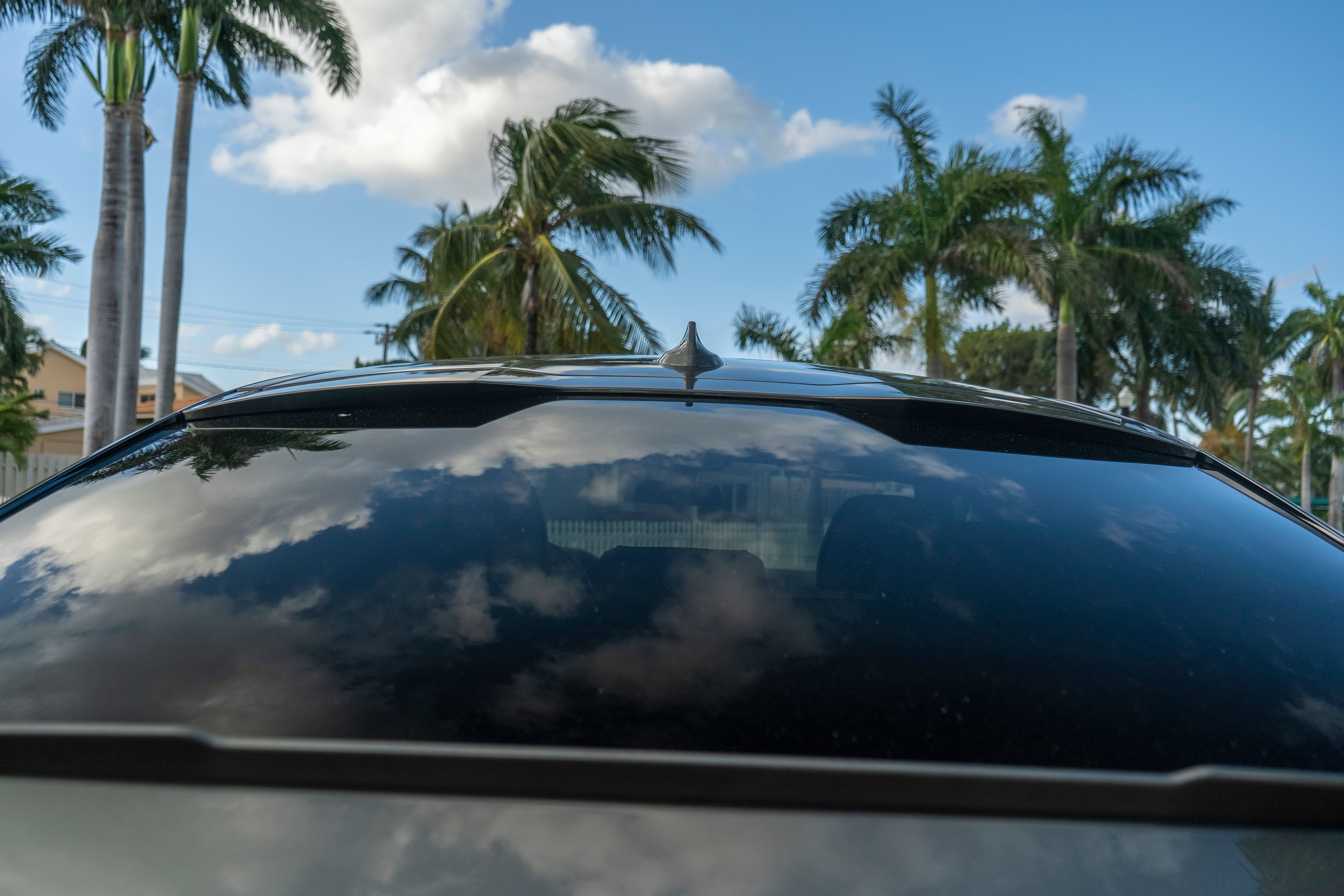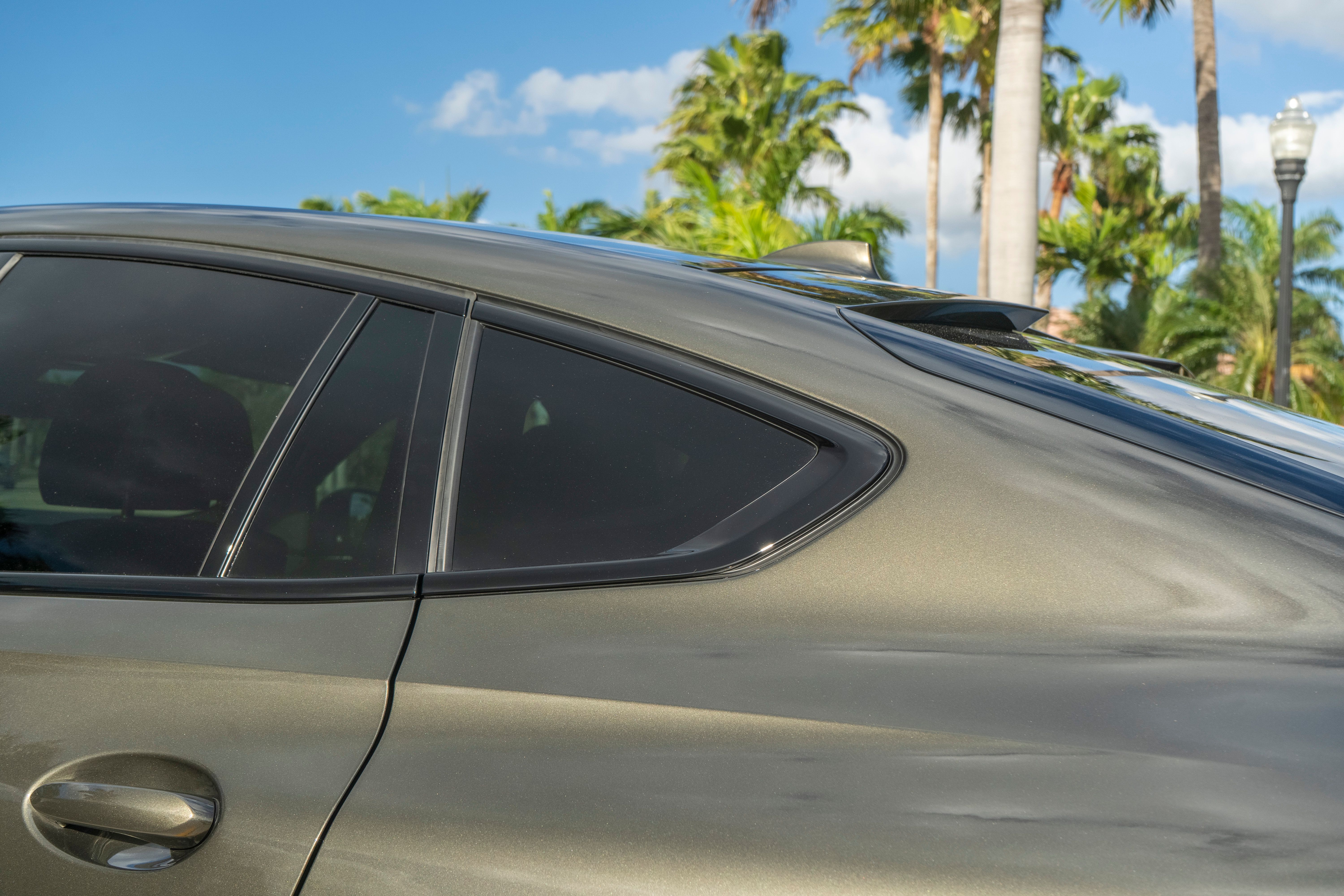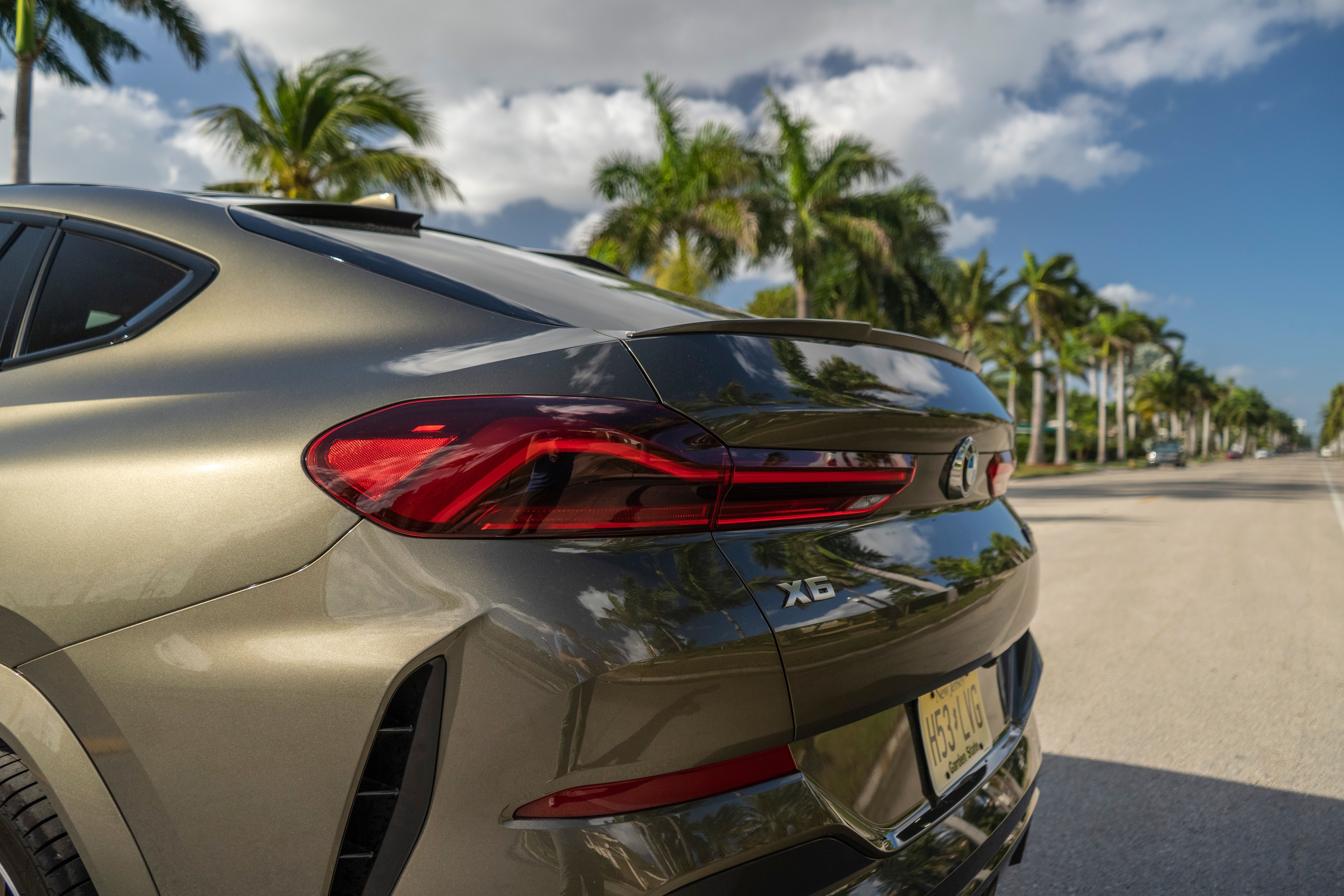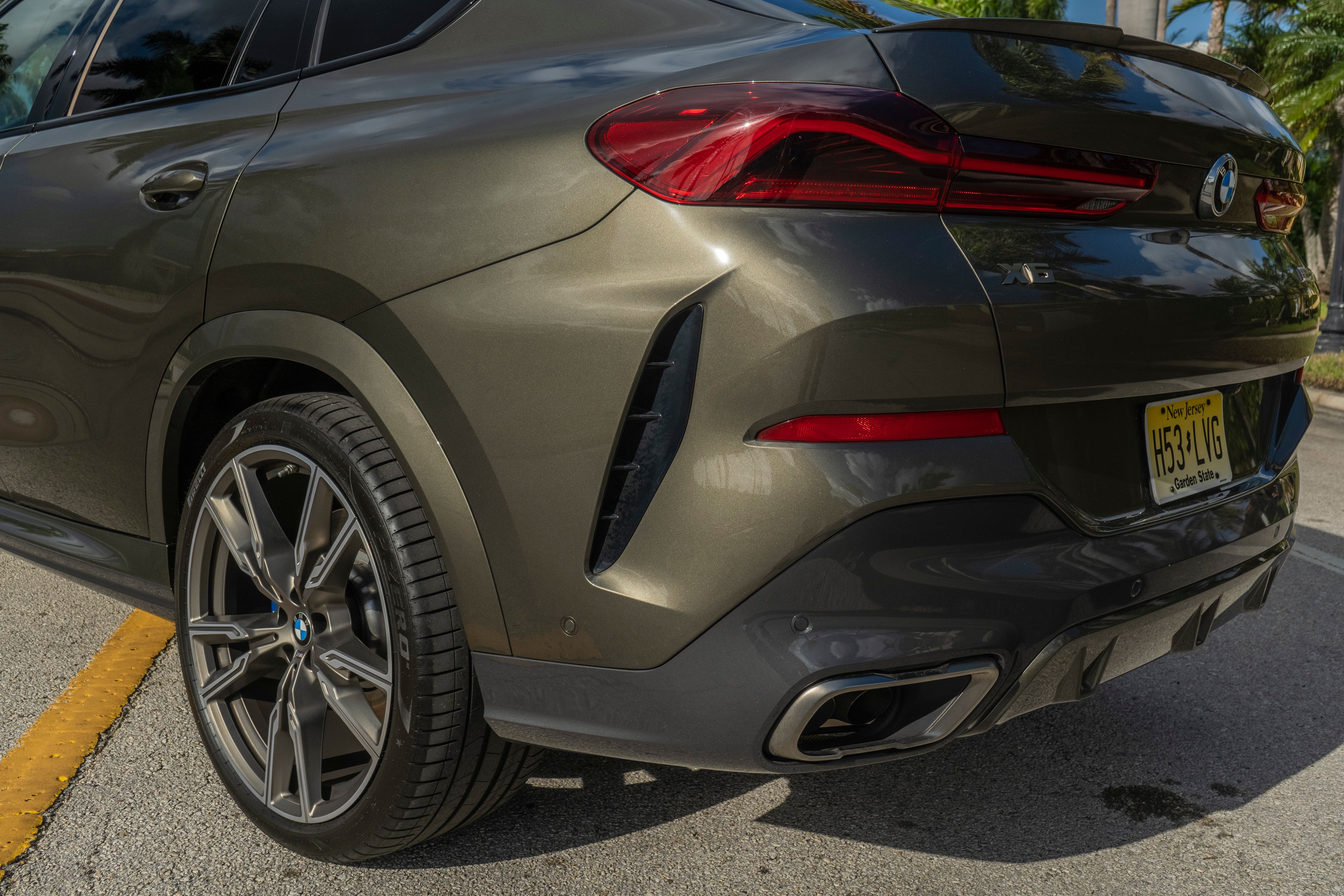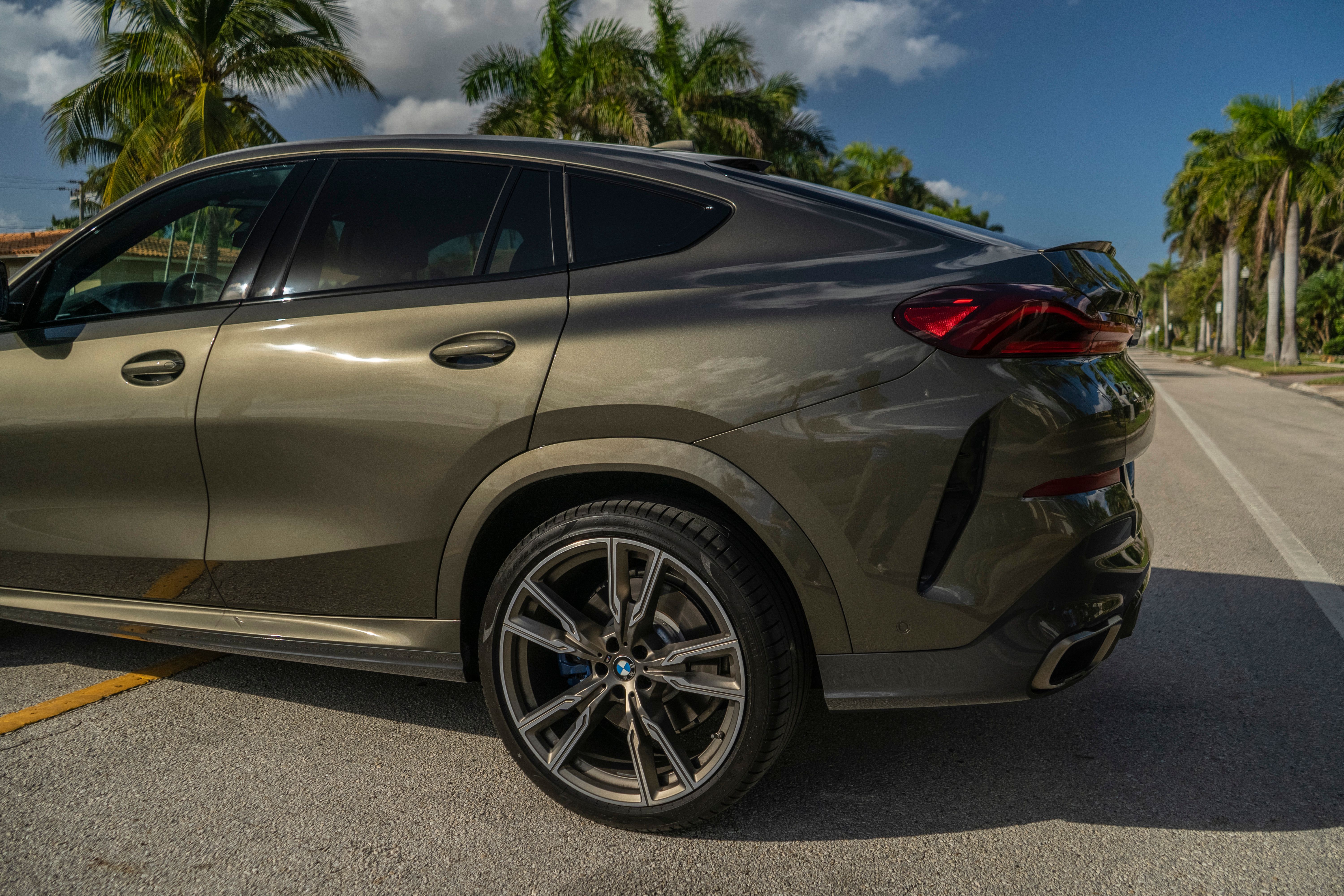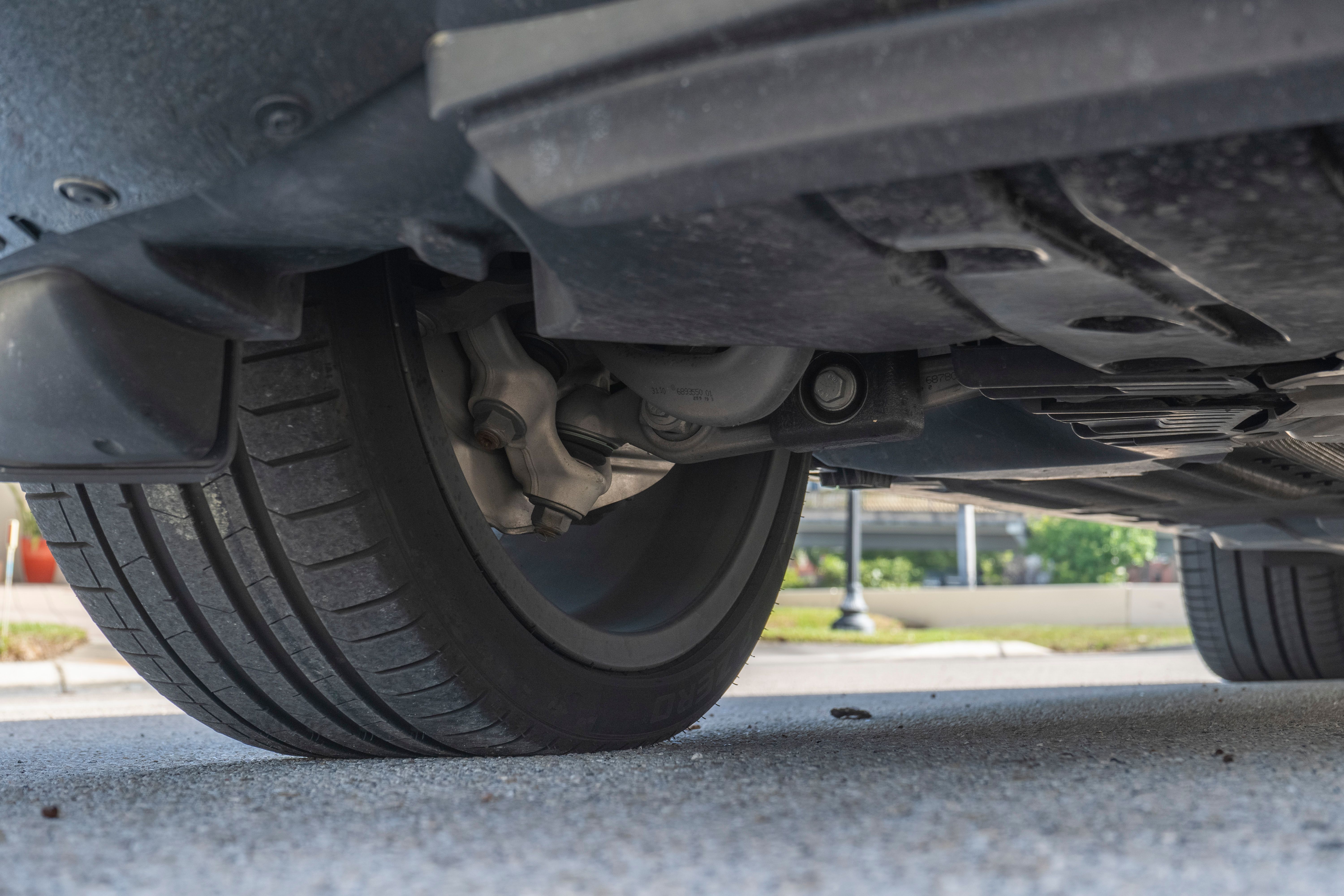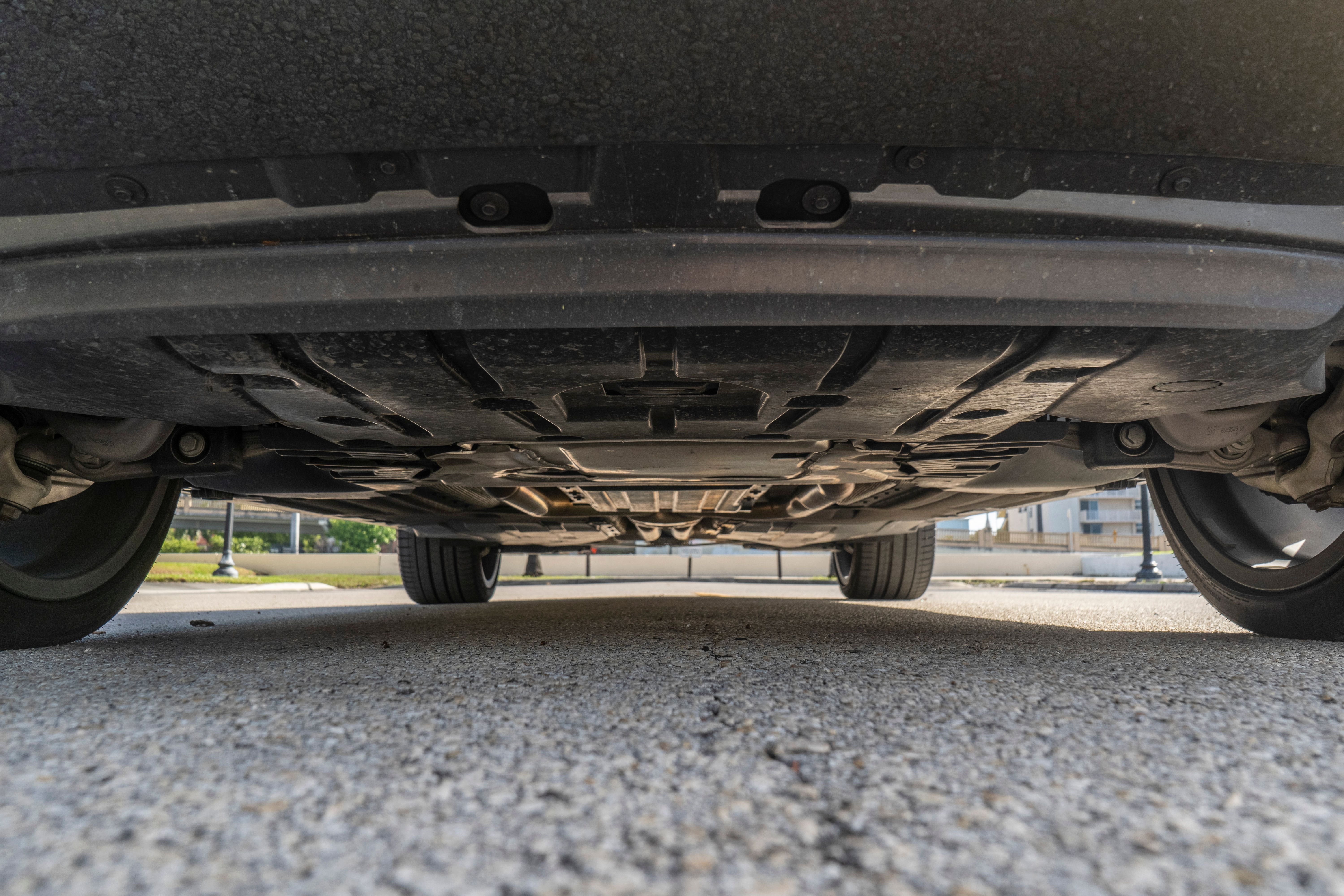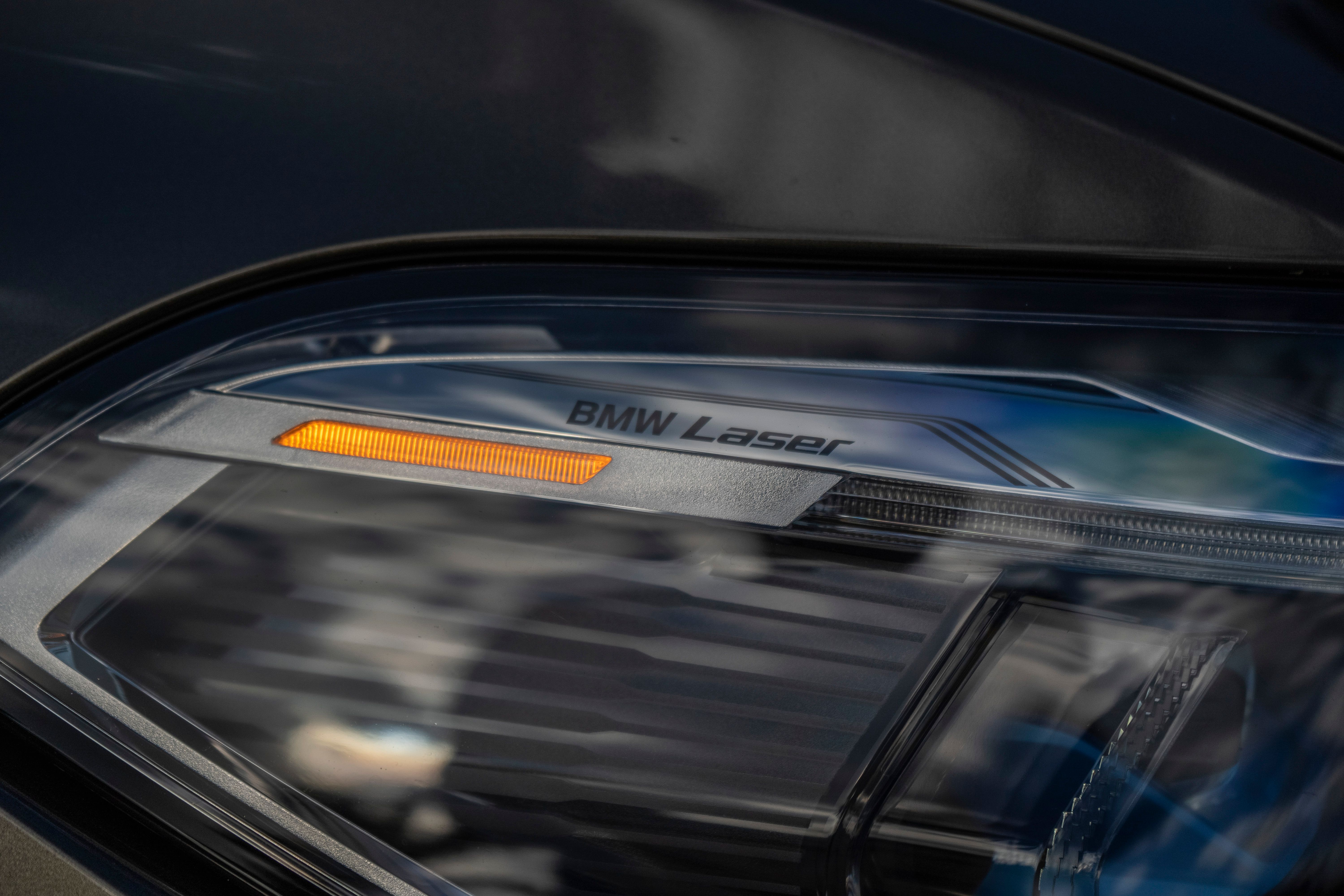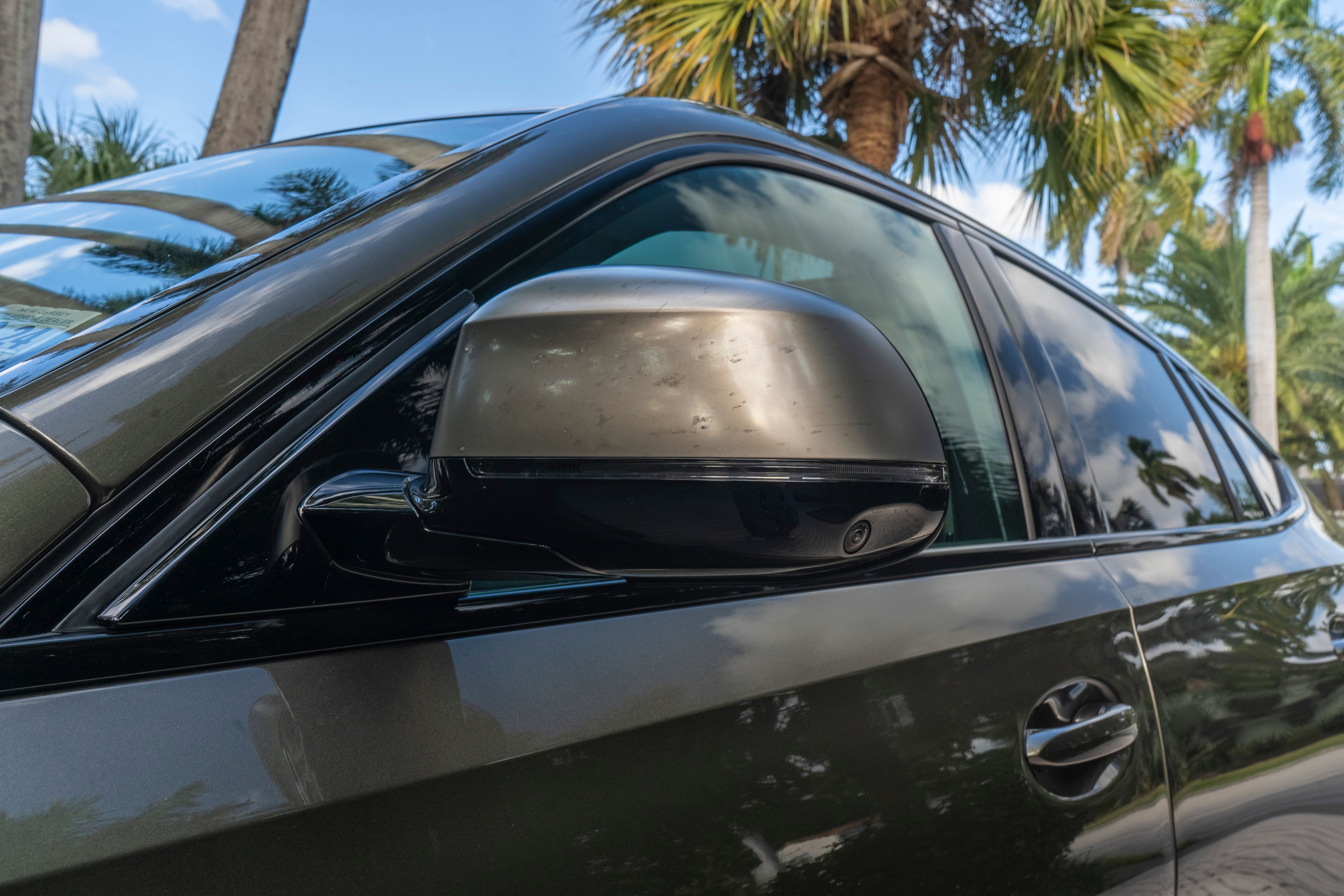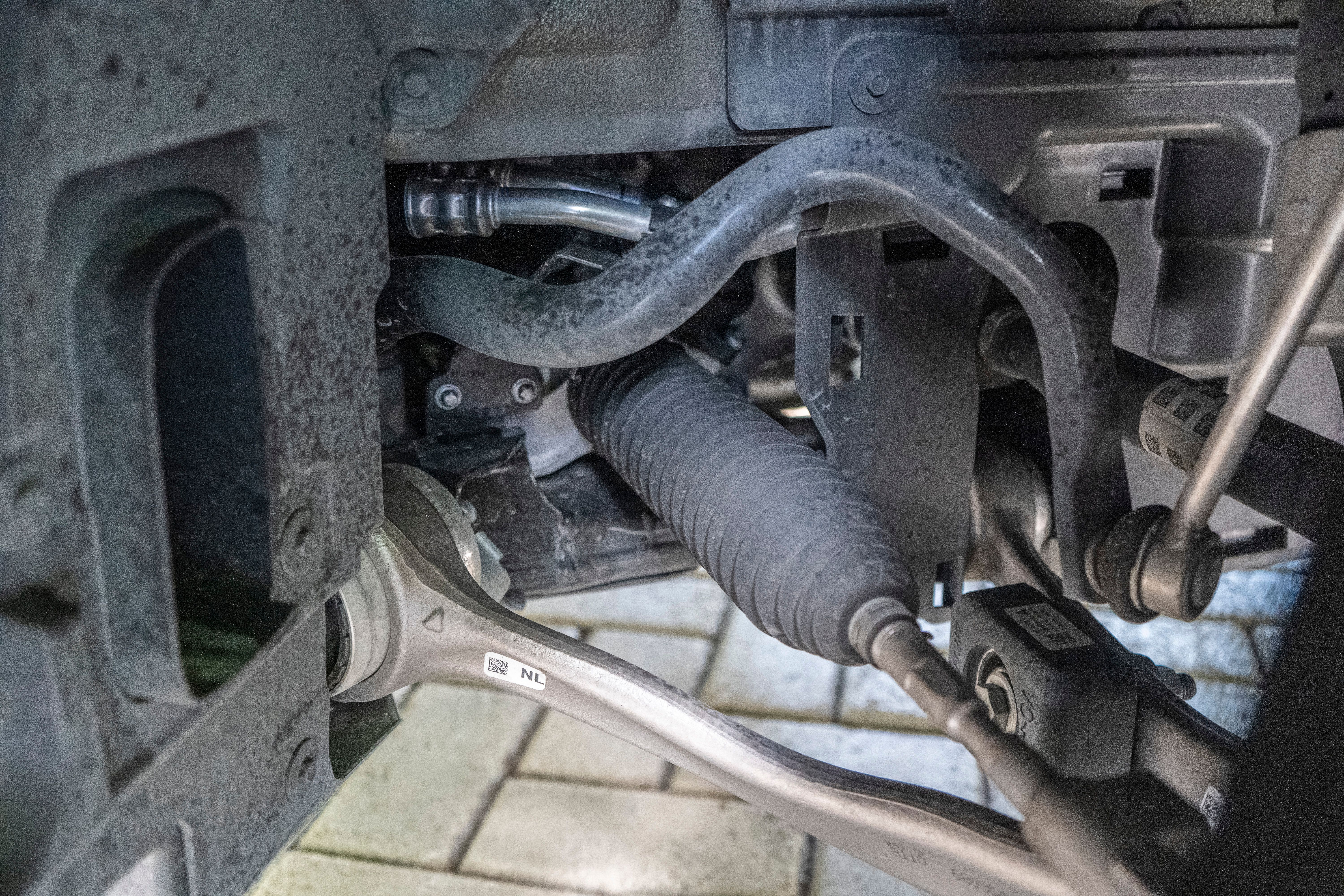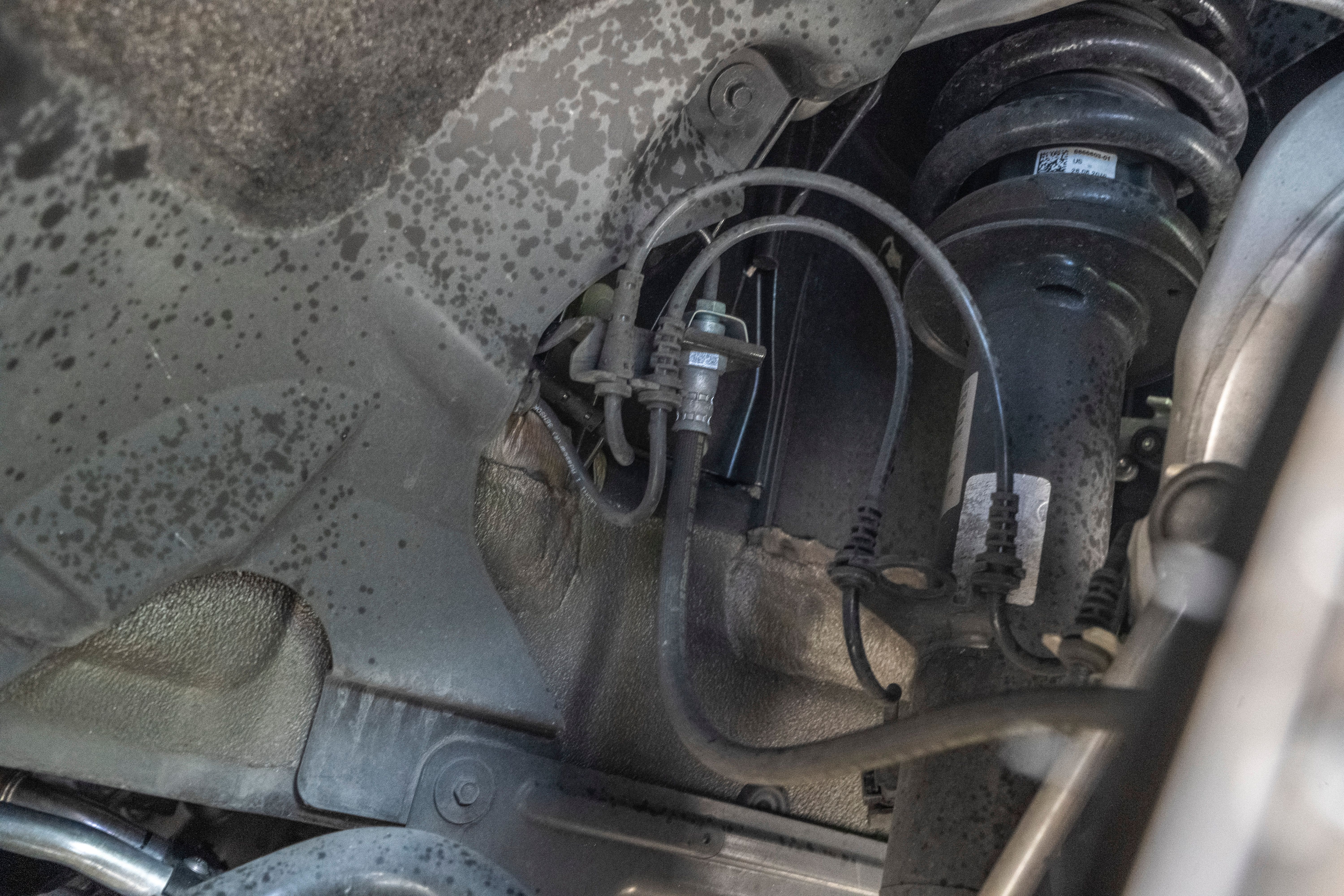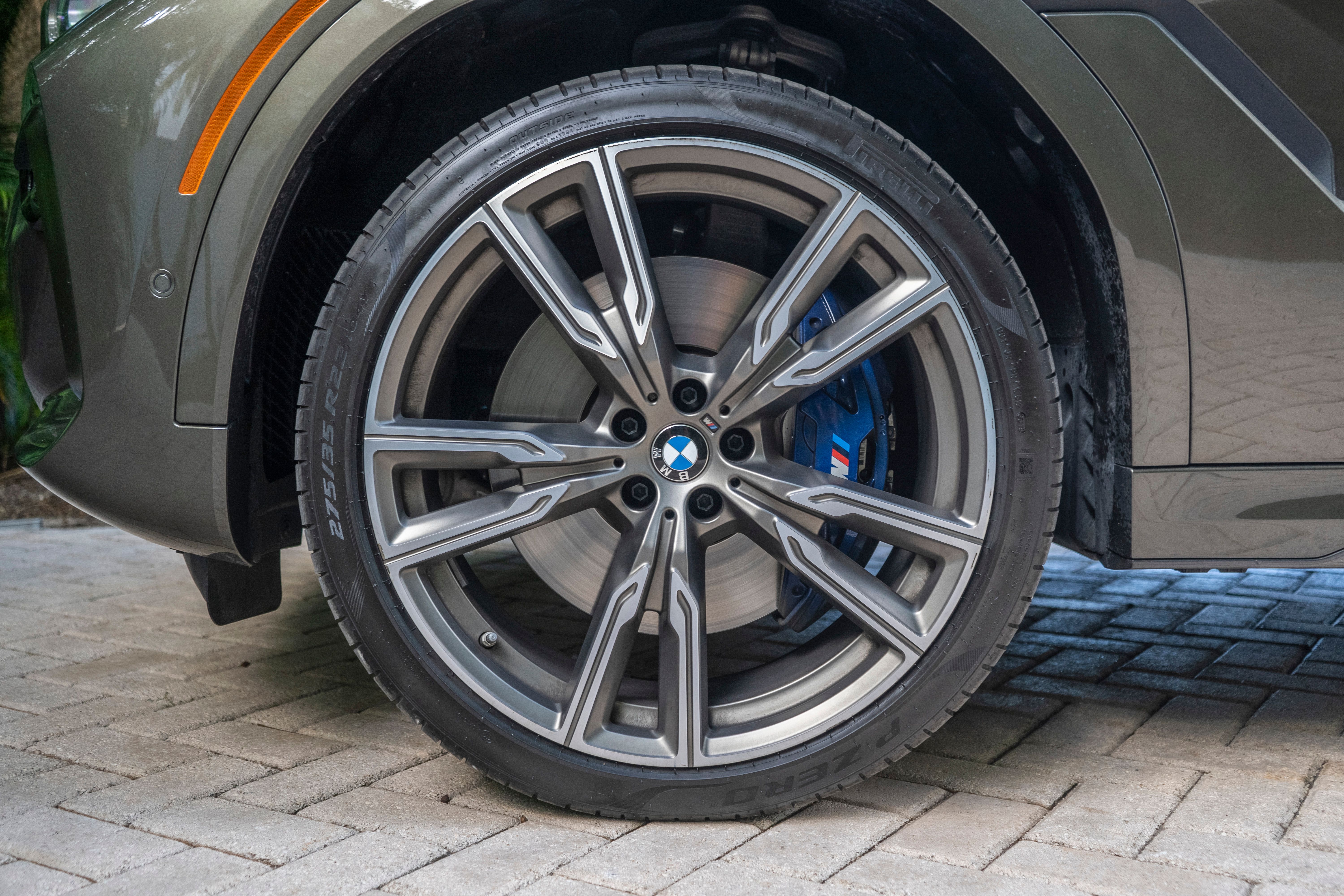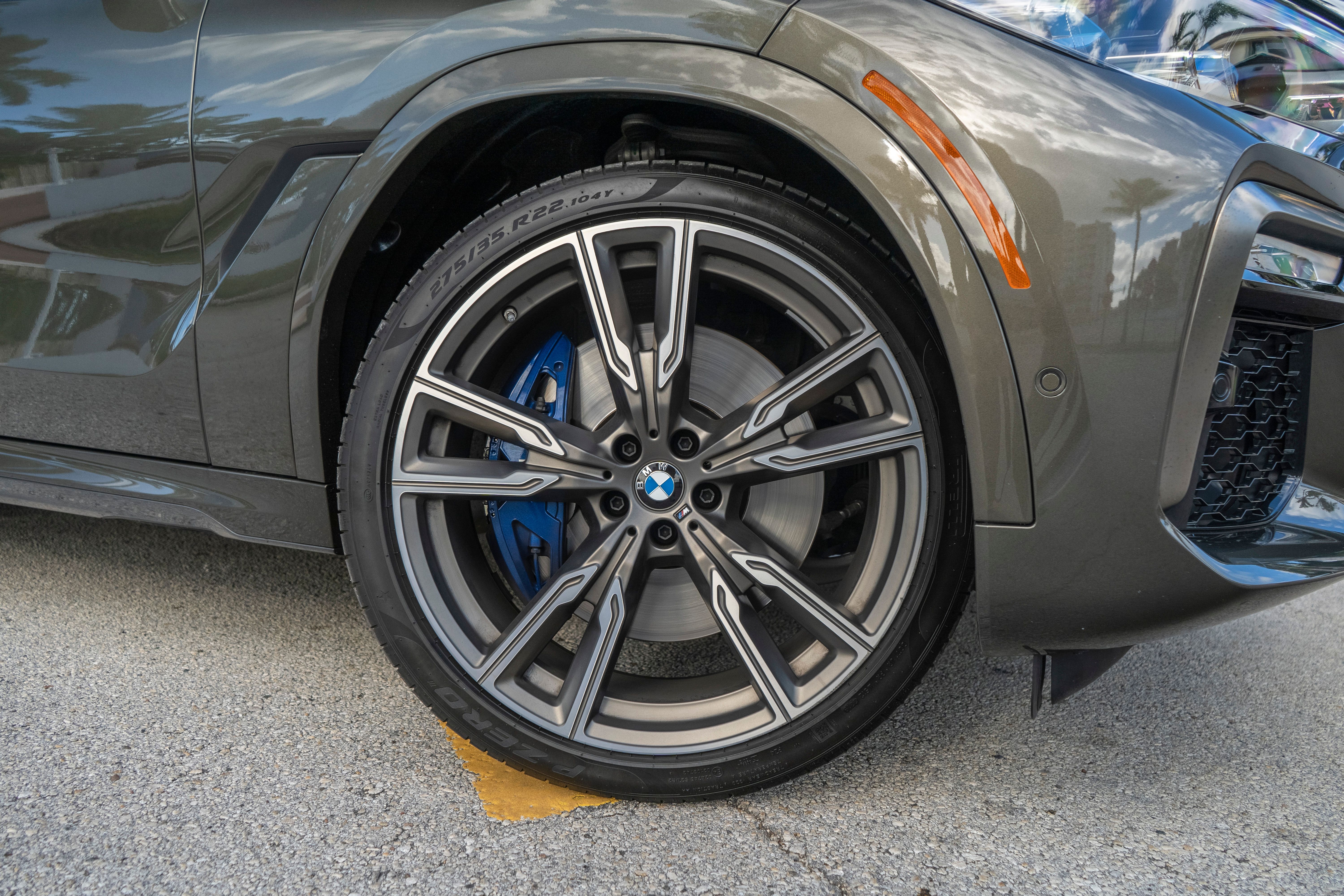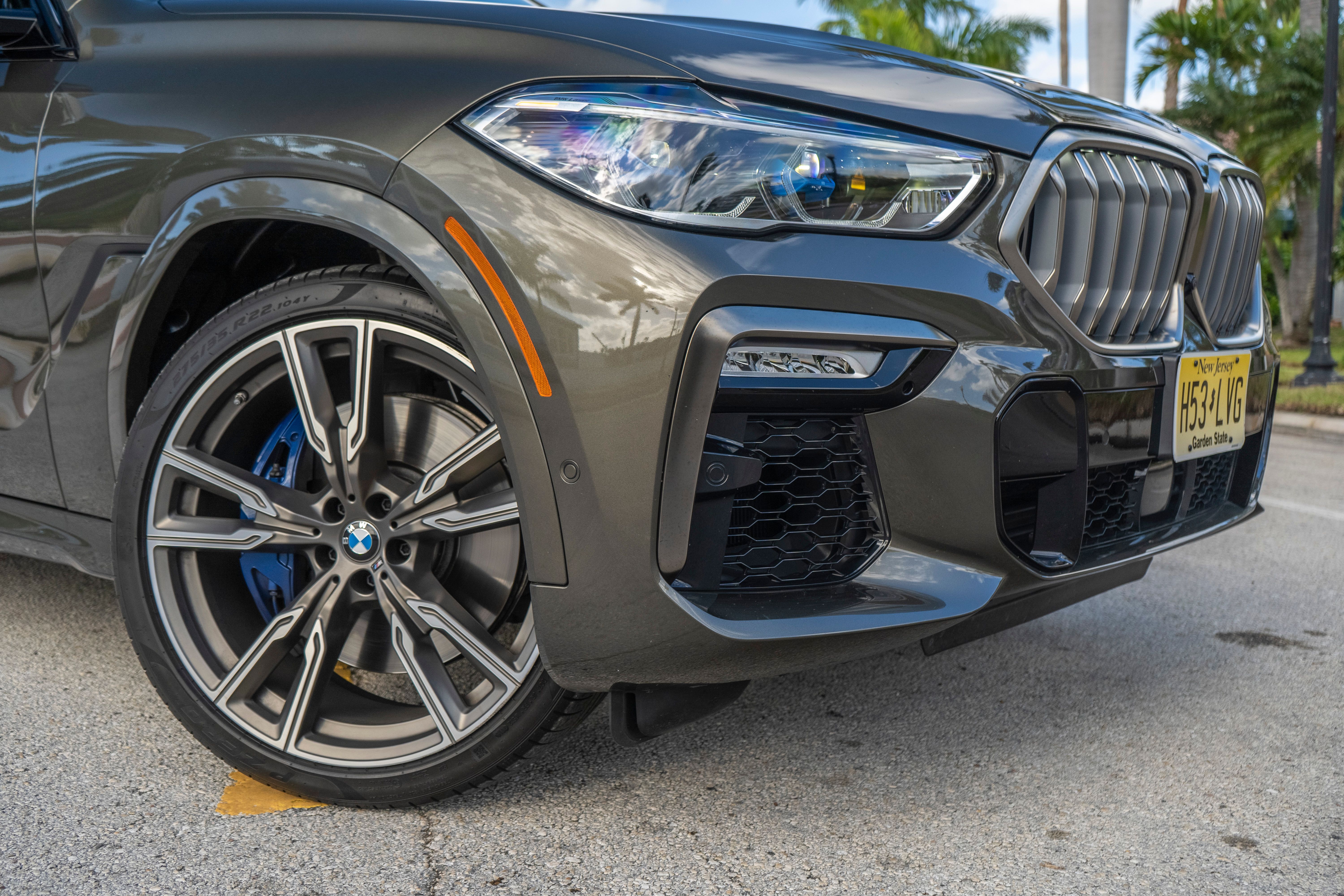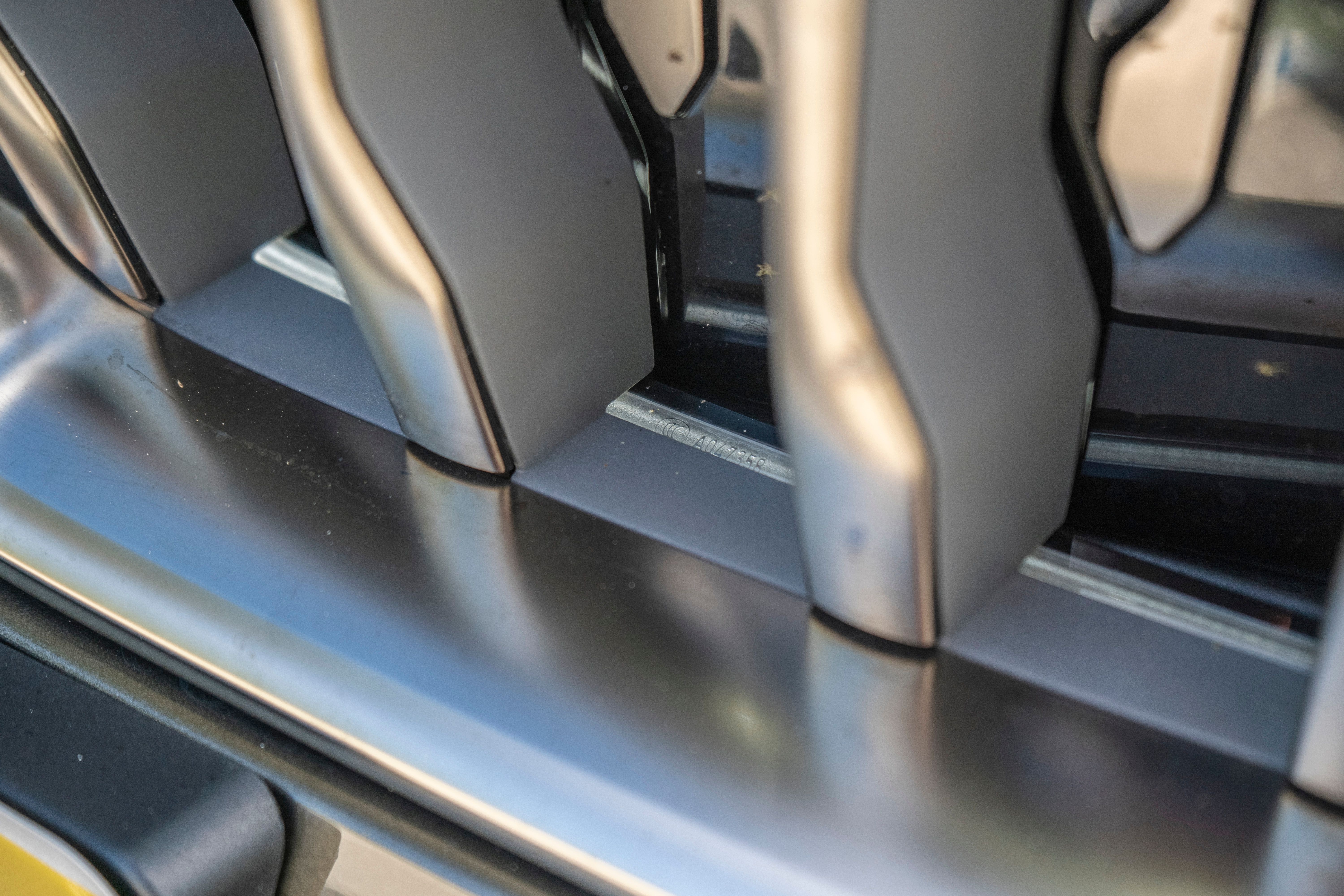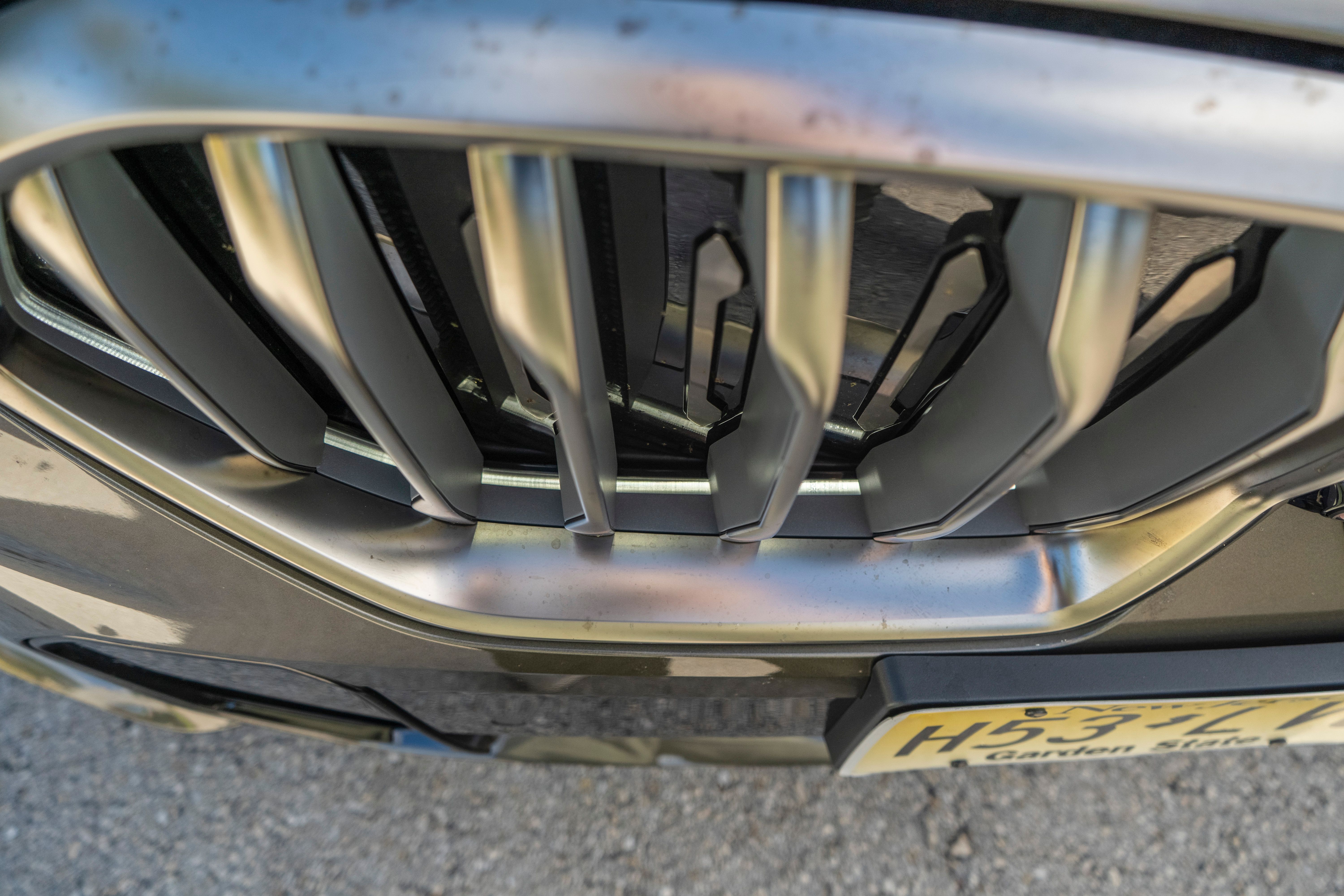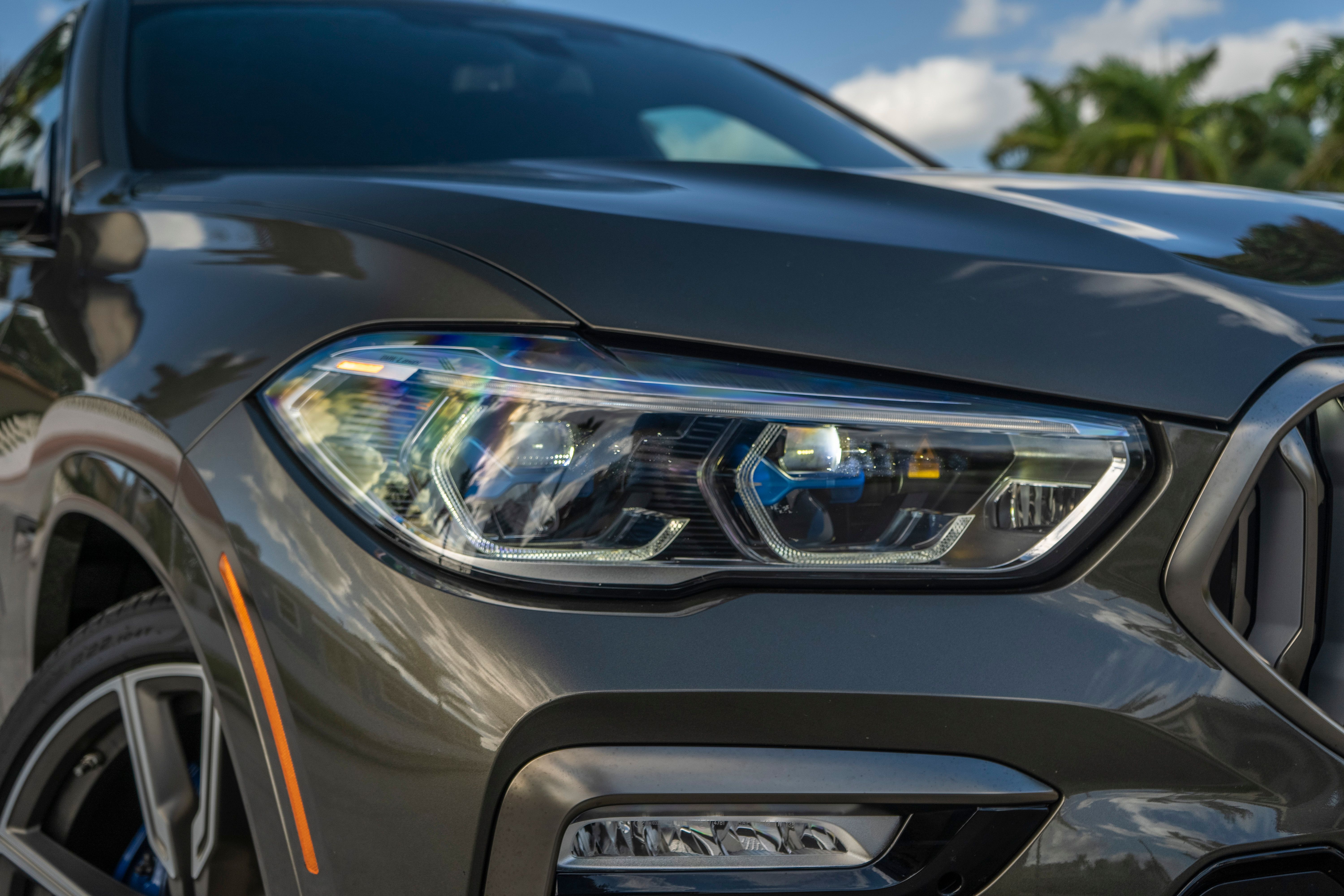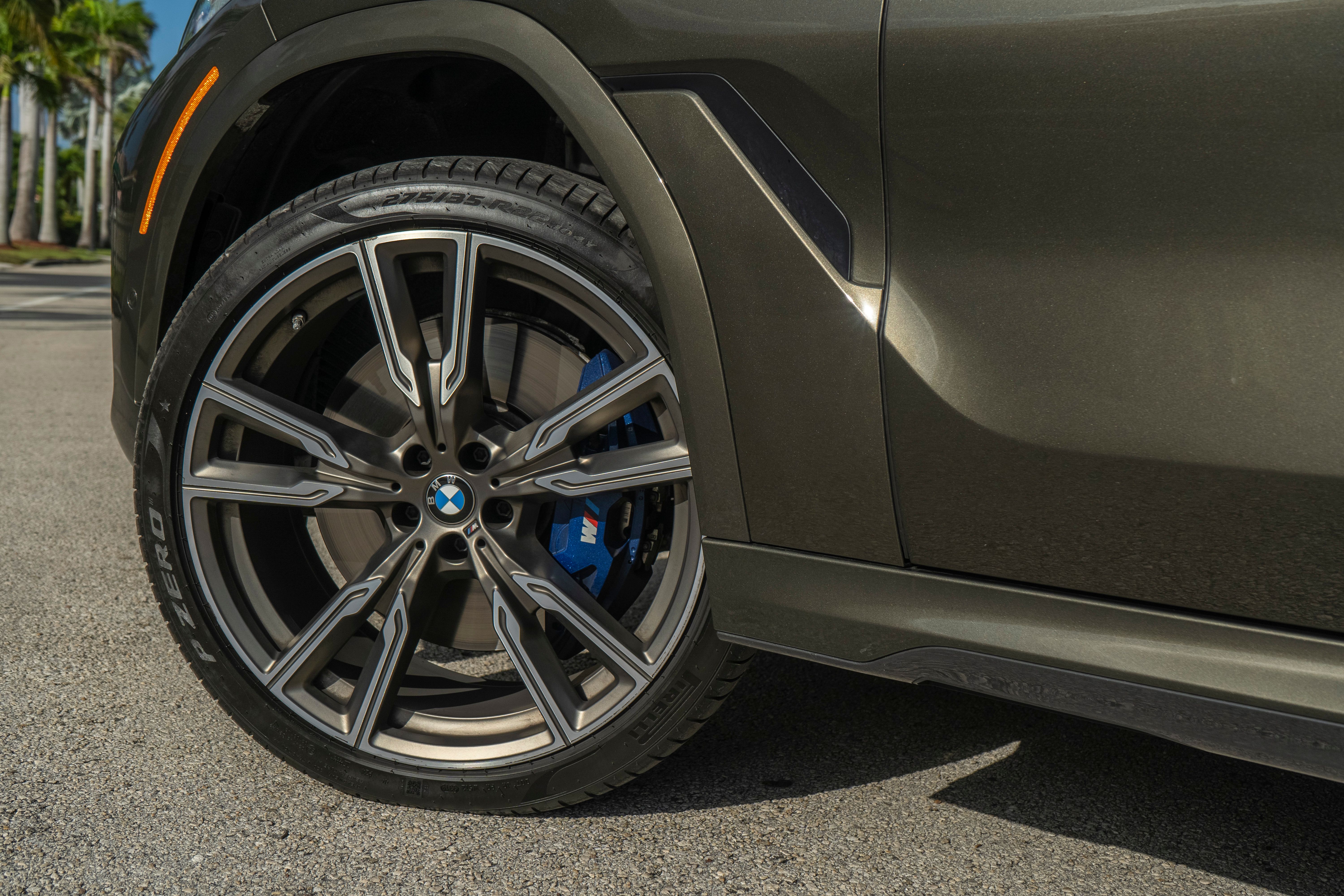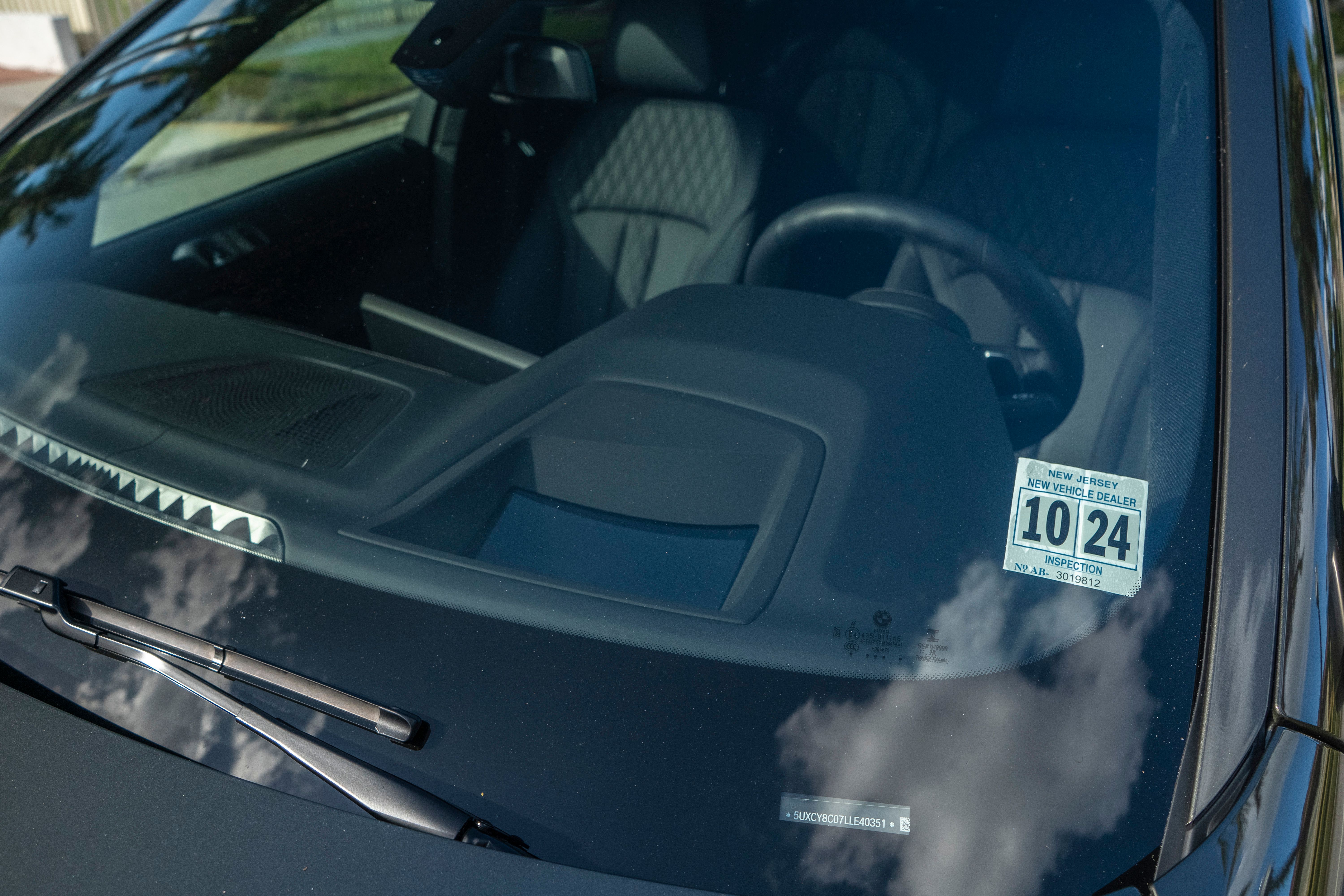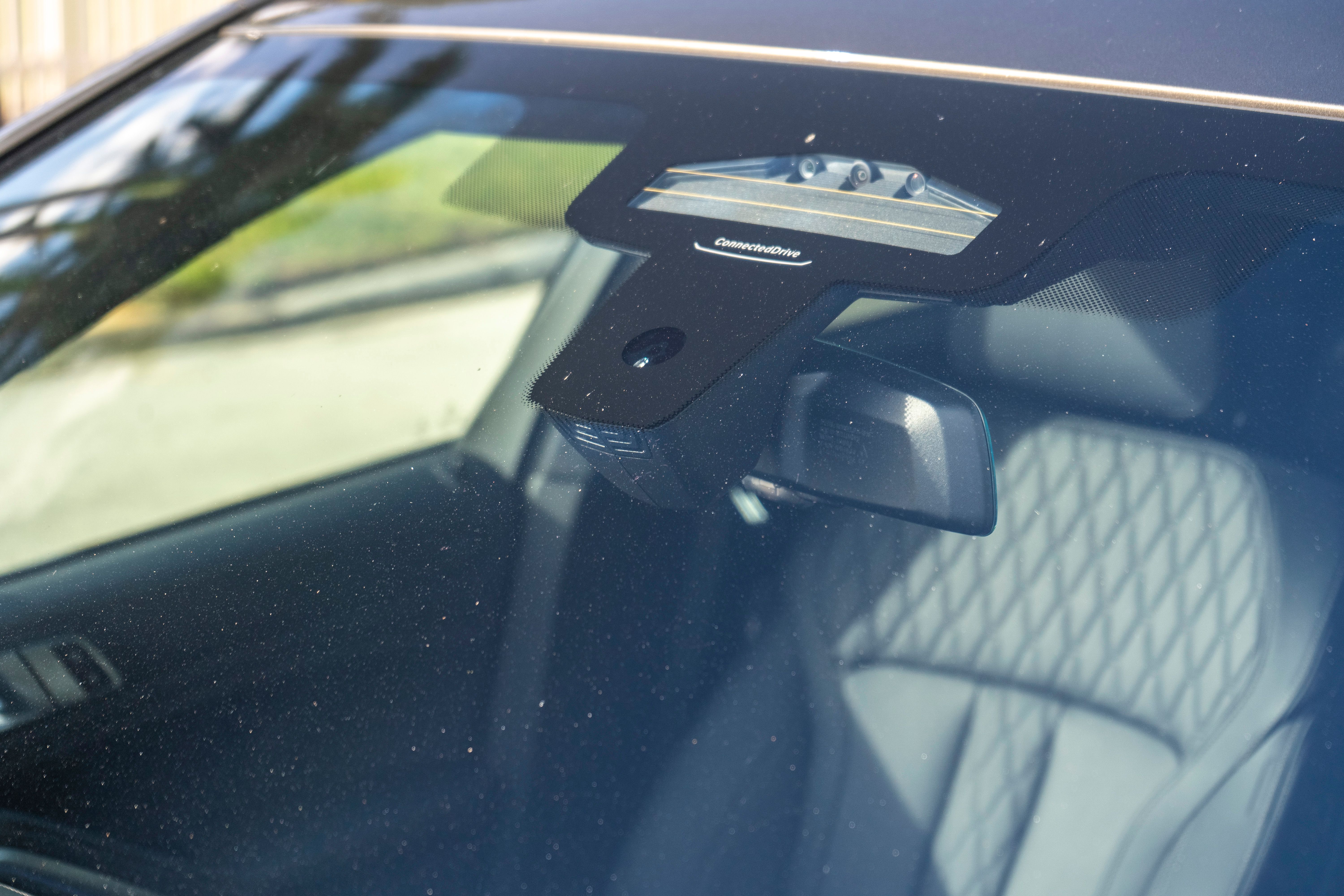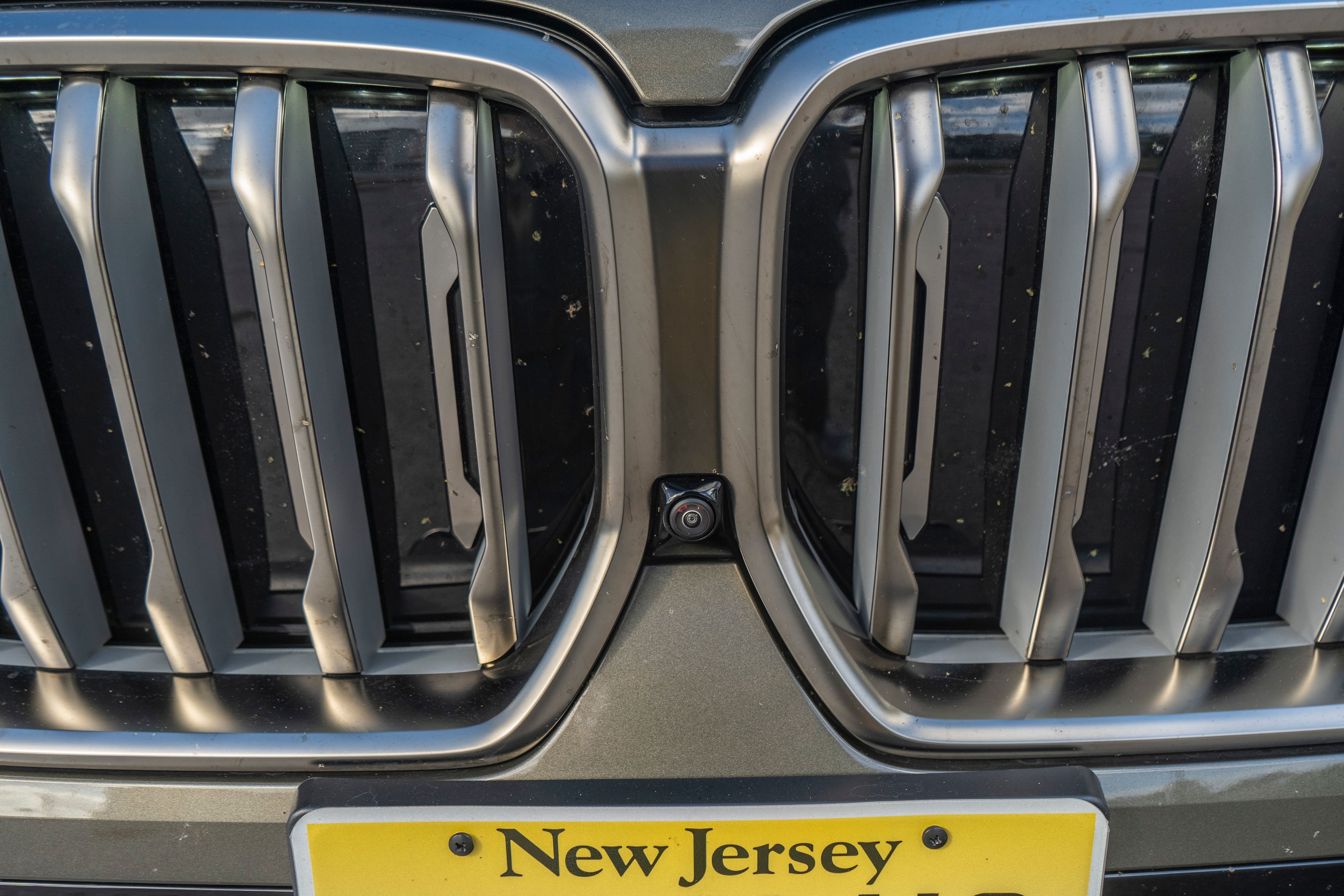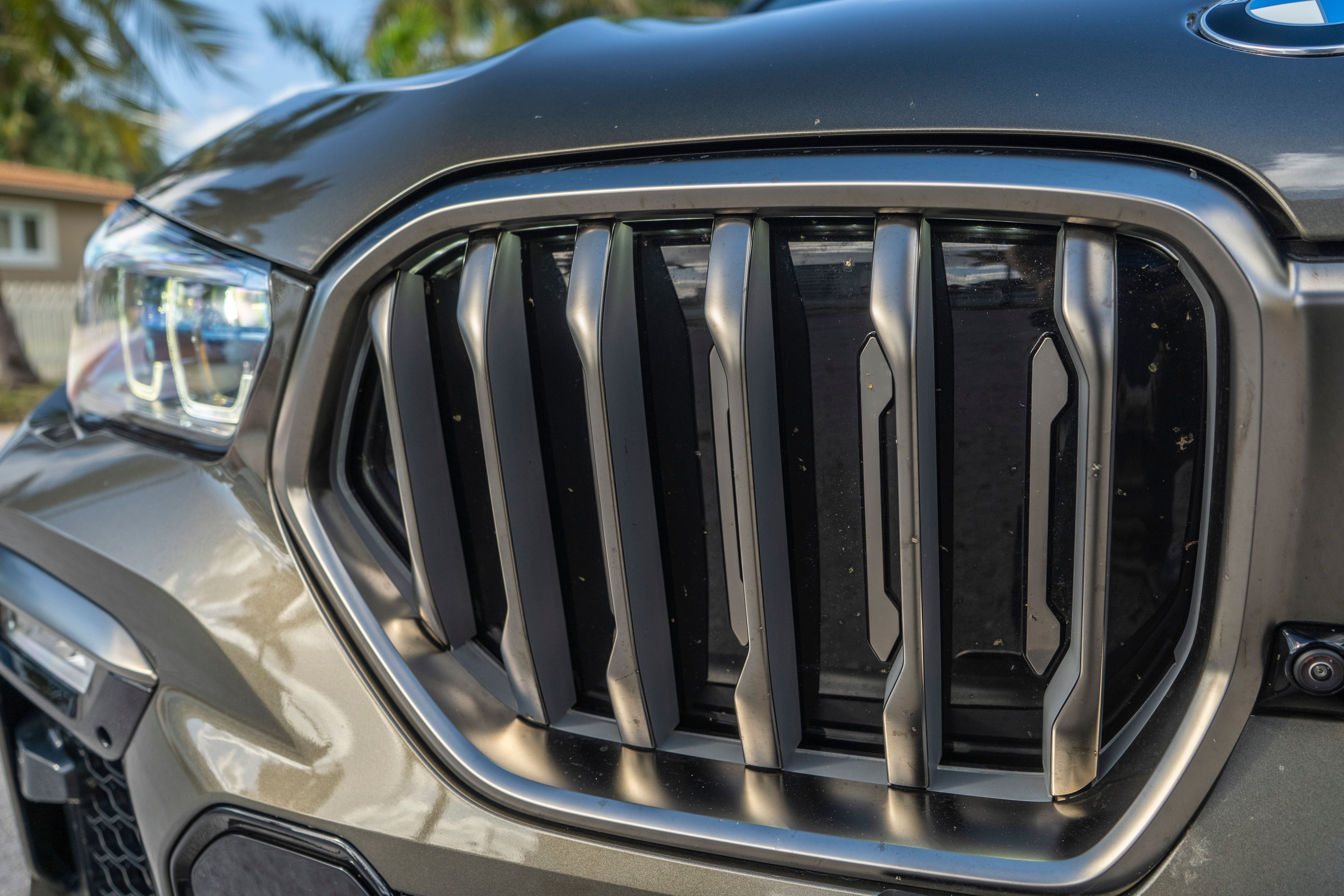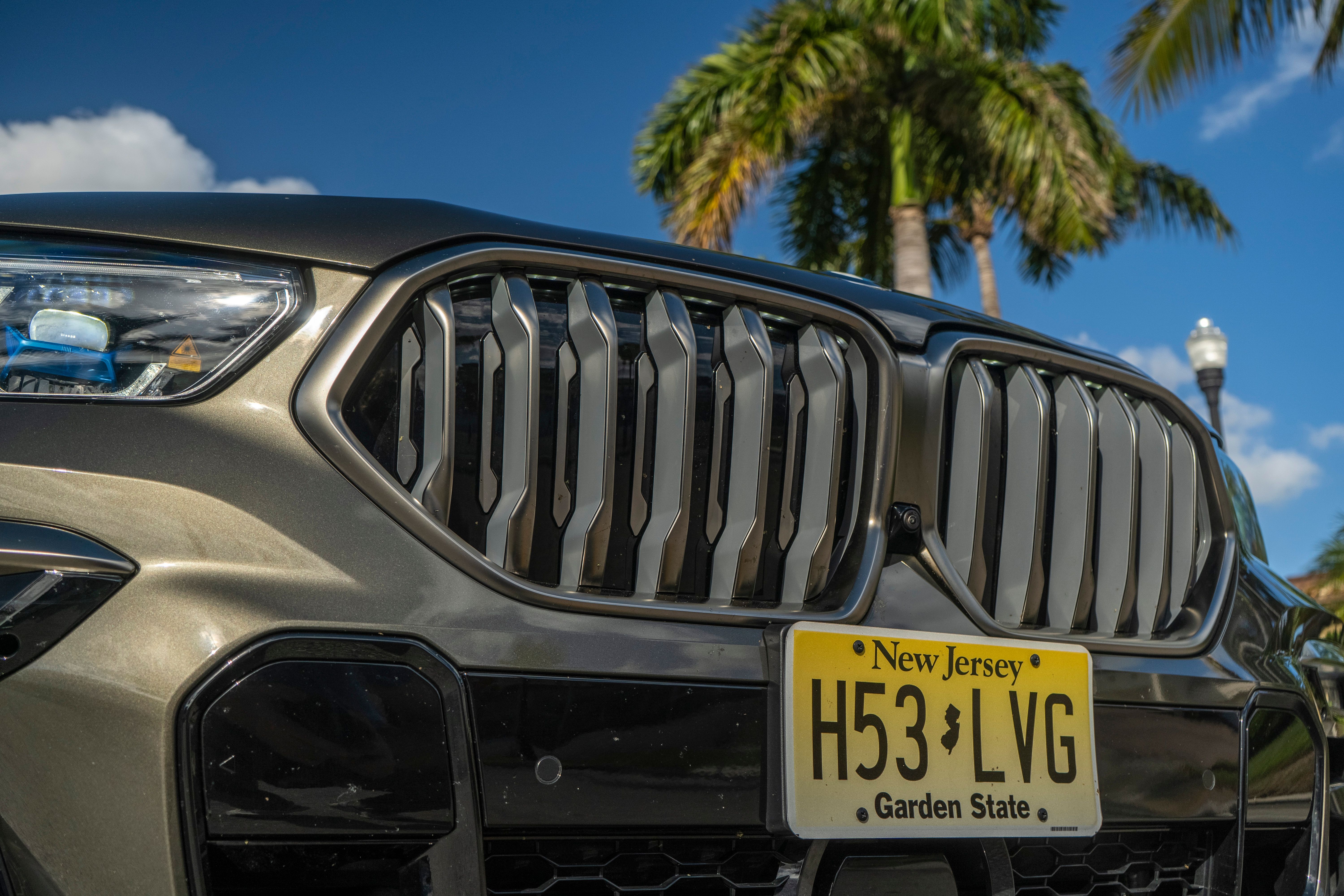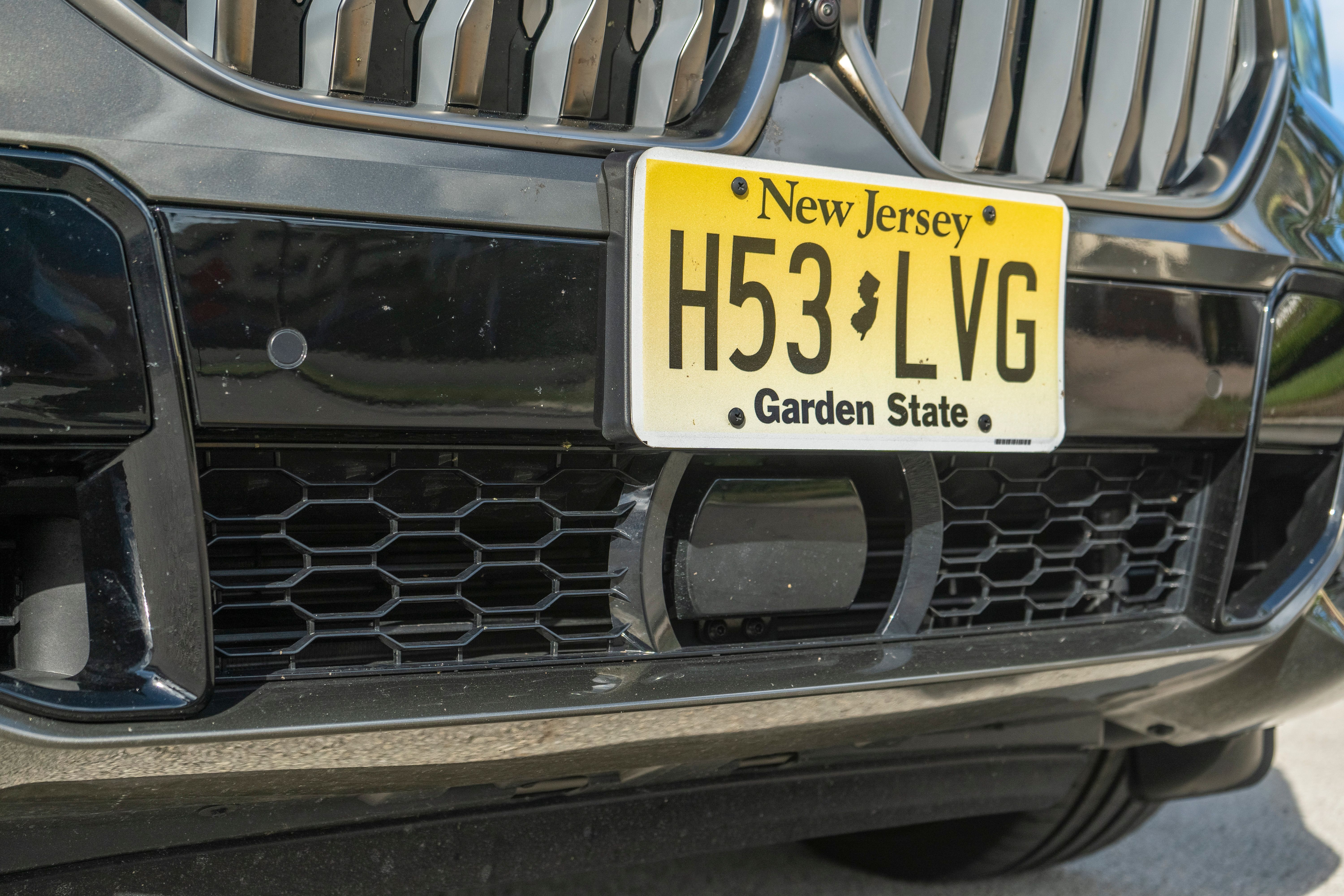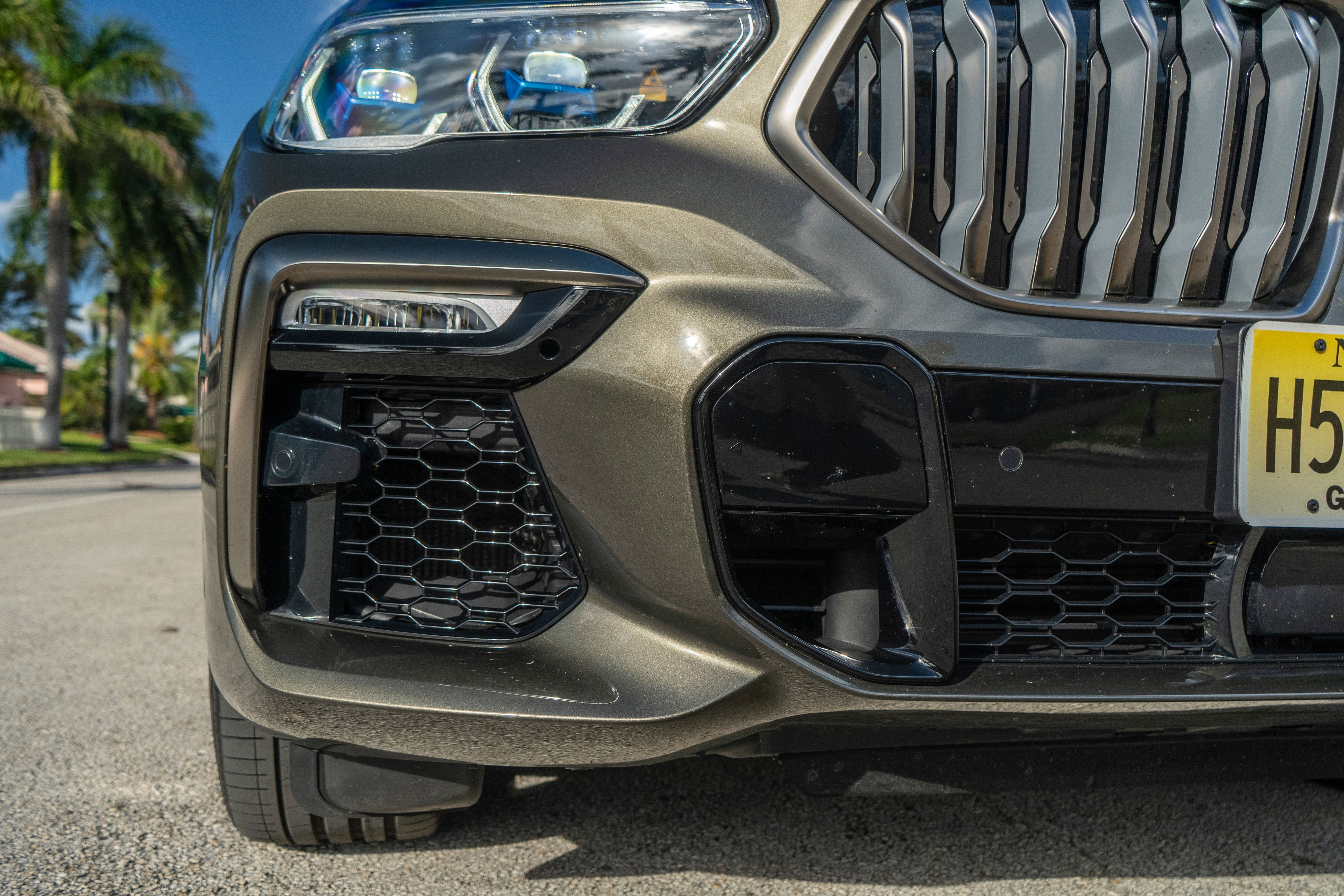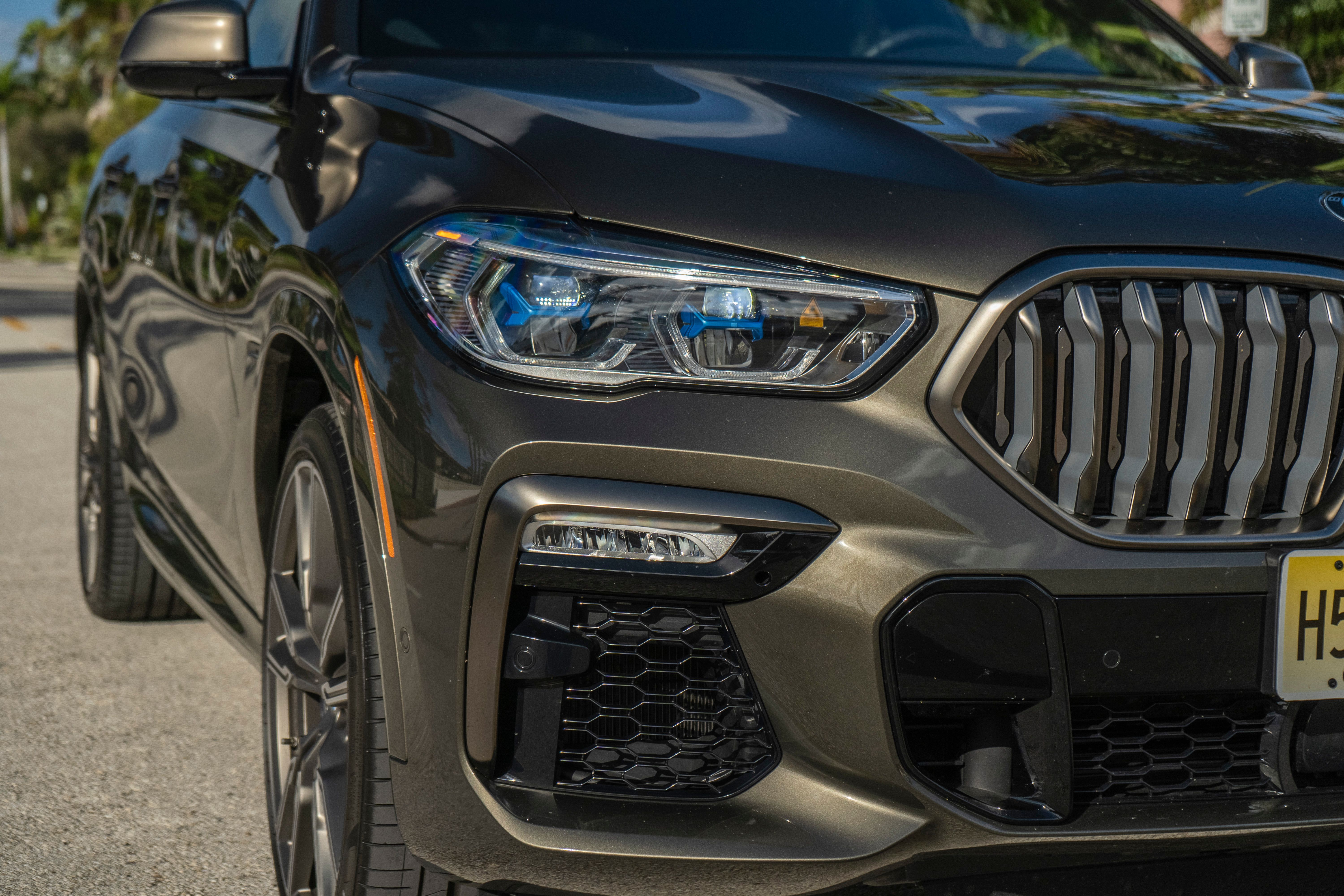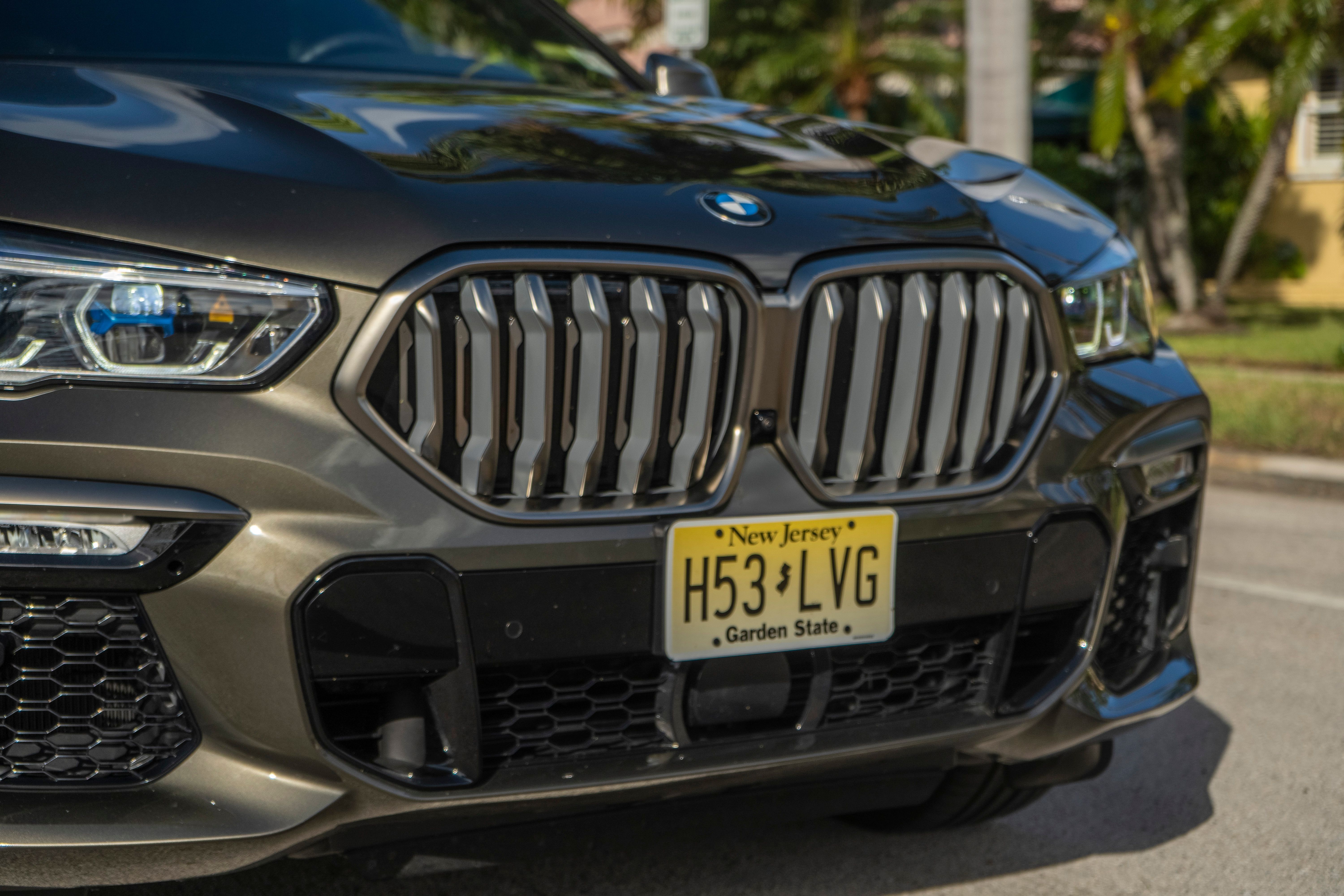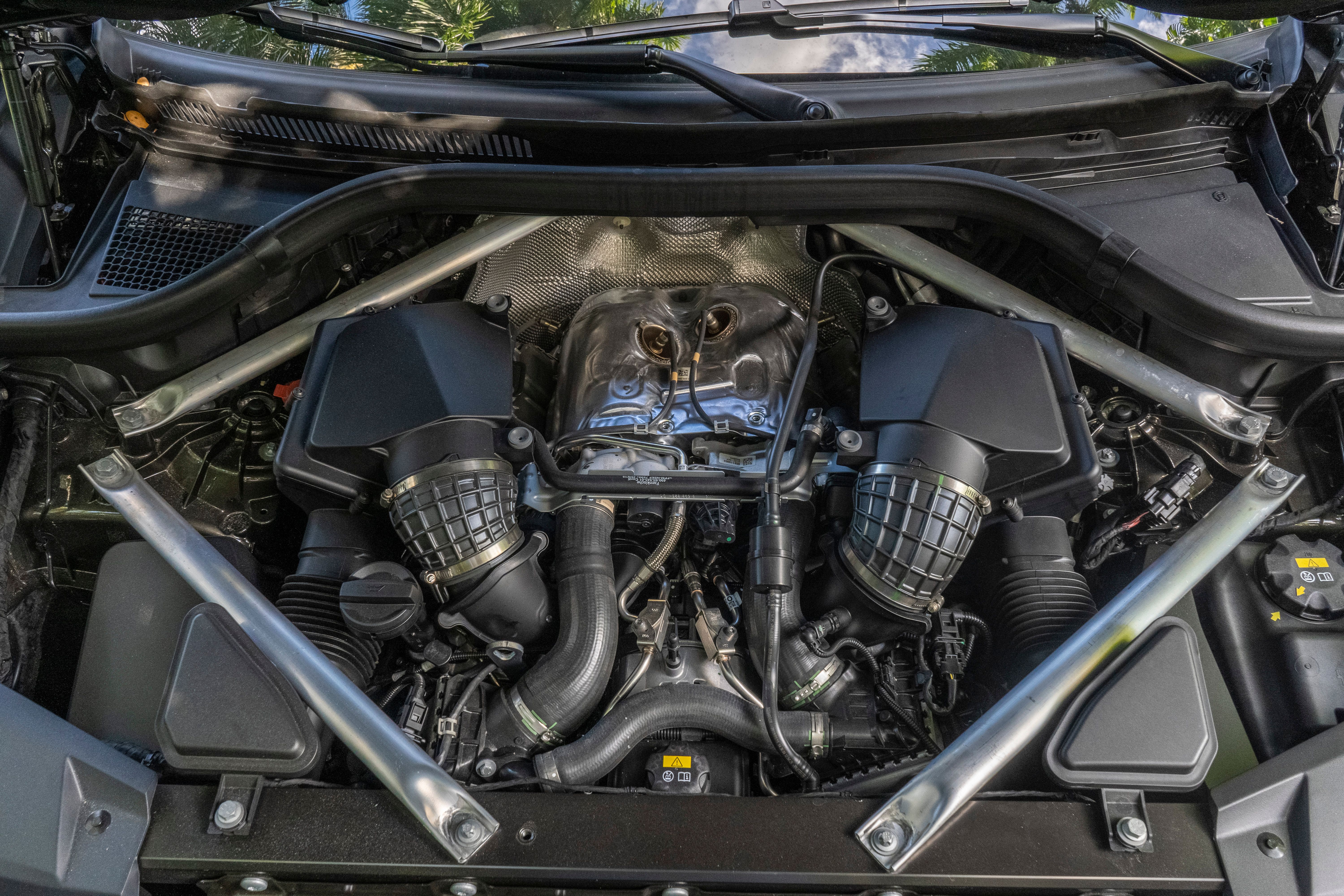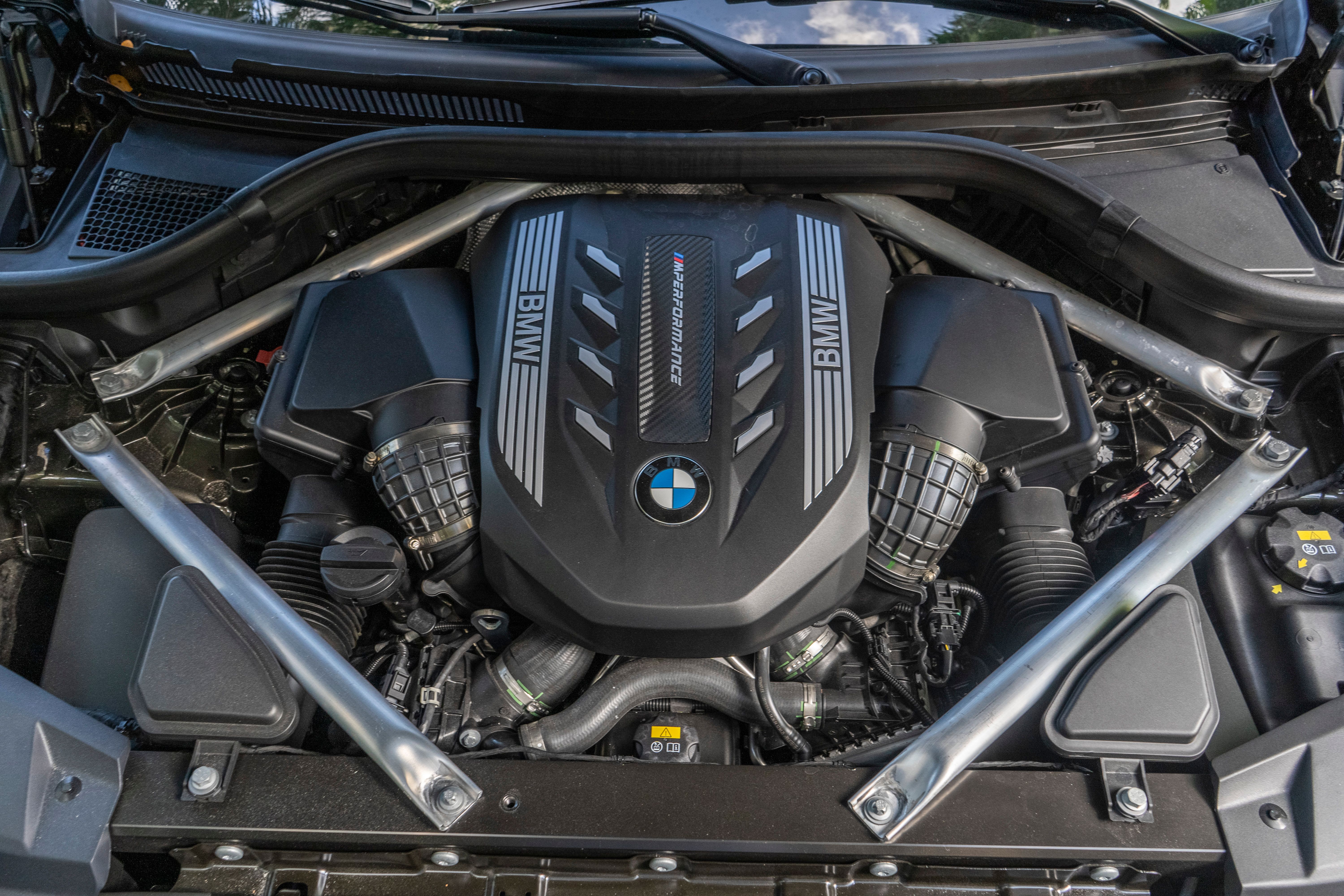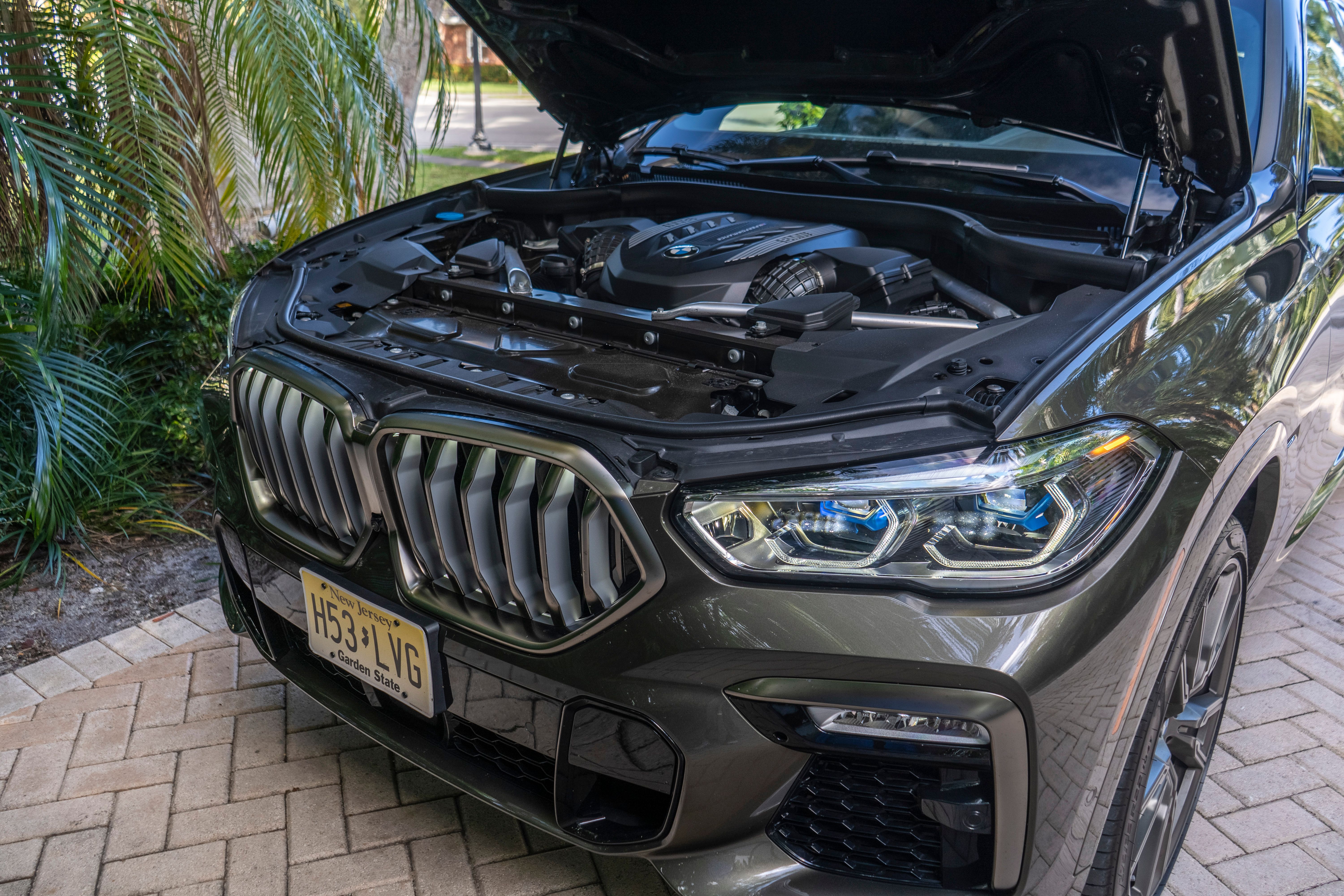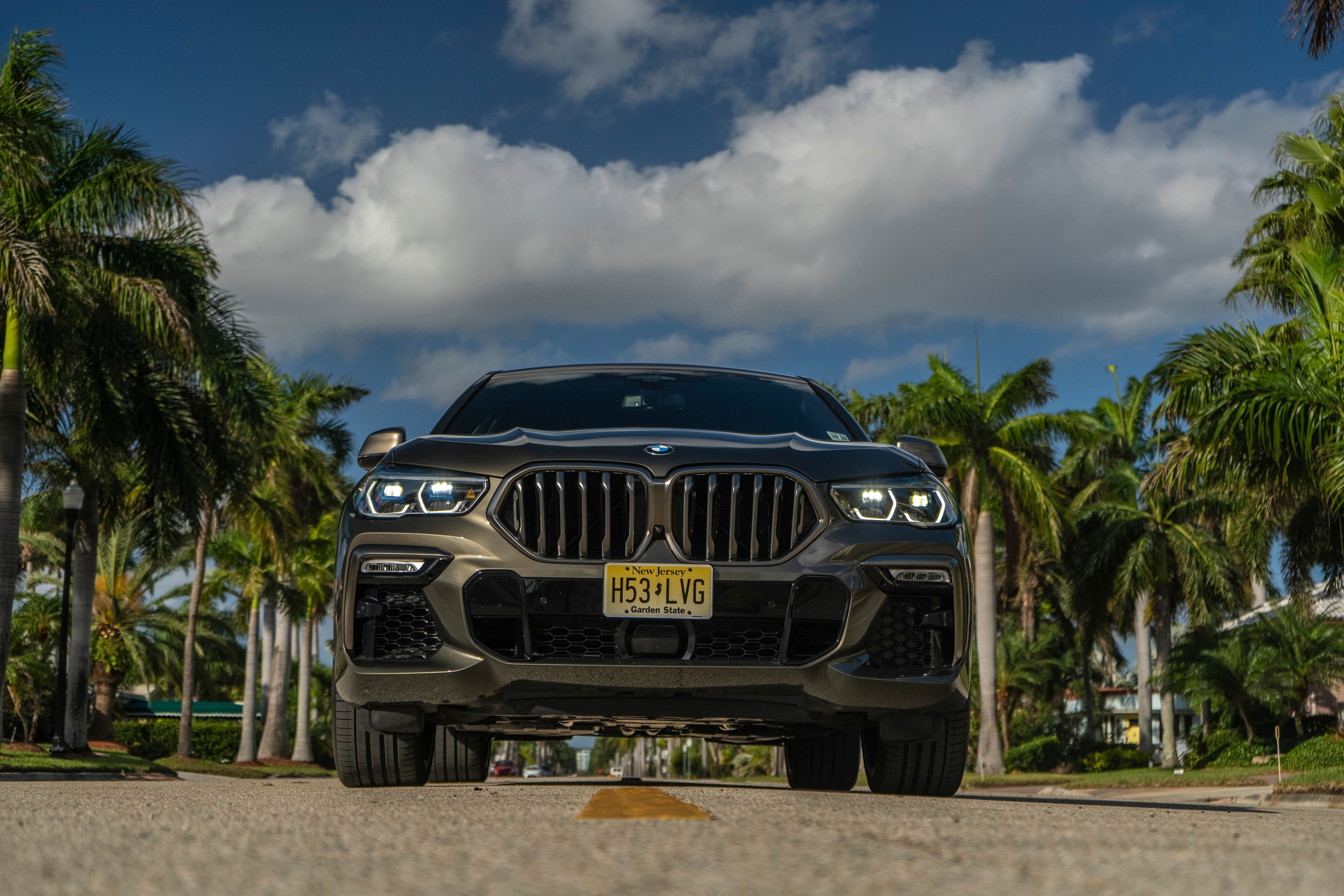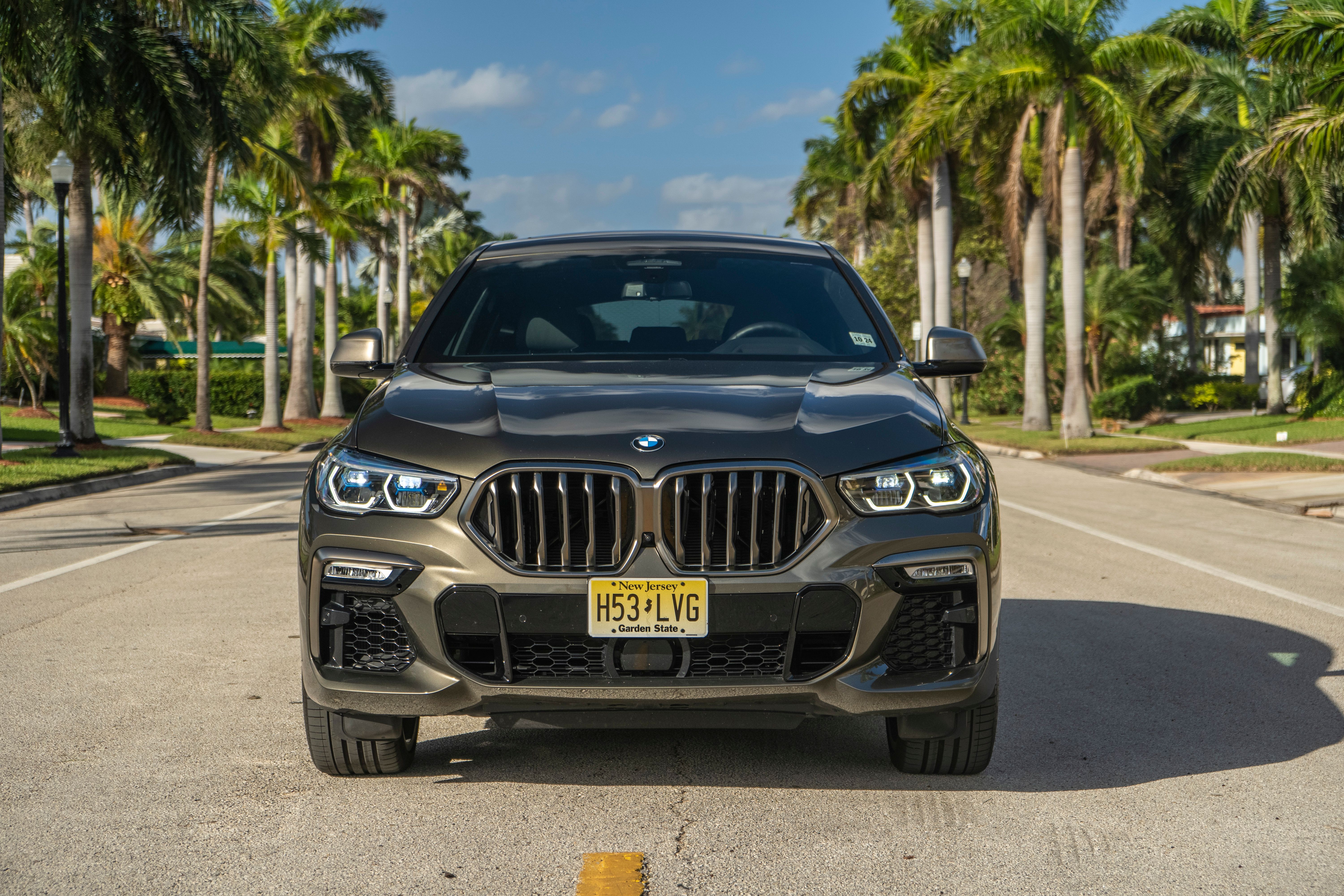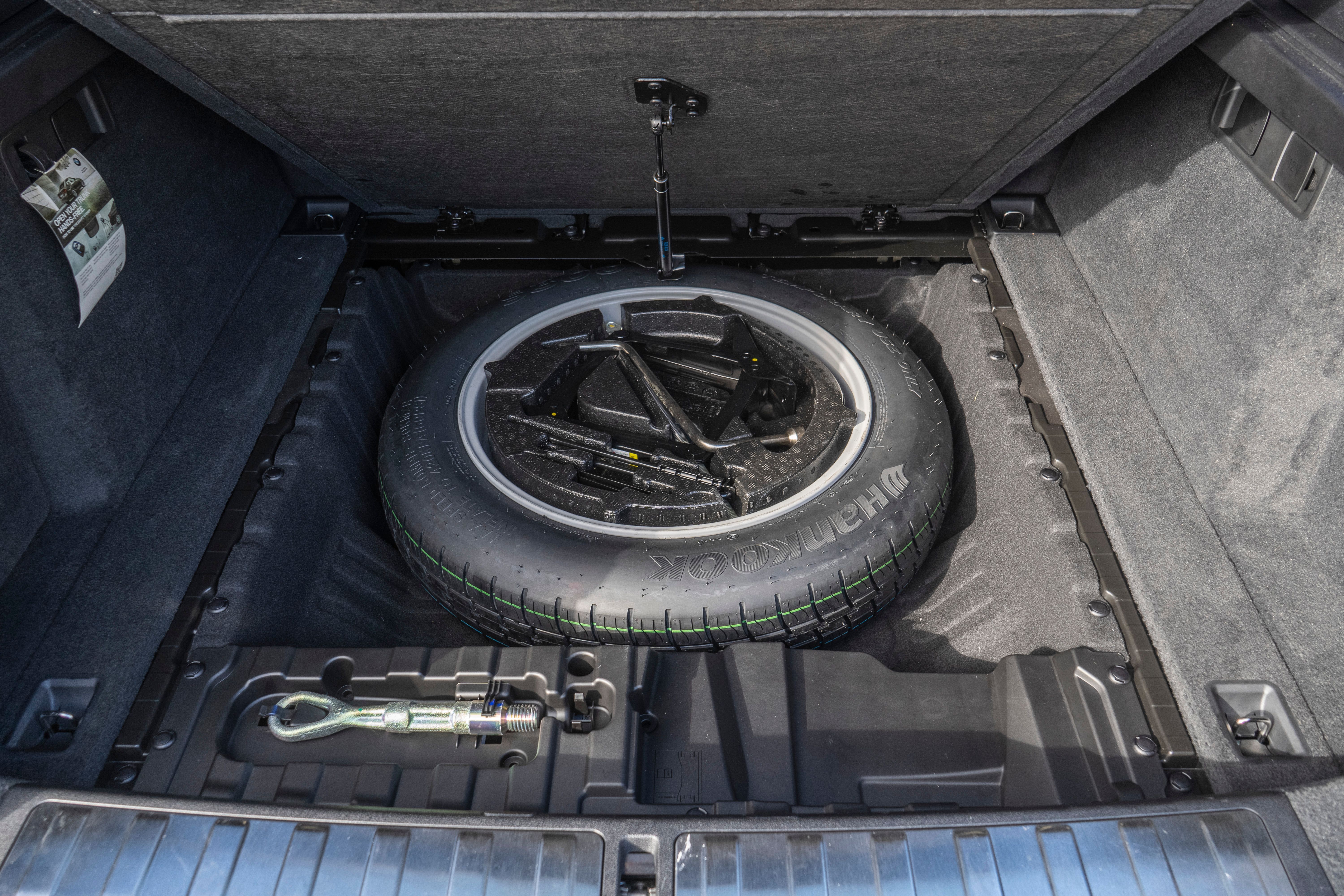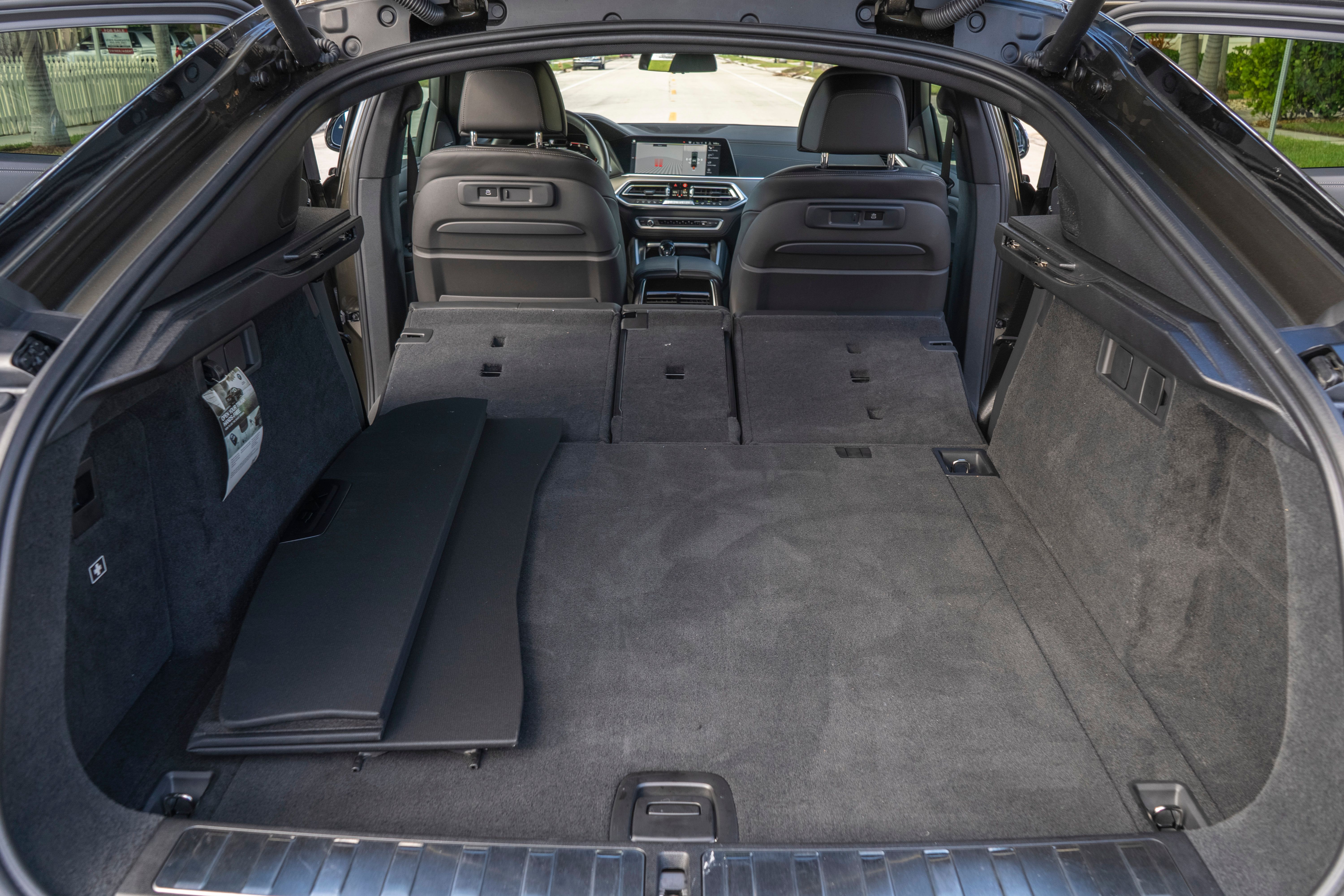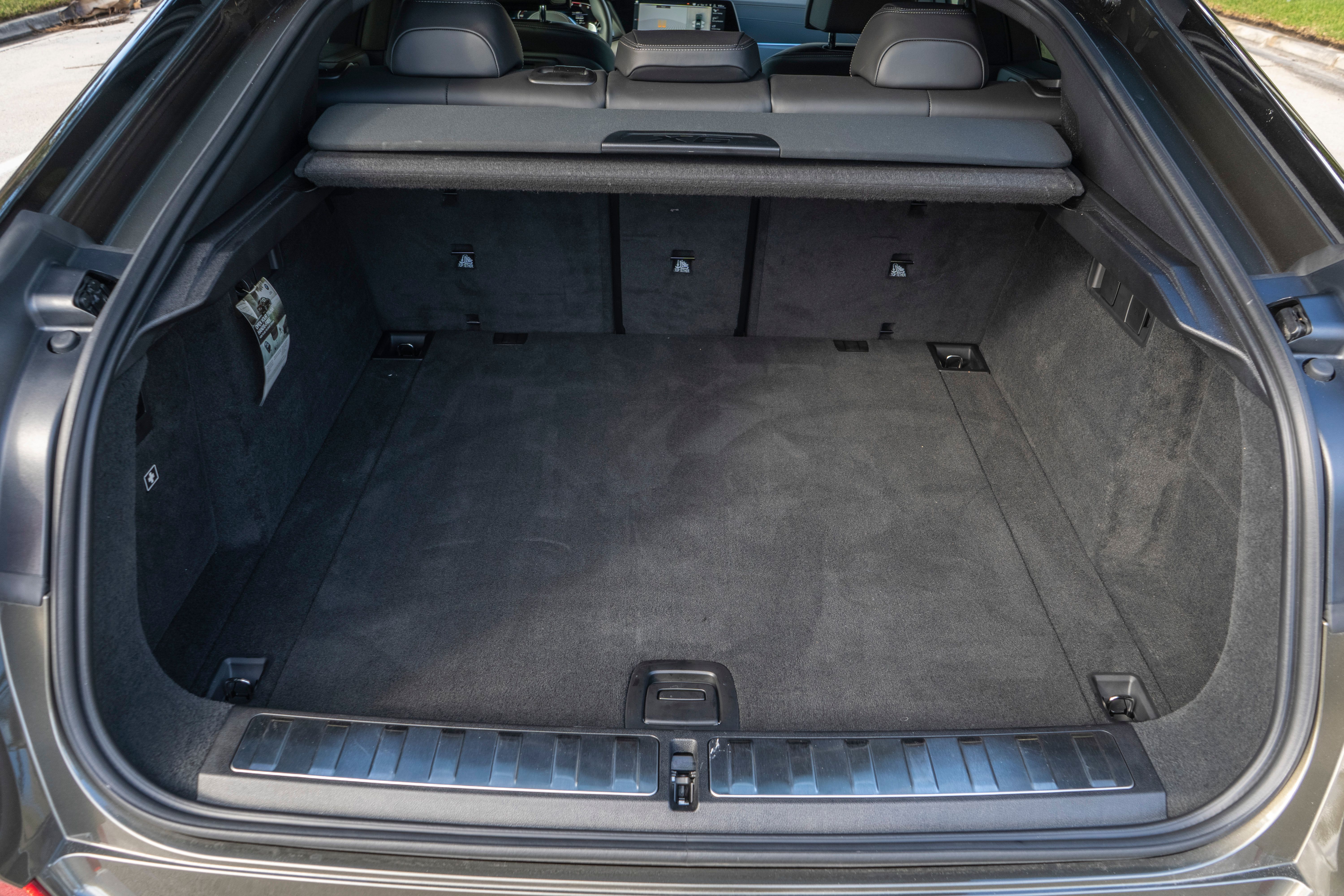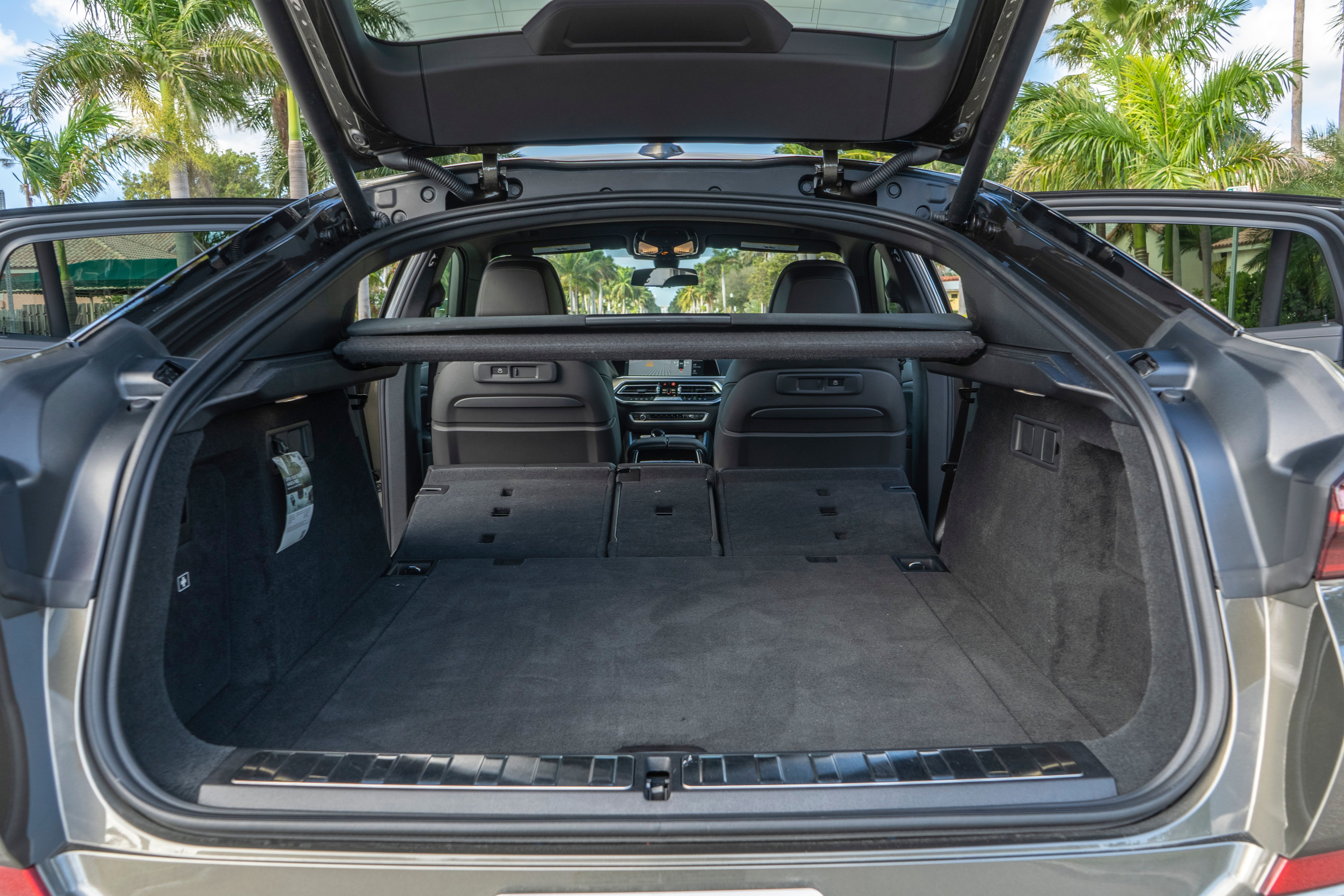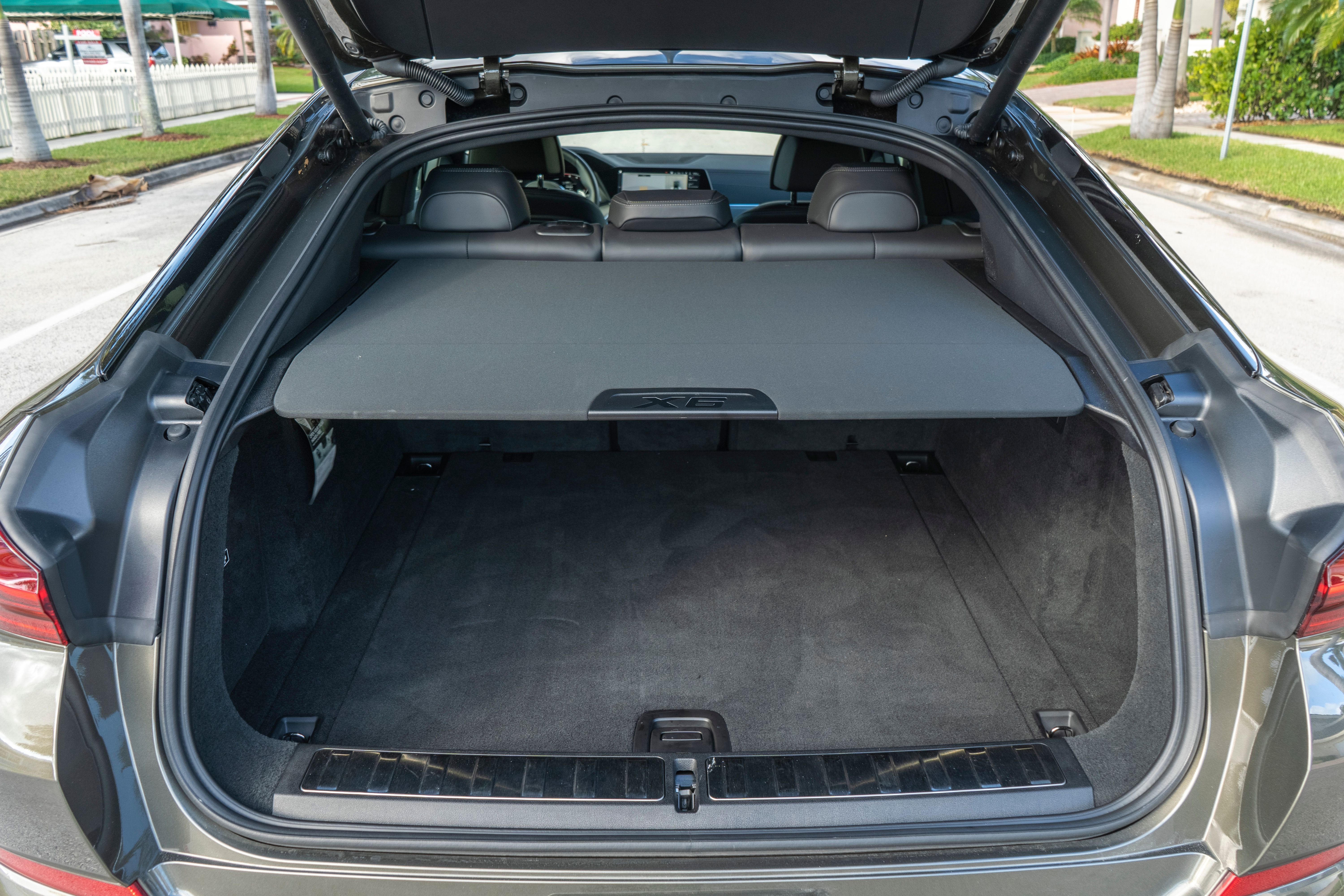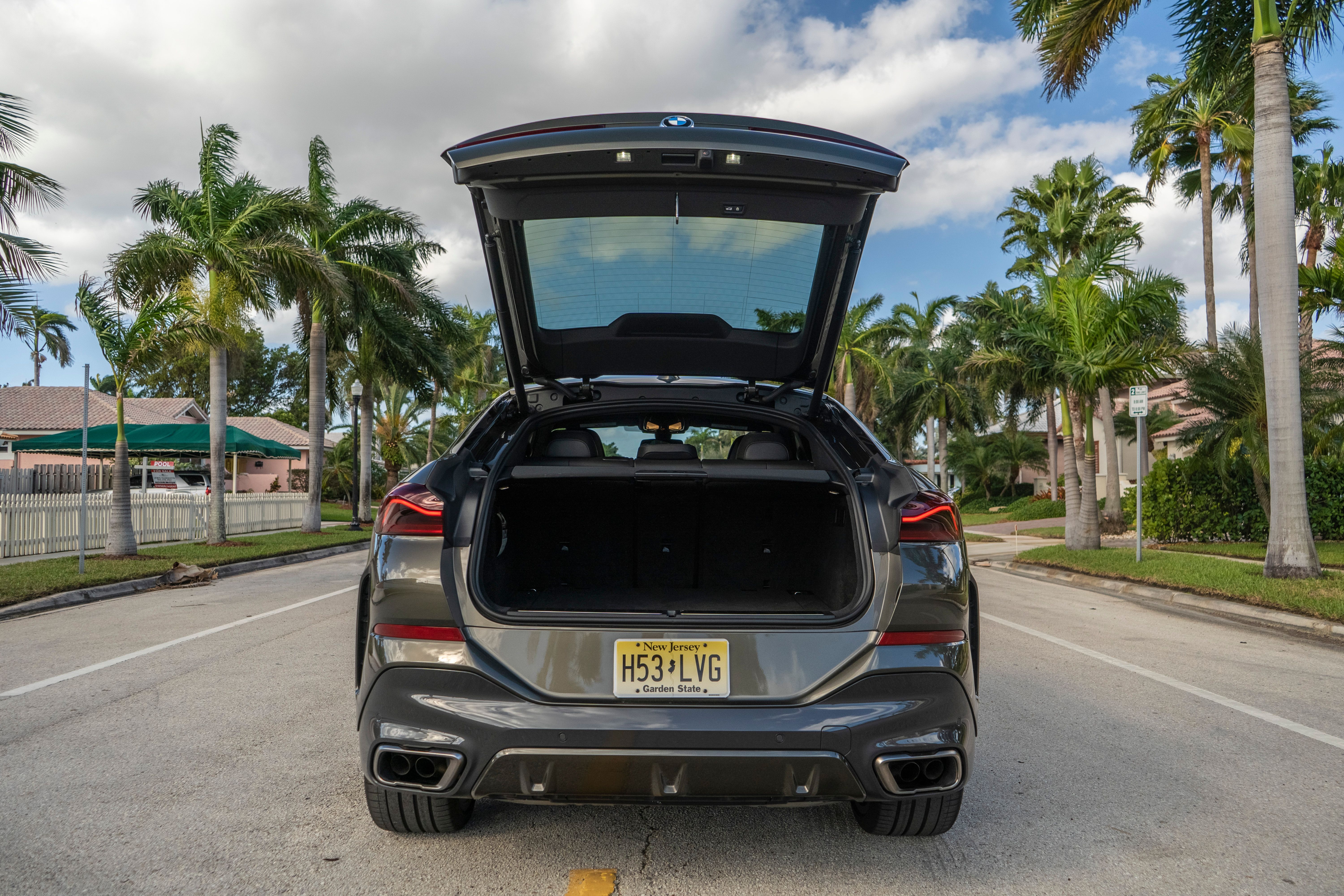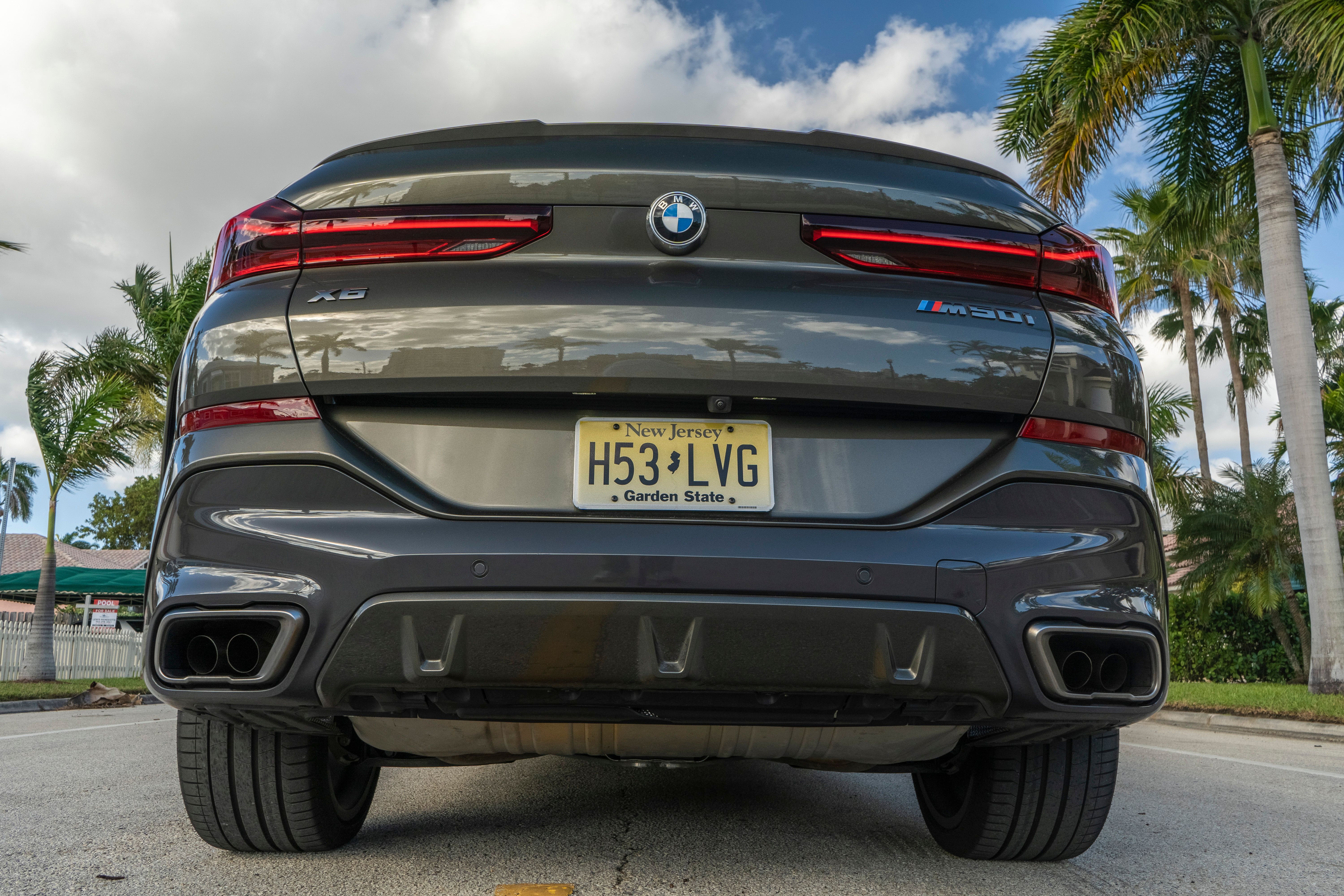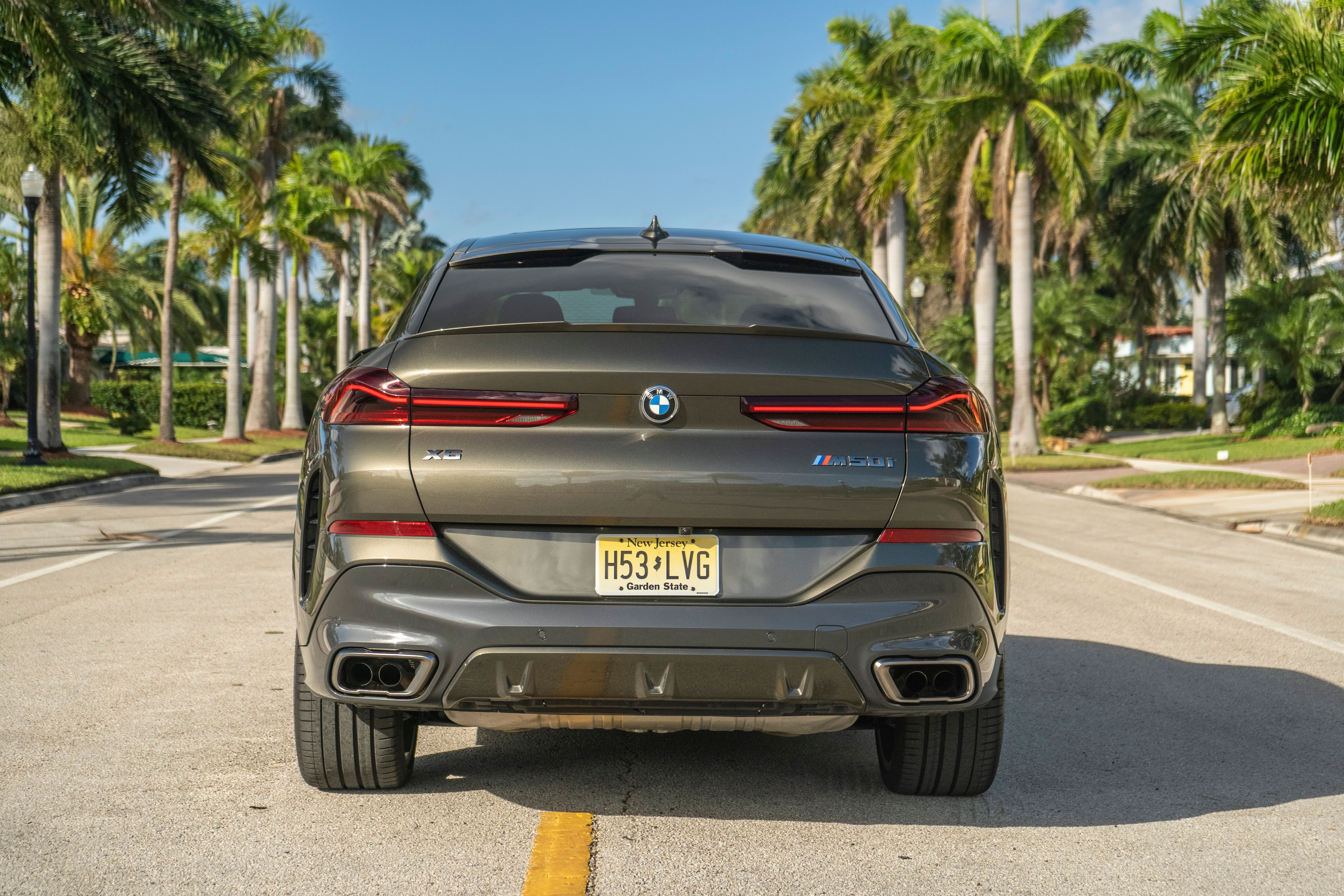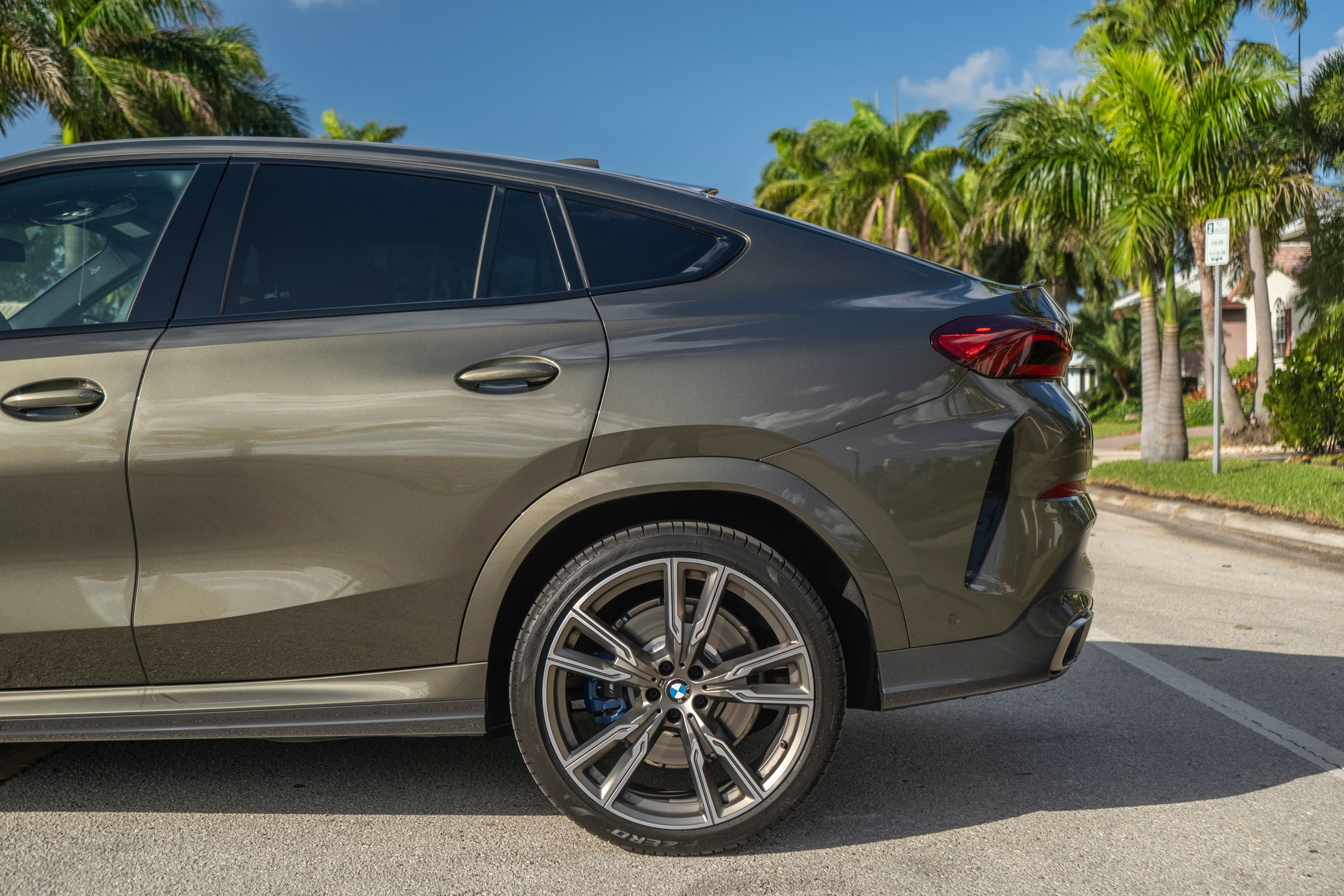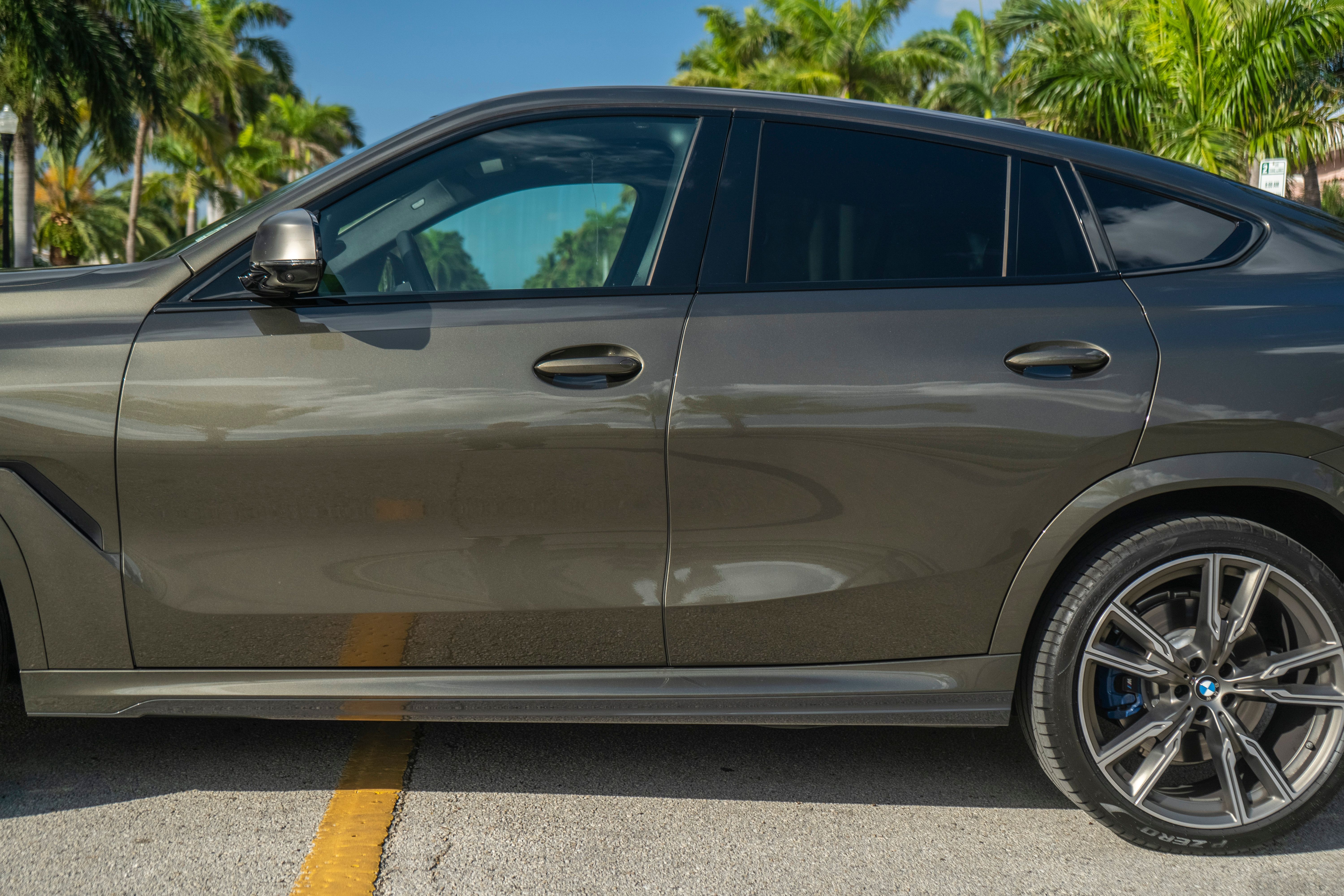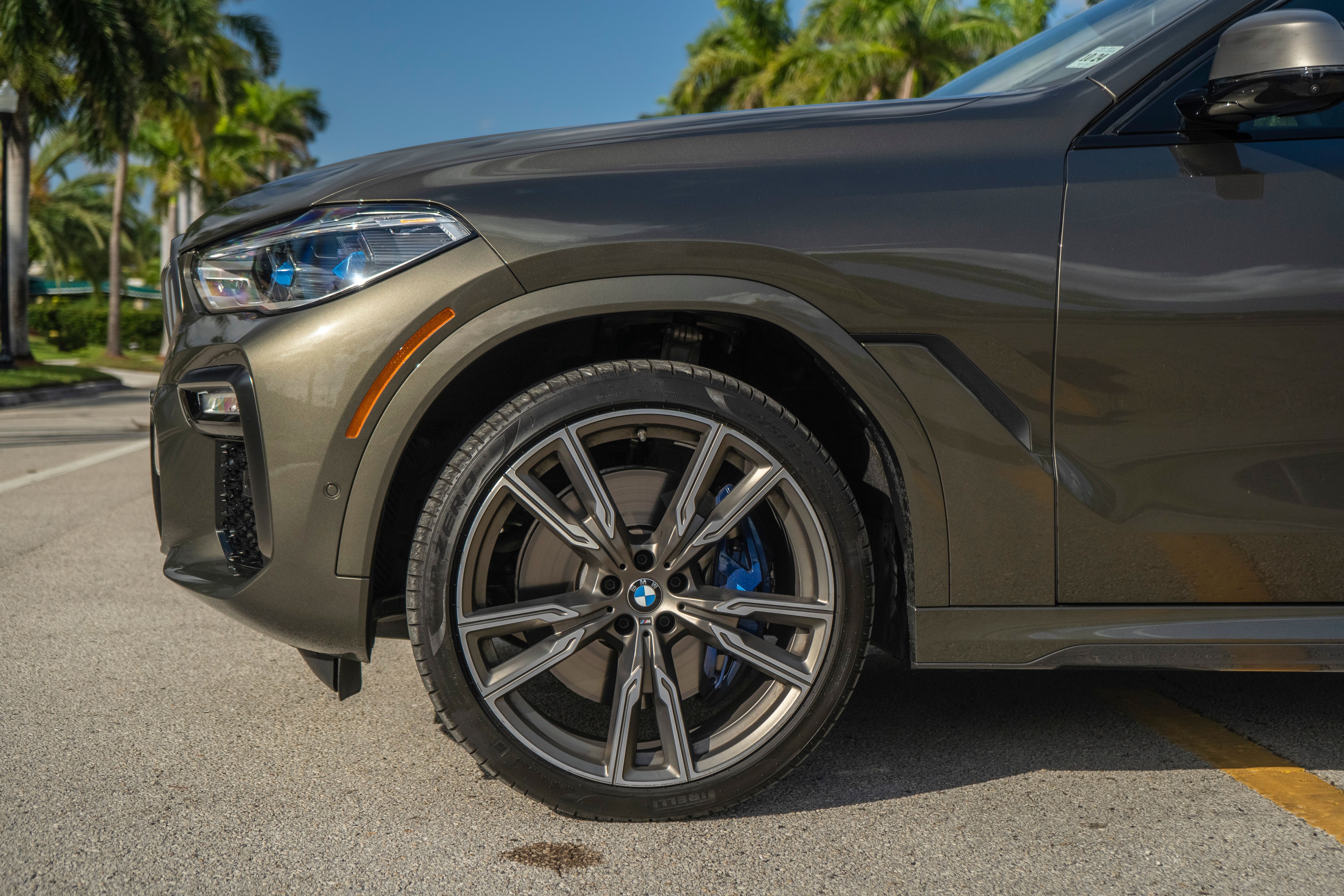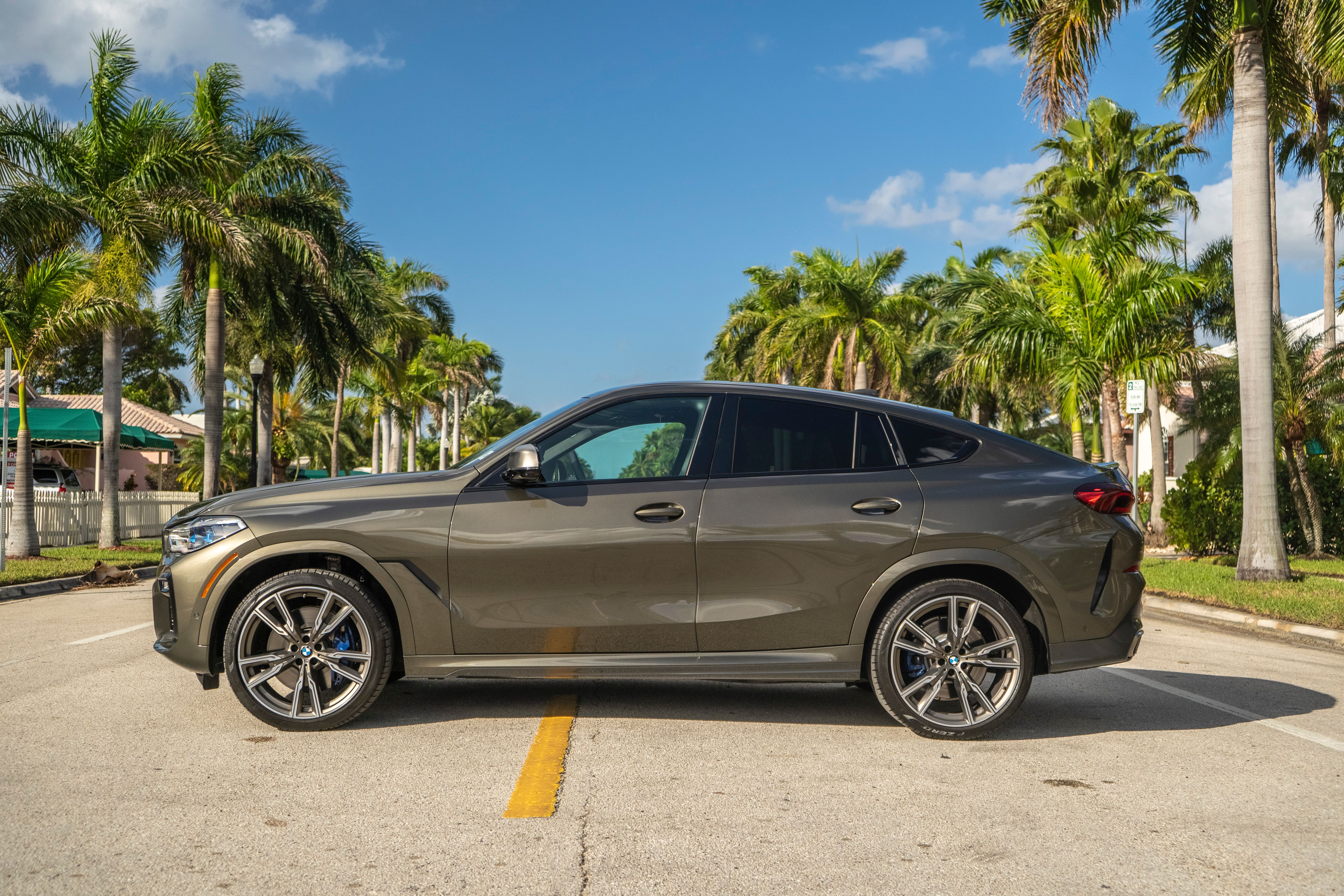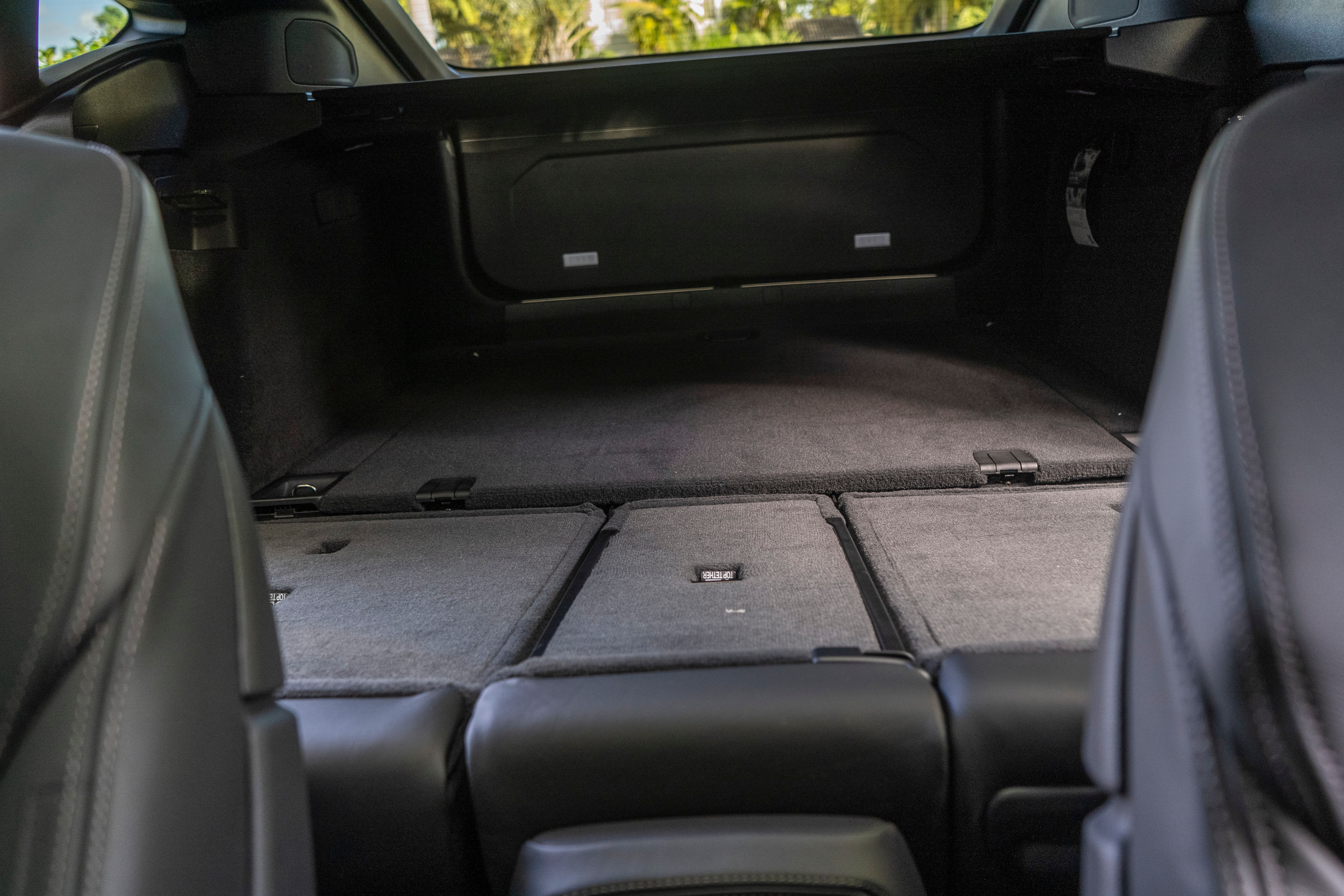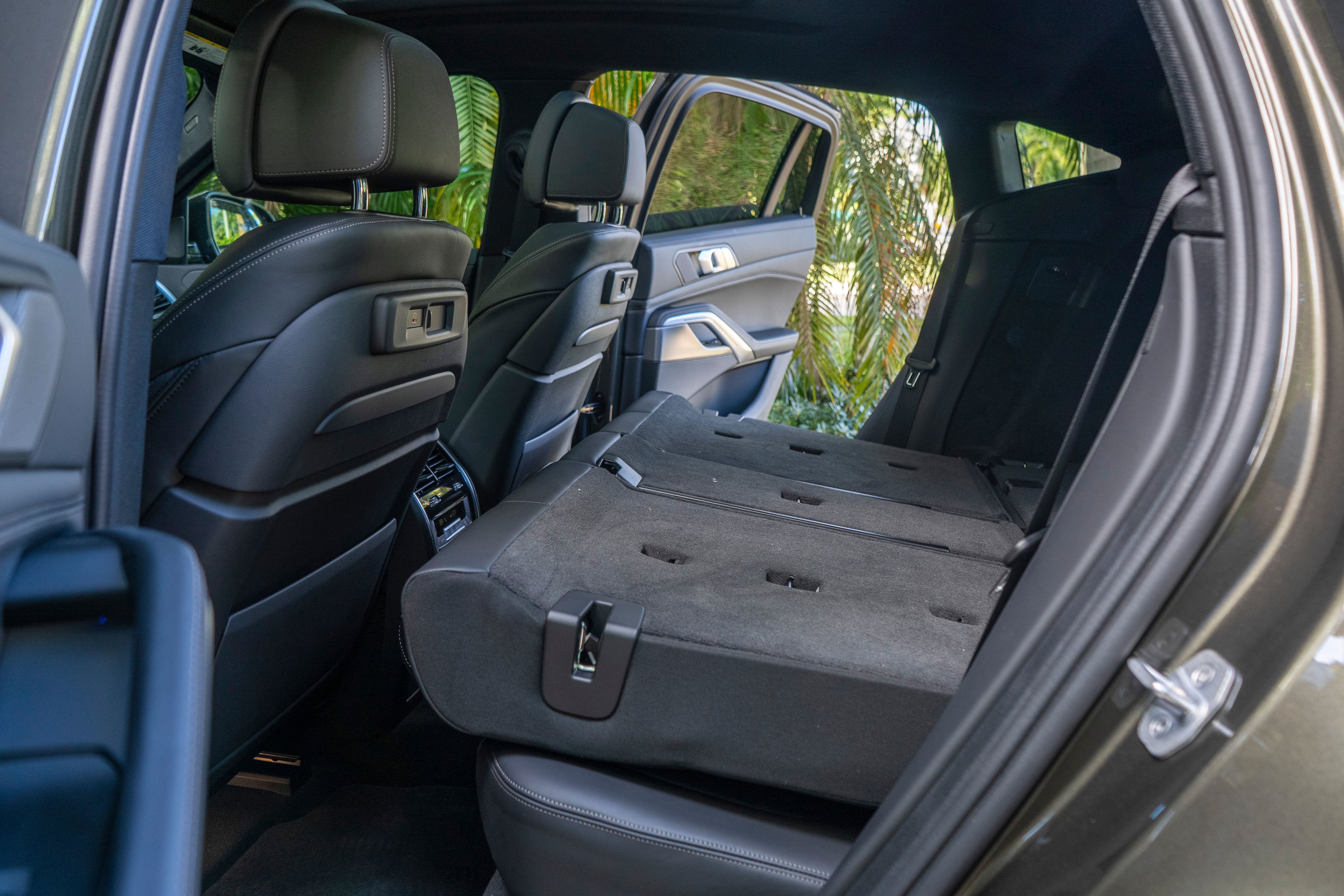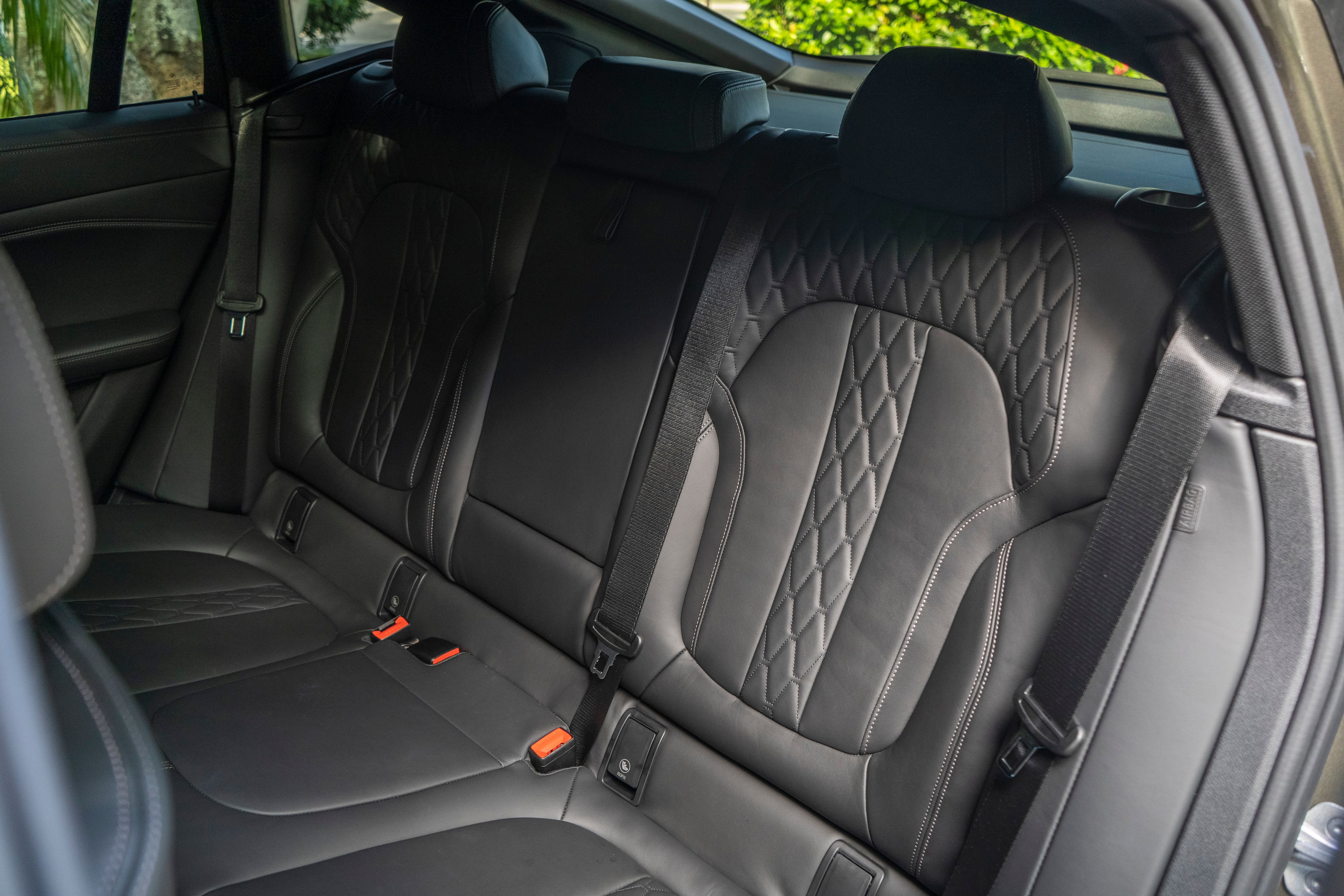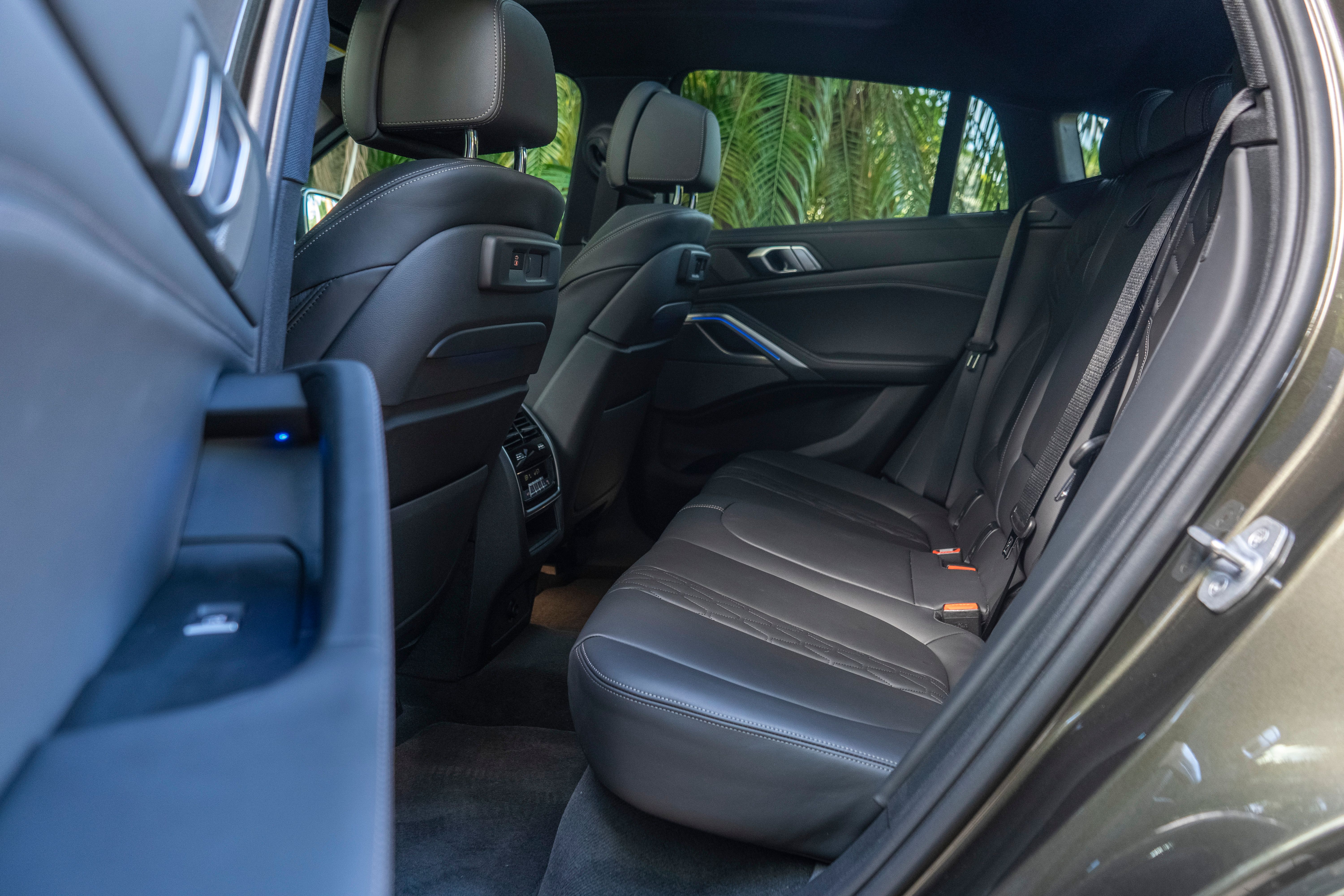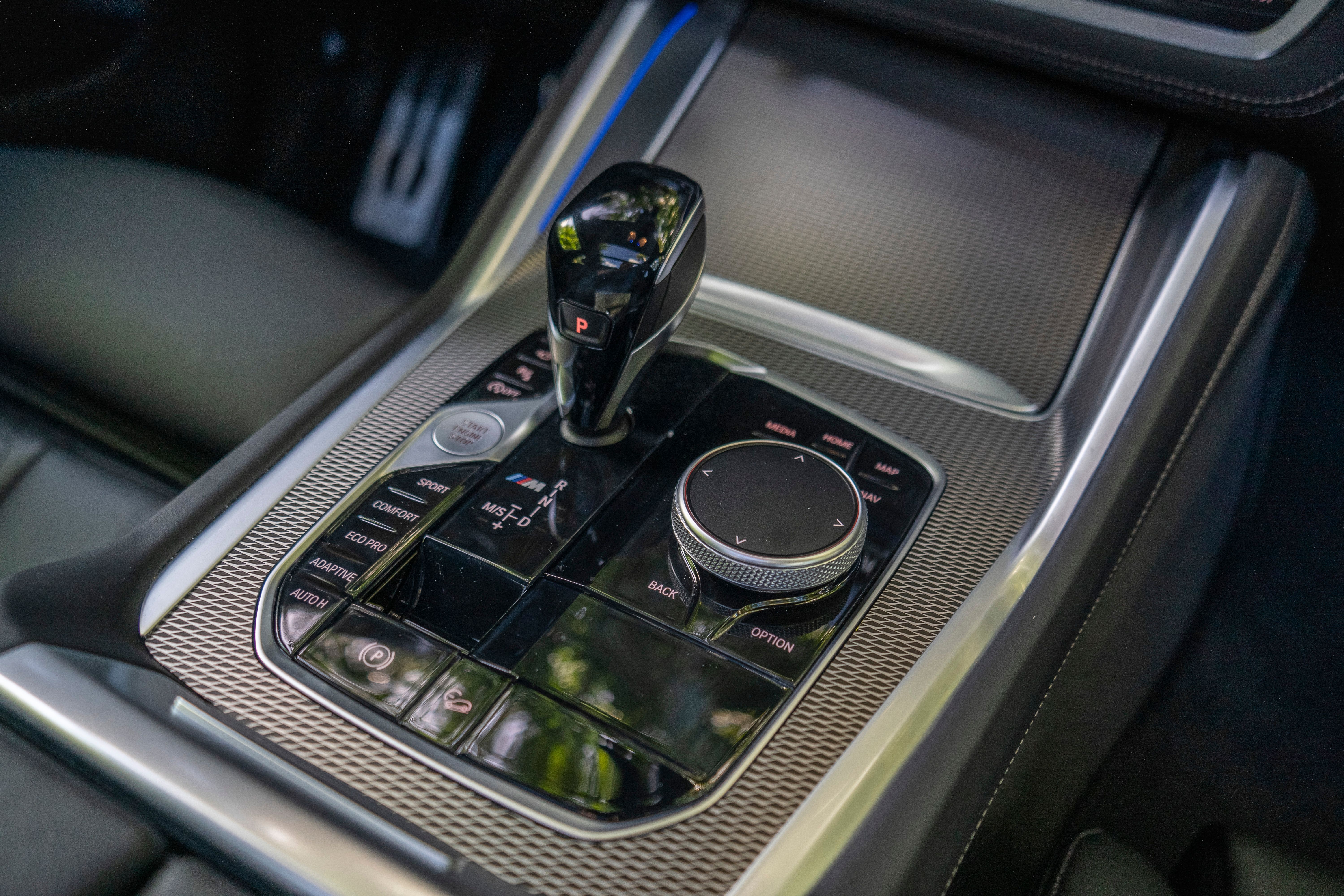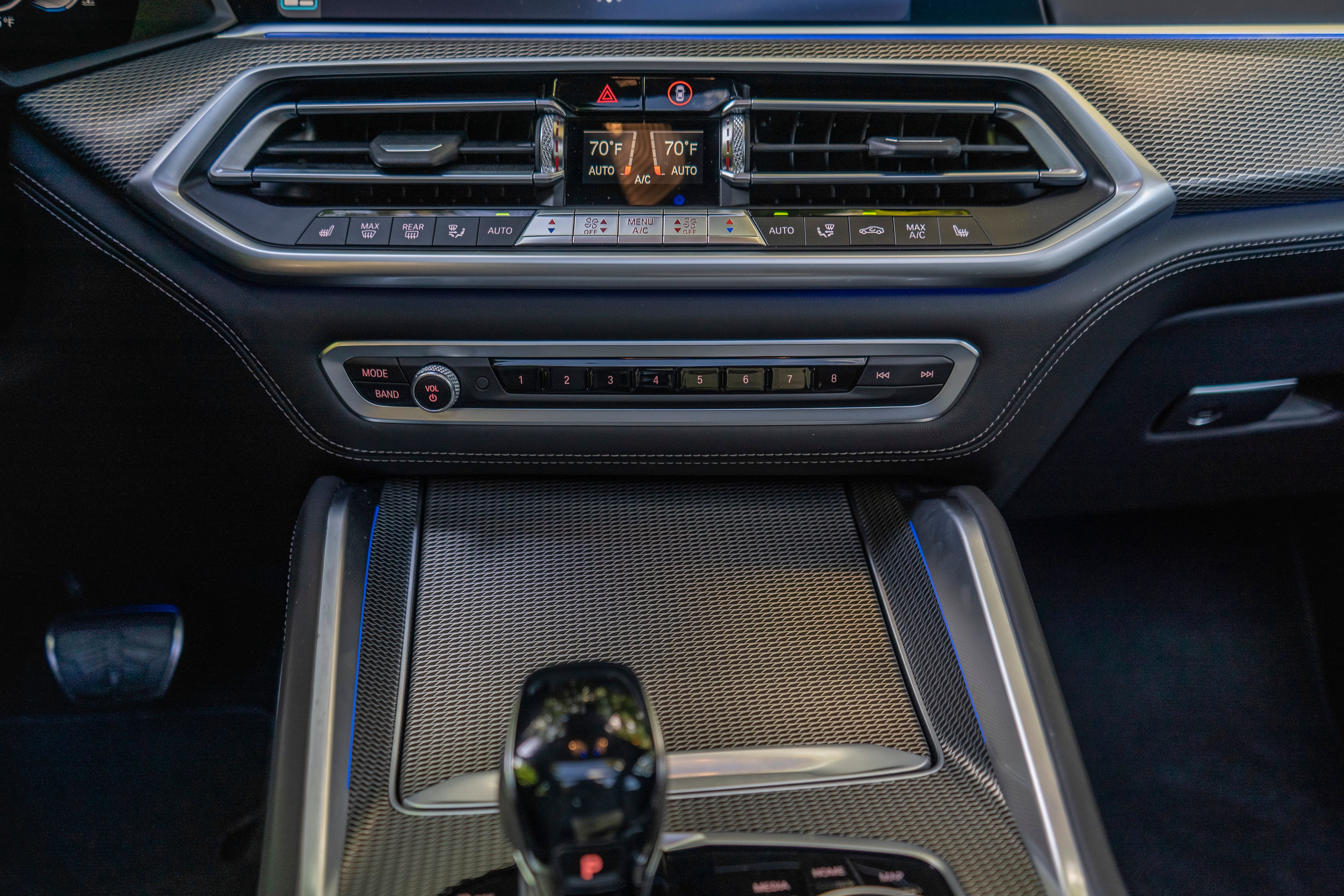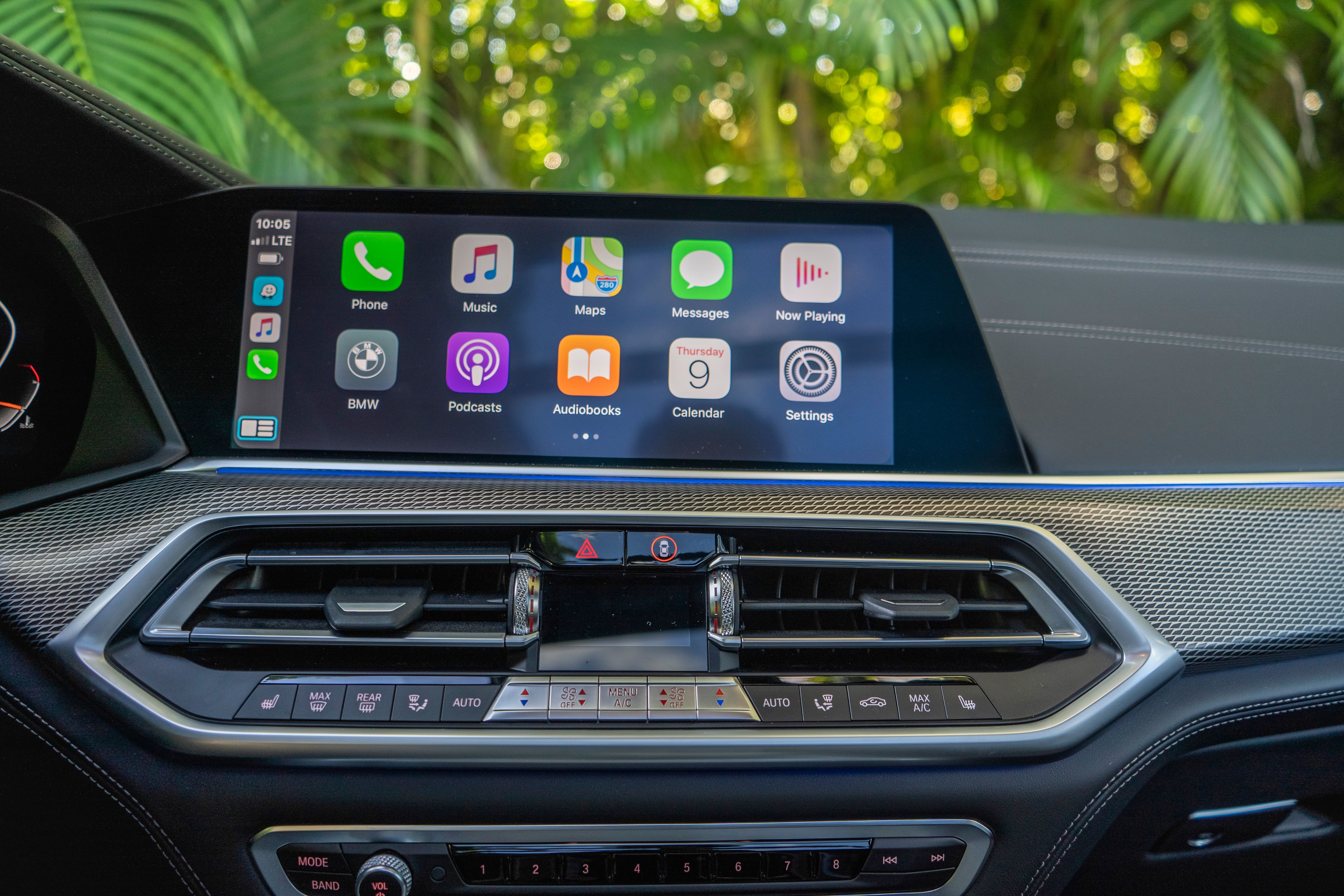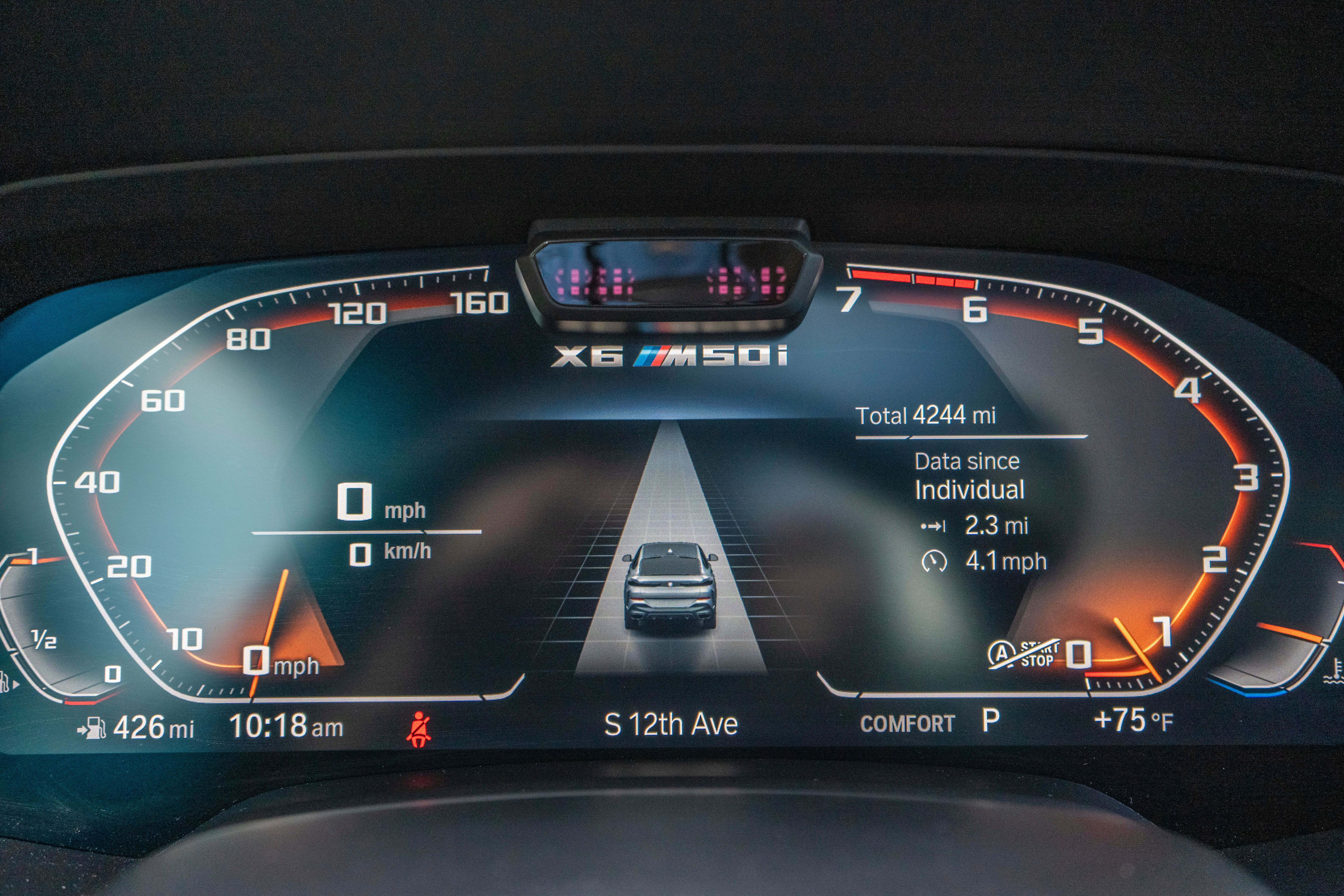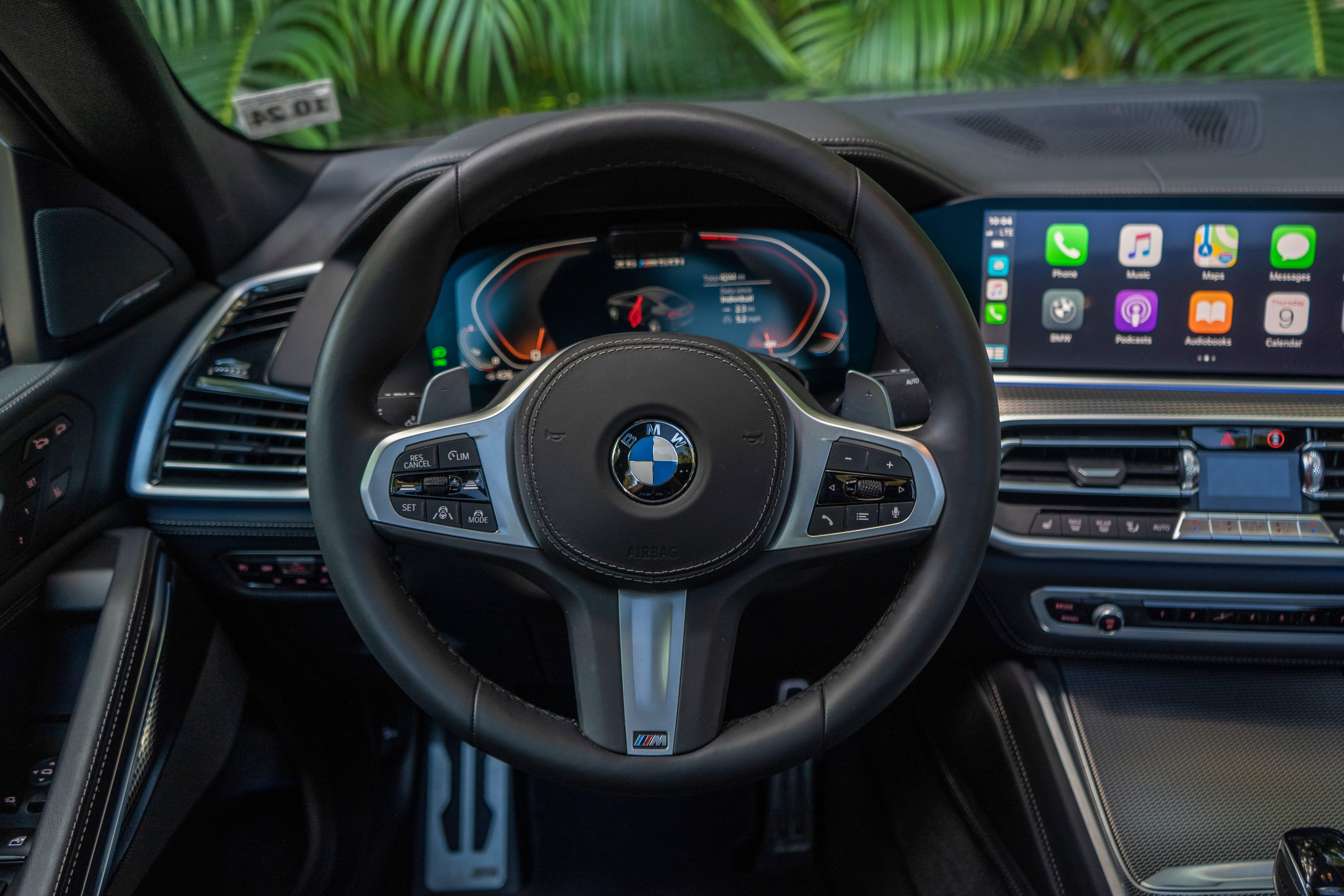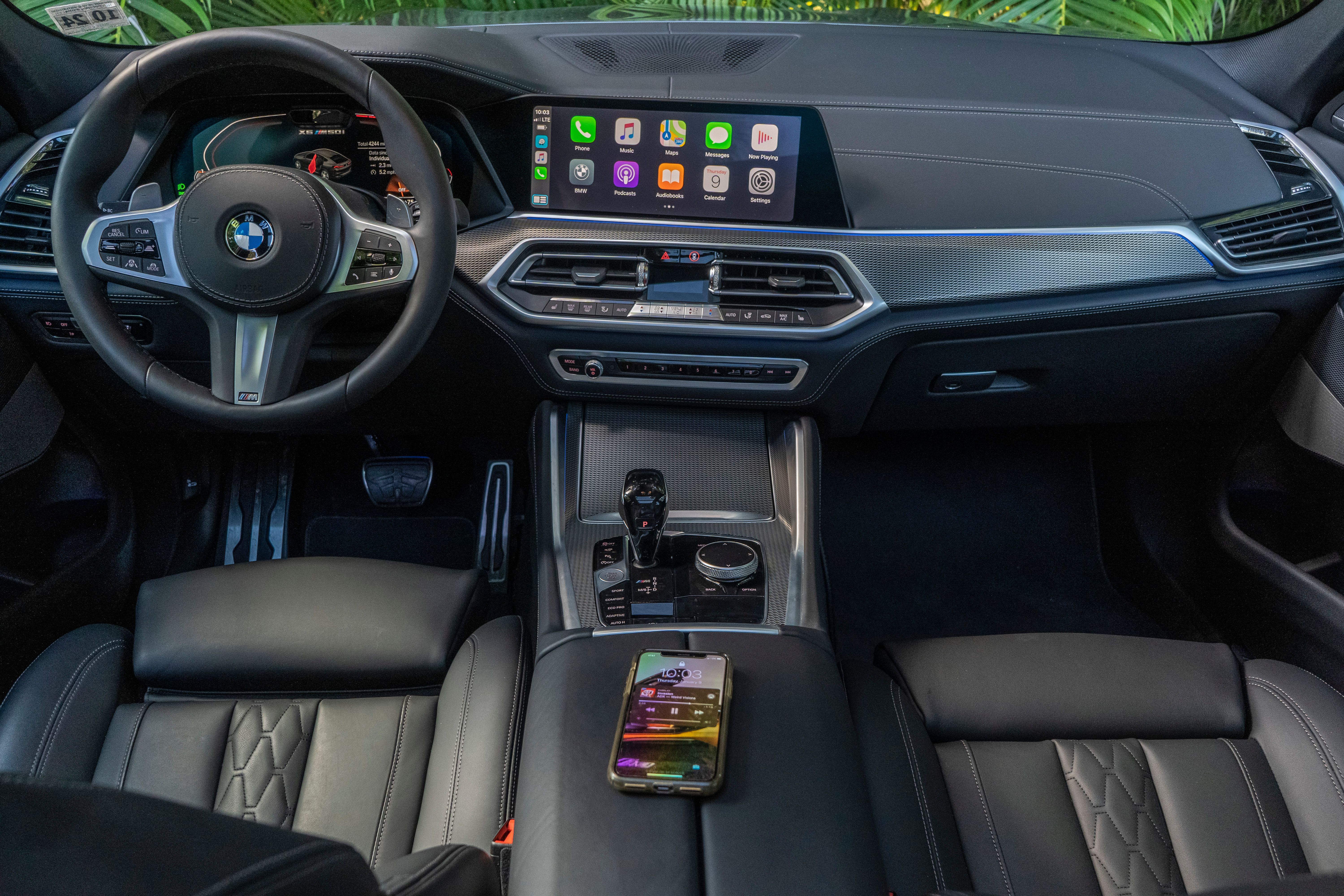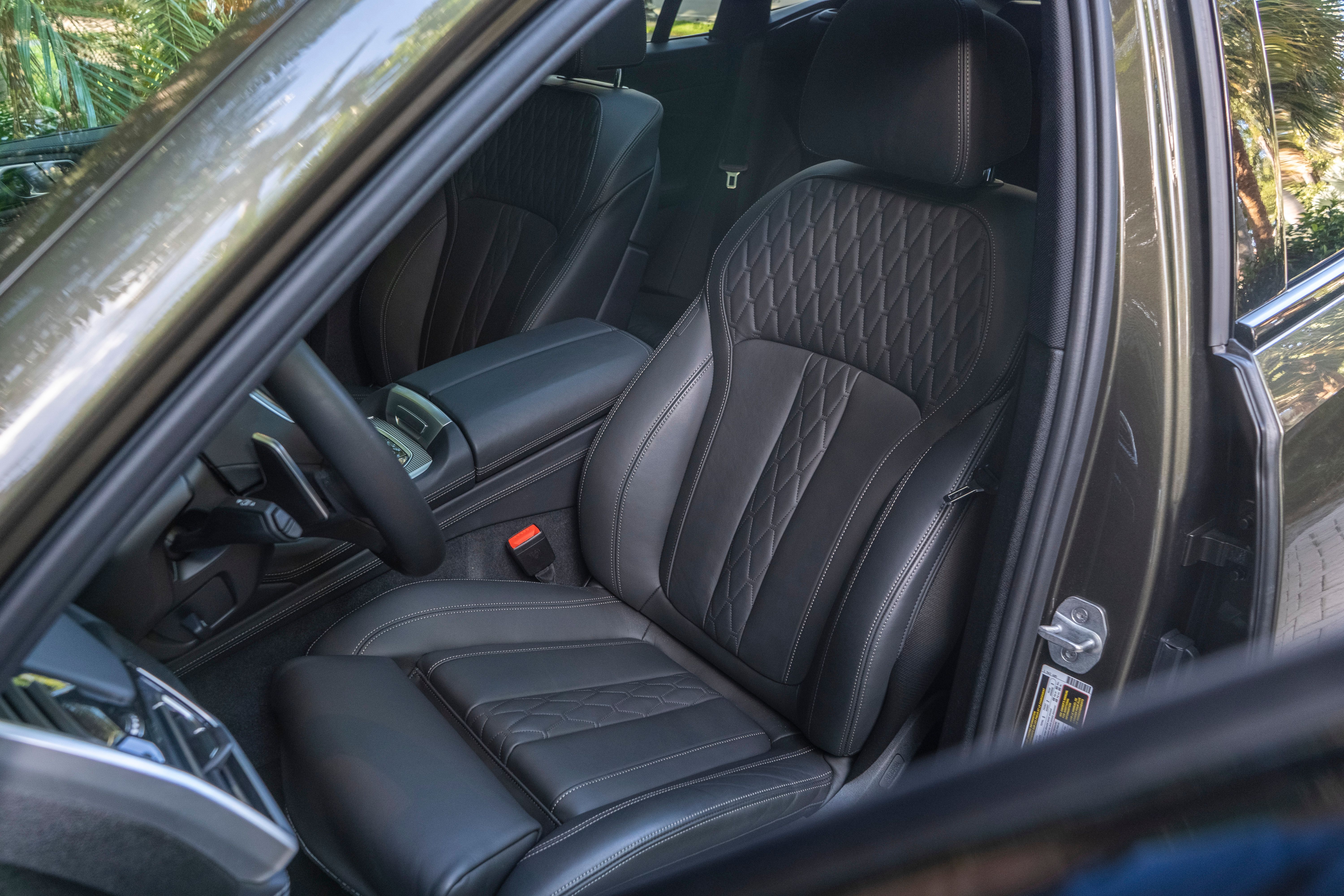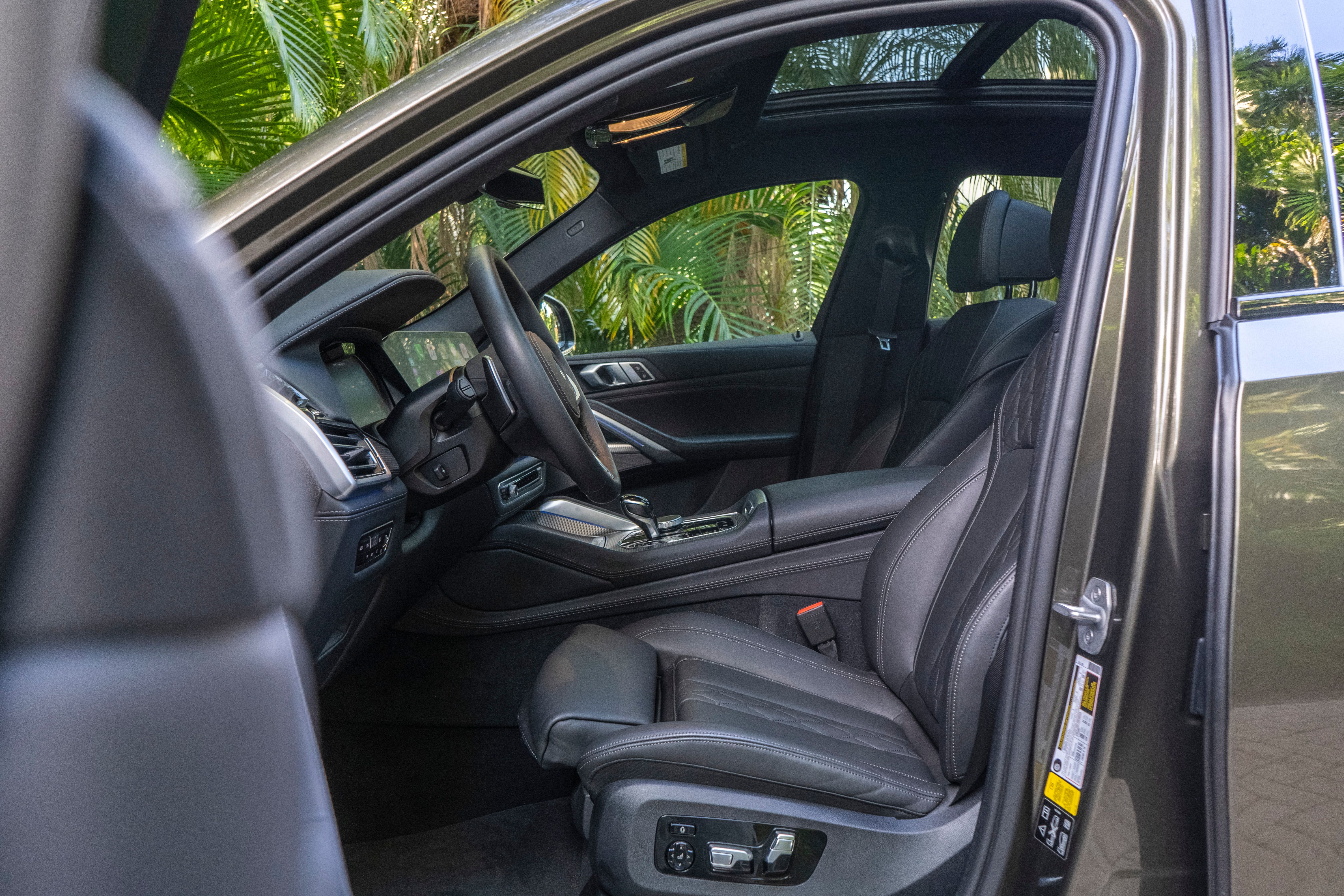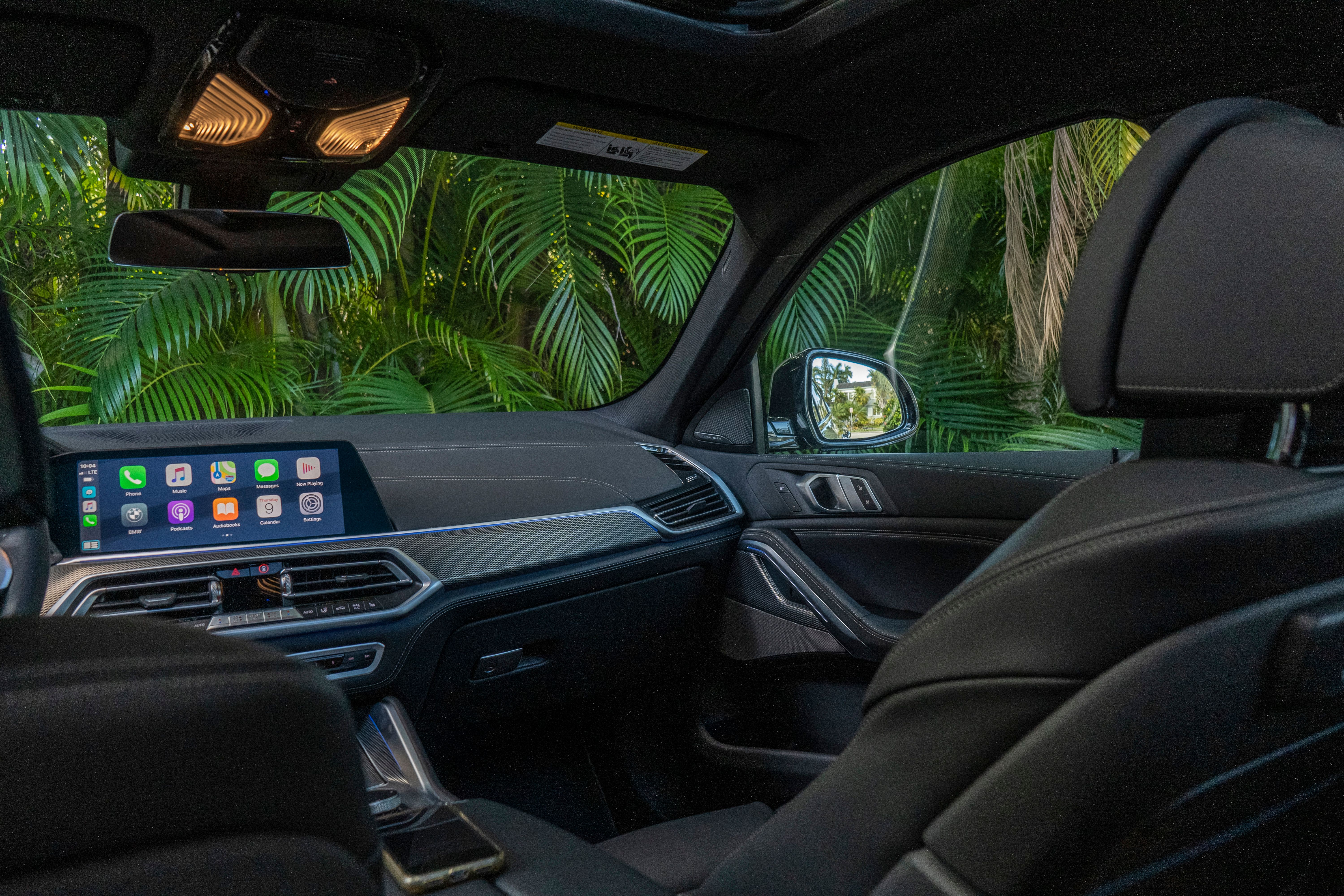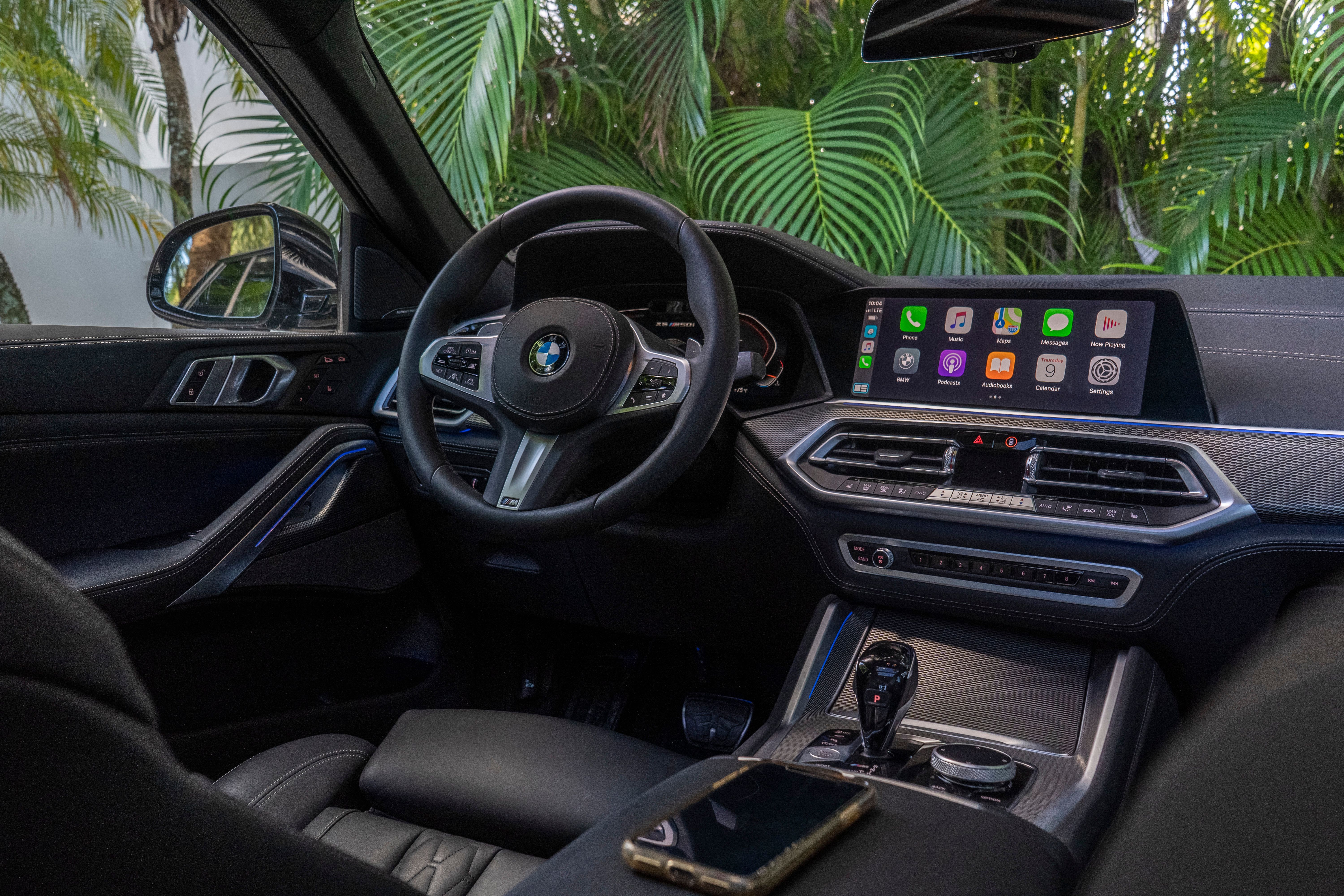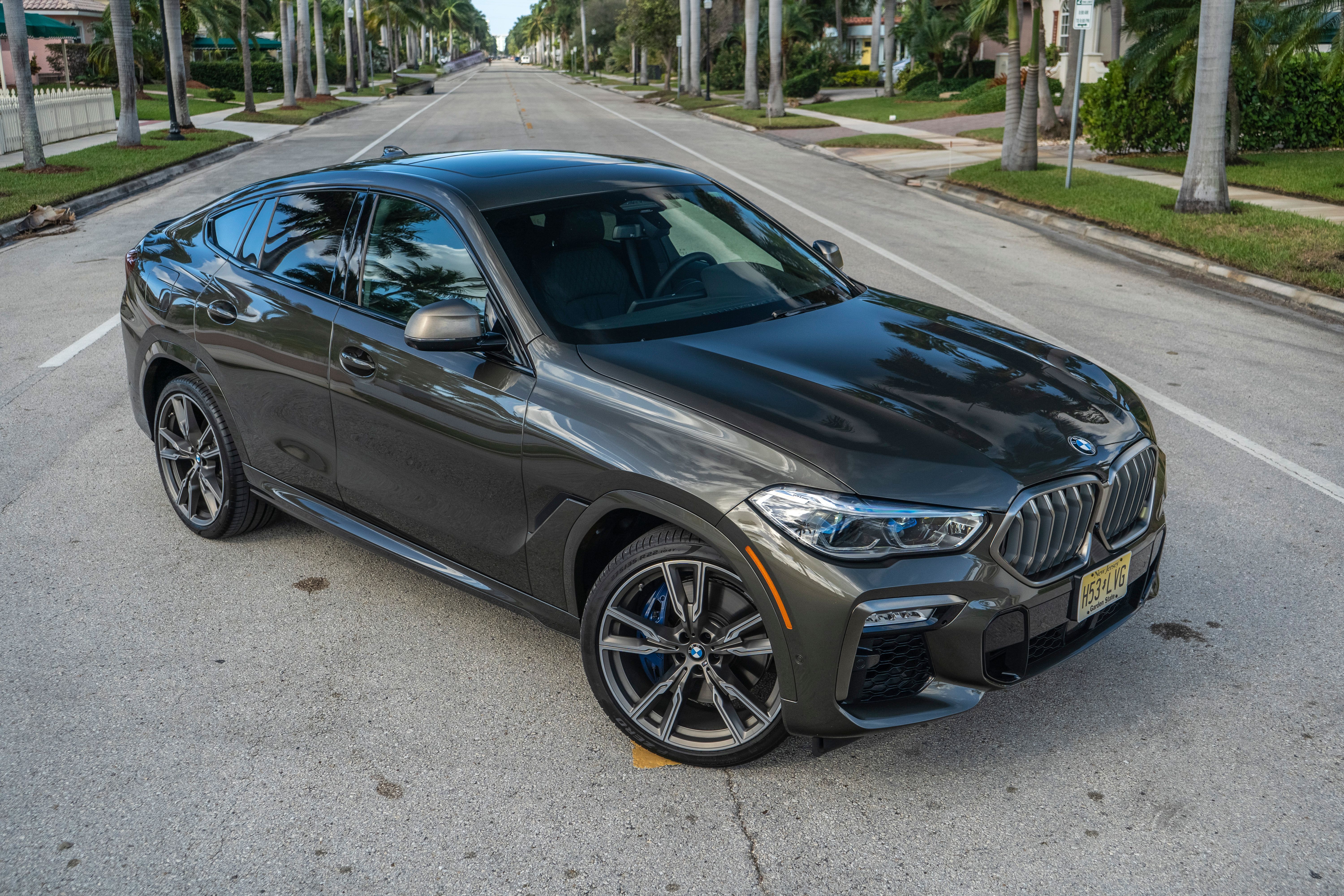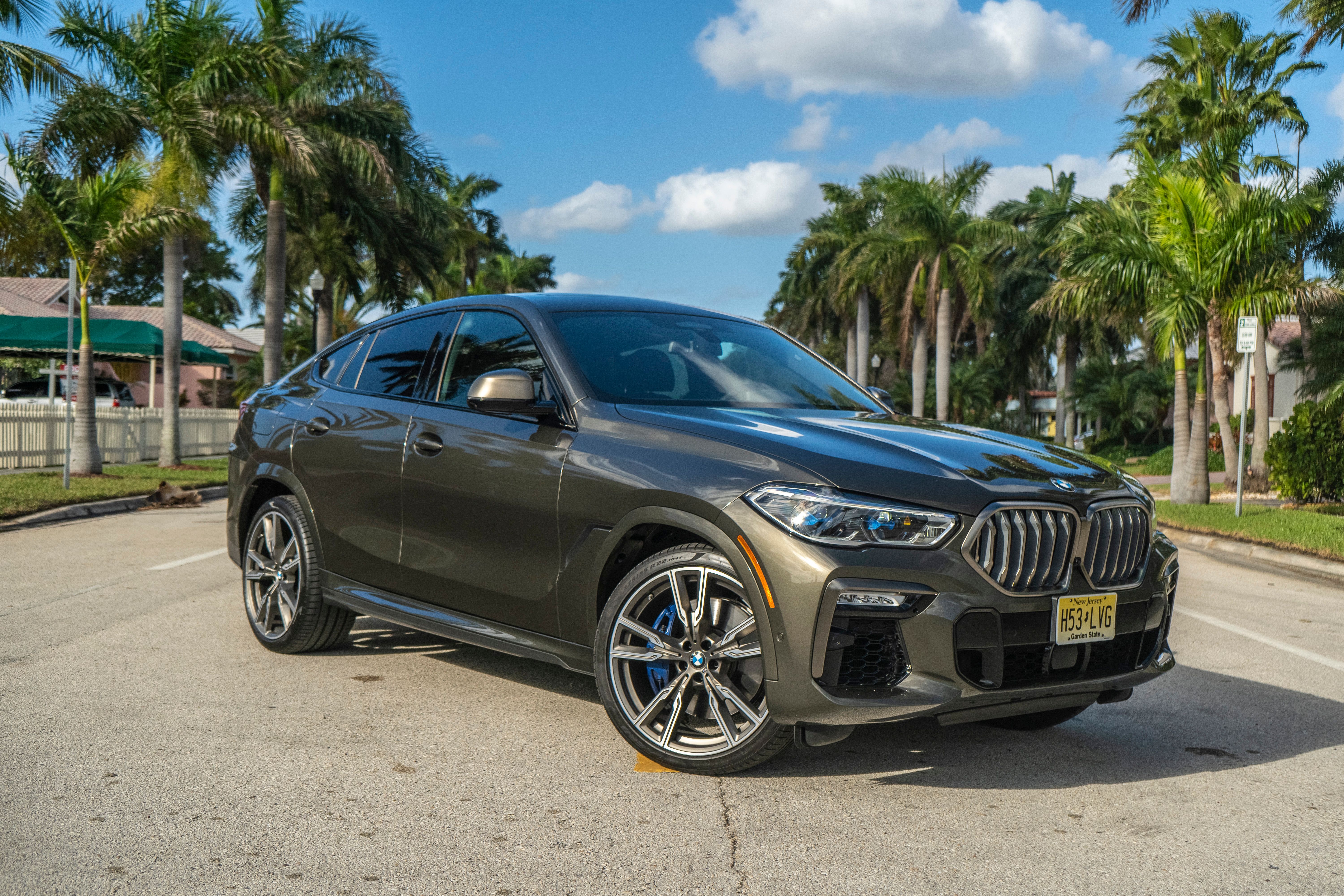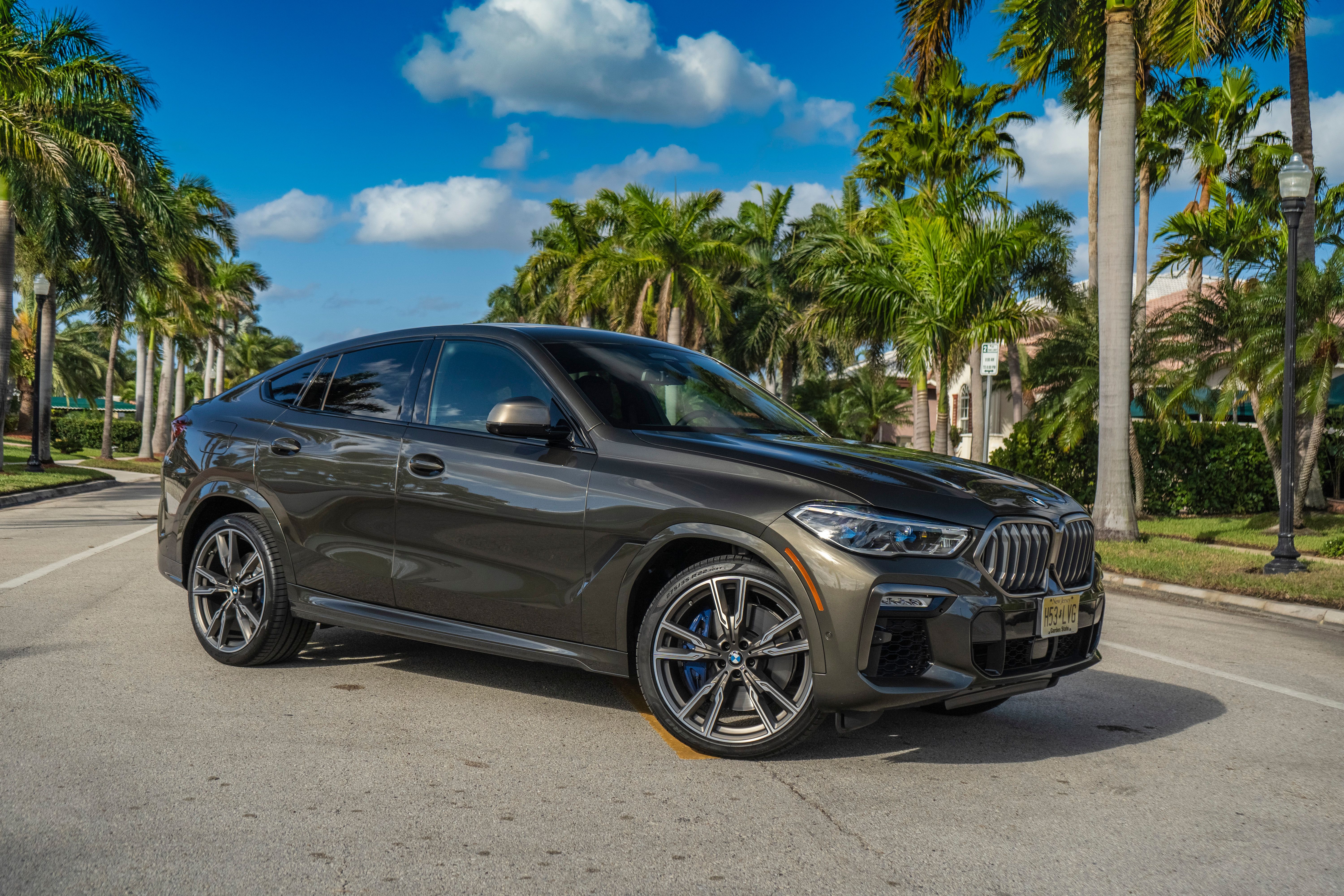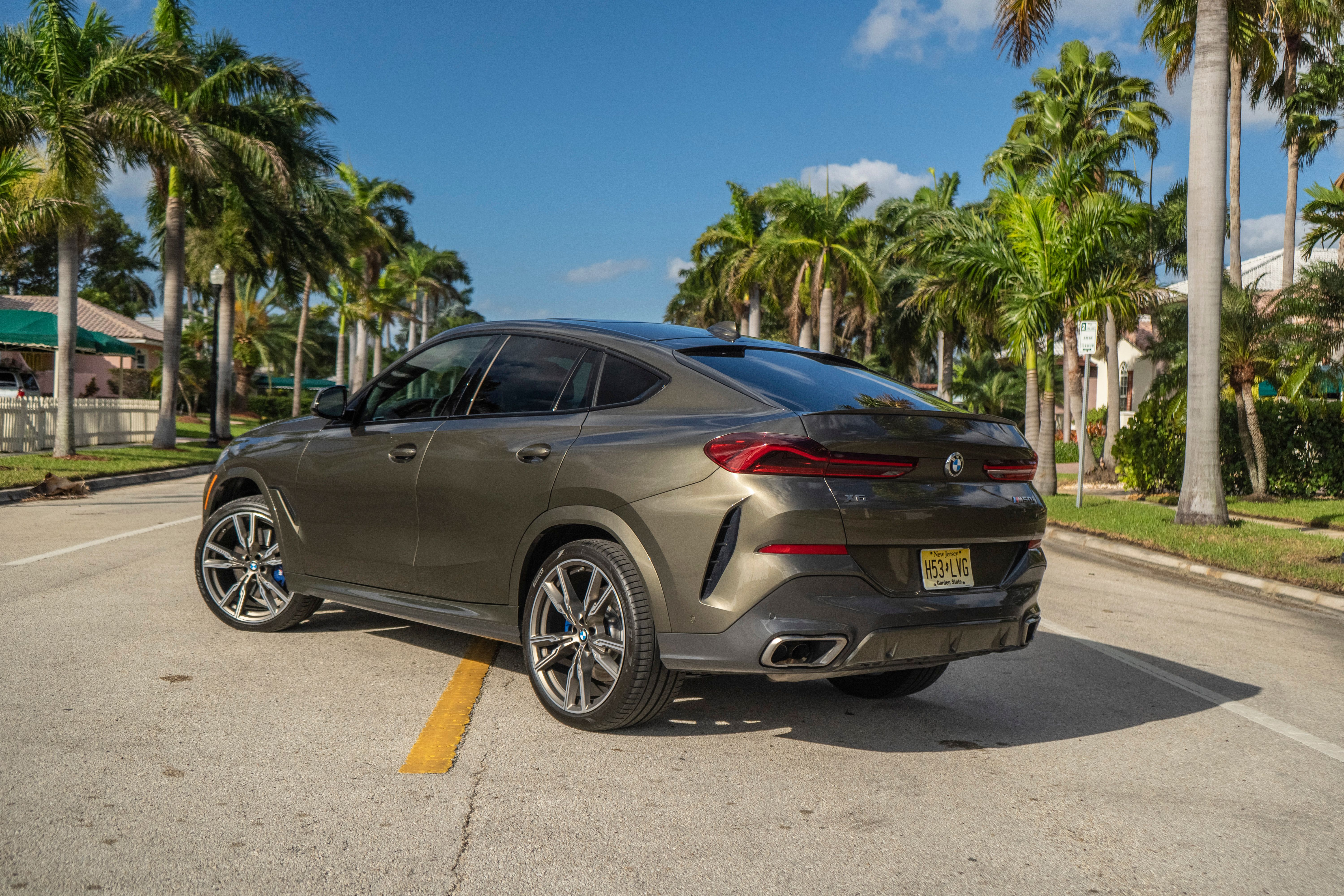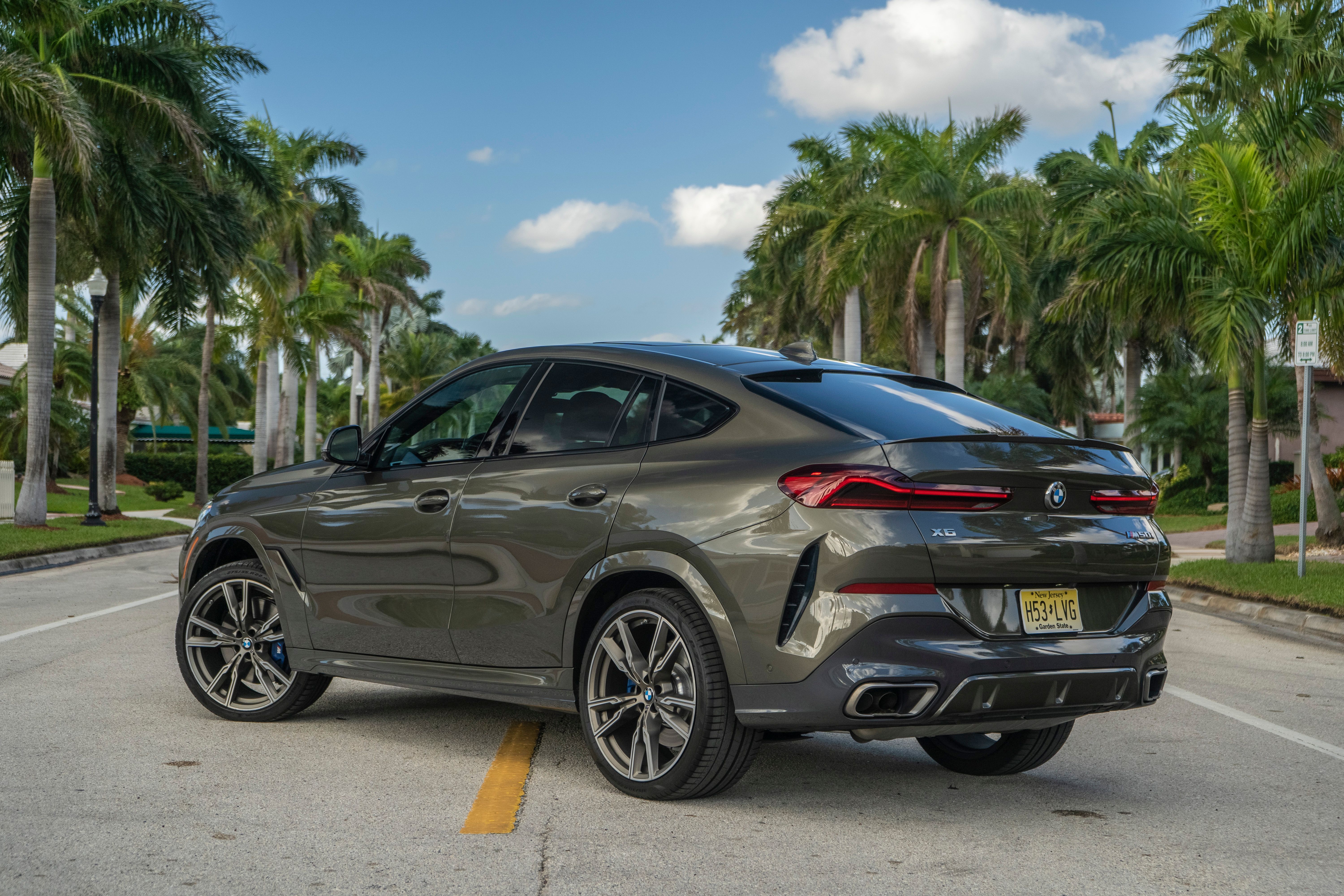The BMW X6 has been around since 2007, and in the space of 13 years, it has become one of the most popular coupe-SUVs in the segment. Now that the third-generation X6 (GO6) has arrived, Bimmer’s resident coupe-SUV is ready to take on all comers in its segment. The third-generation X6 comes with plenty of upgrades. All the press releases and first-wave reviews made points of all of that. But you don’t get to appreciate these upgrades until you actually see the X6 in person, as we did when we recently took one out for a spin around town.
The all-new X6 looks good on paper, but it looks even better up close. BMW outdid itself in designing a coupe-SUV that fully embraces its identity. The X6 also comes with a gorgeous interior, though that’s hardly a surprise considering the company that makes it. Very little about the all-new X6 comes as a disappointment, though considering the market that it calls home, it’s still going to have a fight in its hands against some of its rivals. BMW did the new X6 proud, though. It’s arriving at the party packing serious lead.
2020 BMW X6 - Driven
- Make: Array
- Model: 2020 BMW X6 - Driven
- Engine/Motor: V8
- Horsepower: 523 @ 5500
- Torque: 553 @ 4600
- [do not use] Vehicle Model: Array
BMW X6 Overview
But those days are gone. The X6 now occupies a segment that also includes the Audi Q8, Porsche Cayenne Coupe, Mercedes GLE Coupe, and Range Rover Velar. Make no mistake; competition is good. The arrival of these models forced BMW to up its game in the coupe-SUV segment. Gone are the days when Bimmer could skirt around the segment and not have to worry about a rival automaker poaching its clientele.
For what that’s worth, BMW did raise its game, and the 2019 X6 is a good indicator of that.
These two elements have defined the visual and aerodynamic qualities of Bimmer’s posh coupe-SUV, and the fact that they remain integral parts of the new model’s looks is an indication that BMW isn’t going to deviate from this design formula anytime soon. That’s not necessarily a bad thing, too. The coupe-SUV segment is definably most for the way these models look more than anything else. There’s a novelty to a high riding SUV with the profiles of a sports car. BMW proved that such a design could work in a segment where there’s a voracious appetite for the next big SUV thing.
Beyond its trademark aesthetics, the X6 also comes with a fresh look that’s consistent with the design tenor of its current lineup. The front and rear sections, in particular, carry a lot of BMW’s new design qualities, and for what all of that’s worth, the press photos of the X6 don’t do justice to how it looks like in person.
The front section looks like it’s snarling, aided in part by those massive intakes on opposite ends of the bumper. The high character lines play well with the sloping roofline. For once, the X6 doesn’t look like it’s slouching.
The SUV looks confident, and it looks like it’s ready to reclaim its throne in the coupe-SUV segment. Whether it does so remains to be seen, but you can tell by the way it stands that the OG is still around to put all these young whippersnappers in their place.
How Big is the BMW X6
Bimmer’s pride and joy measures 194.8 inches long, 78.9 inches wide, and sits 66.8 inches high. Taking those measurements into account, the X6 is roughly the same size as the Mercedes GLE Coupe, though the Bimmer benefits from having a much longer wheelbase, measuring 117.1 inches compared to just 114.76 inches for the GLE Coupe. The Porsche Cayenne Coupe sits in the same size class as the X6 and the GLE Coupe, measuring 194.2 inches long, 78.1 inches wide, and 66 inches high. Its wheelbase, though, is more like that of the Merc’s. If you want to be specific about it, the Cayenne Coupe has a shorter wheelbase than the GLE Class at just 114 inches. This is important in establishing a few things about the X6, particularly when it comes to interior space.
2020 BMW X6 exterior dimensions
|
Length |
194.8 |
|---|---|
|
Width |
78.9 |
|
Height |
66.8 |
|
Wheelbase |
117.1 |
|
Front Track |
66.1 |
|
Rear Track |
66.5 |
Using the same metrics, however, reveals that the Q8 has an edge over the X6, at least in terms of overall length and wheelbase measurements are concerned. Roll the measuring tape and you’ll see that the Q8 measures 196.6 inches, making it almost two inches longer than the X6. It’s not as wide as the Bimmer — the Q8 measures 78.5 inches wide — but it is higher by 0.4 inches, measuring 67.2 inches high. Just as important, the Q8 has a longer wheelbase at 117.9 inches compared to all of its rivals.
Ultimately, discussions about whether a specific coupe-SUV is big go beyond actual measurements. There’s a tinge in irony to that because no matter what the numbers say, answering the question on how big a coupe-SUV ultimately boils down to a subjective understanding of what counts as big to a specific buyer. The numbers say the X6 is big relative to most of its rivals. But just because that’s what the stats say, that doesn’t mean they all add up what a specific buyer counts as “big.”
BMW X6 Interior Design
Customer standards are high and BMW delivered the goods. There’s an inescapable freshness and modernity in the way the X6’s cabin looks. The build quality is top-notch and the materials are in line with the stature of the coupe-SUV.
How Big is the BMW X6’s Interior
There are similarities to the X6’s interior design with that of the X5, though the former does have to carry the burden of that sloping roofline that lessens rear headroom space. Still, space isn’t a big issue when it comes to the X6’s interior. There’s ample headroom in the front row — 39.3 inches in the front, and while rear headroom space could be better, the X6’s 37.5-inch rear headroom shouldn’t be considered a dealbreaker.
2020 BMW X6 interior dimensions
|
1st Row Headroom |
39.3 |
|---|---|
|
1st Row Leg Room |
40.4 |
|
1st Row Shoulder Room |
60 |
|
1st Row Hip Room |
61.4 |
|
2nd Row Headroom |
37.5 |
|
2nd Row Leg Room |
35.7 |
|
2nd Row Shoulder Room |
57.7 |
|
2nd Row Hip Room |
59.6 |
Legroom is ample, too, though there’s significantly less space in this area when you compare it to the Audi Q8. For the record, the X6’s front legroom adds up to 40.4 inches, short of the 41.6-inch front legroom space of the Q8. The difference is even more glaring in the back where the Q8’s 40.2-inch rear legroom dwarfs the X6’s 35.7-inch rear legroom. It’s a clear victory on the part of the Audi, but, again, it’s important to know that the Q8 is naturally bigger than the X6.
BMW X6 Cargo Room
Based on their sheer size alone, full-size SUVs should generally have enough cargo space to store an inordinate amount of items and/or equipment. The BMW X6 isn’t lacking in cargo room, though it still offers less than some of its competitors. With all the seats in their upright positions, the X6 provides 27.4 cubic feet of space. That’s enough space for a month’s worth of groceries or a weekend’s worth of luggage. You’re not going to curse the high heavens for the lack of space.
With that kind of space, you can probably store a month’s worth of groceries and a weekend’s worth of luggage and still have enough space at your disposal.
Those of you who are contemplating between an X6 and a Porsche Cayenne Coupe will lean on the Bimmer in this comparison. It has more cargo space than its Porsche rival, which can only offer up to 23.7 cubic feet of cargo room with the rear seats up and 54.3 cubic feet of space with the rear seats folded.
The Q8 is one of the biggest SUVs in the market, and it shows in the amount of space that’s available in the cargo section. With the seats up, the Q8 has a cargo space of 30.5 cubic feet, which stands as one of the highest in its segment. Fortunately for the Bimmer, the difference isn’t that big when the rear seats are folded. In that configuration, the Q8 barely beats out the X6 with a cargo volume of 60.7 cubic feet.
BMW X6 Infotainment System
BMW’s precision-based attention-to-detail extends to the center console where a pair of 12.3-inch displays gather most of the attention. The first of these two displays is the digital instrument cluster.
The second 12.3-inch display runs BMW’s latest version of its iDrive infotainment system. It’s located in the middle of the dashboard, as has been the case for a few years now. Functionally, the iDrive infotainment system is one of the best and most reliable infotainment systems in the market. You can run the infotainment system through the 12.3-inch touchscreen or through a very intuitive and easy-to-use rotary dial controller that’s located on the center console.
It’s a tech that a lot of other automakers also use, but if you do go down this route, a bit of patience is required to get the hang of its functions.
The X6 also comes with a laundry list of standard features. In addition to the two displays, the X6 also comes with navigation, Bluetooth, a USB port, Apple CarPlay functionality, and a nine-speaker audio system. For an extra scratch, BMW is also offering a list of optional features that you can avail of to your heat’s content. In the event that the standard infotainment system isn’t up to your standards, you can also look at a few of the many optional features that BMW has at its disposal. Anything from wireless device charging to an upgraded infotainment system with a Wi-Fi hot spot, satellite radio, and a choice of two premium audio systems.
BMW X6 Powertrain and Performance
The BMW X6 is available with two engine choices. There’s the 3.0-liter inline six-cylinder engine that produces 335 horsepower and 330 pound-feet of torque and there’s the bigger 4.4-liter twin-turbocharged V-8 engine that produces a whopping 523 horsepower. The latter, in particular, comes with a huge power increase from the 2019 X6’s 455-horsepower, twin-turbo V-8 engine, and it's also the engine that we got to enjoy in our M50i tester.
Both engines are mated to an eight-speed automatic transmission, which, in turn, sends power to either the two rear wheels or all four wheels depending on whether the specific X6 is carrying Bimmer’s xDrive system. Our tester was is able to hit 60 mph in 4.1 seconds on the way to a top speed of 155 mph.
2020 BMW X6 drivetrain specifications
|
Drive type |
RWD |
AWD |
AWD |
|---|---|---|---|
|
Engine type |
Inline-6 |
Inline-6 |
V8 |
|
Induction |
Turbocharged |
Turbocharged |
Turbocharged |
|
Cylinders |
6 |
6 |
8 |
|
Valves per cylinder |
4 |
4 |
4 |
|
Stroke |
94.6 |
94.6 |
88.3 |
|
Bore |
82.0 |
82.0 |
89.0 |
|
Displacement |
2,998 |
2,998 |
4,395 |
|
Compression rate |
11.0 |
11.0 |
10.5 |
|
Engine power |
335 |
335 |
523 |
|
at rpm |
5,500 – 6,500 |
5,500 – 6,500 |
5,500 – 6,000 |
|
Engine torque |
330 |
330 |
553 |
|
at rpm |
1,500 – 5,200 |
1,500 – 5,200 |
1,800 – 4,600 |
|
0-60 mph |
5.2 |
5.3 |
4.1 |
|
Top Speed |
130 (155) |
130 (155) |
130 (155) |
One of the X6 M50i's primary competitors is the Audi SQ8. Or, it will be, once it finally hits the market later on in 2020. It will be powered by a 4.0-liter, twin-turbo, V-8 that should pump out in the neighborhood of 500 horsepower and 568 pound-feet of torque. That should be enough to move Audi's biggest SUV up to 60 mph in 4.3 seconds on the way to a top speed of 155 mph.
The Porsche Cayenne Turbo Coupe is another main competitor to consider, and this baby pumps out an impressive 541 horsepower and 568 pound-feet of torque - enough to get the Cayenne coupe up to 60 mph in 3.7 seconds and on to a top speed of 178 mph.
How Much Can The BMW X6 Tow
That’s the kind of towing capacity that can rival the Ford Ranger, a pickup truck whose very appeal to customers hinges largely on its ability to tow heavy loads. That’s the good news. The bad news is that even with the X6’s ability to tow as much as 7,500 pounds, some of its rivals can tow heavier loads. The Audi Q8, for example, can tow up to 7,700 pounds while the Porsche Cayenne Coupe can tow around the same weight as the Q8. Even the Mercedes GLE Coupe can tow as much as 7,700 pounds. In this metric, the BMW X6 wins and loses at the same time.
BMW X6 Fuel Economy
The BMW X6’s gas mileage is one of its biggest advantages relative to the competition.
By comparison, the bigger and heavier Audi SQ8 can only muster 17 mpg in the city and 21 mpg on the highway while the Porsche Cayenne earns 15 mpg in the city and 19 mpg on the highway.
Driving Impression
There’s a deftness to the SUV’s eight-speed automatic transmission that allows you to shuttle about town imperceptibly, especially at low speeds. Shuffling through shifts is smooth and natural and you’re at ease behind the wheel of the X6 at all times.
The steering wheel may be a bit chunky for some, but we didn’t find it like that at all. On the contrary, gripping it inspires confidence that you’re driving an attention-grabbing coupe-SUV. Turn up the speed and the X6 becomes even more fun to drive. There was no wasted motion in how it responded to the way we drove it around town and out on the highway. Take it to a place with sweeping bends and you’re going to have a ball of fun driving the X6. It responds well to your turns without you losing control of the body. That kind of tight control is one of the X6’s best attributes.
Speaking of fun, the X6 is agile for a coupe-SUV of its size. It’s not as exhilarating as the Porsche Cayenne Coupe, but the latter is a worthy adversary, if not an all-around better vehicle to drive.
The BMW X6 is a joy to drive, and if you’re in the market for a coupe SUV that’s not going to cost you more than $70,000, it’s one of the best options that you can choose from.
BMW X6 Competition
Audi SQ8
The 2020 Audi SQ8 hasn't actually hit the market yet, and that's why you're looking at a spy shot of it instead of an image we took during a test drive. The model is expected to deliver at least 500 horsepower and more than 568 pound-feet of torque. That should be enough to move the new SQ8 up to 60 mph in 4.3 seconds on the way to a top speed of 155 mph. As far as interior amenities go, you can expect the best that Audi has to offer. Audi's virtual cockpit should come as standard equipment as will sport seats and healthy doses of leather and Alcantara. Expect pricing for the SQ8 to come in at around $78,000 to $82,000 when it launches in the latter part of 2020.
2020 Audi SQ8 specifications
|
Engine |
4.0-liter, twin-turbocharged V8 engine |
|---|---|
|
Horsepower |
500 HP |
|
Torque |
568 Lb-FT |
|
Transmission |
eight-speed Tiptronic® transmission |
|
0 to 60 mph |
4.3 seconds |
|
Top Speed |
155 mph |
Read our full review on the 2020 Audi SQ8
Porsche Cayenne Turbo Coupe
Powered by a 4.0-liter, twin-turbo V-8 the Porsche Cayenne Turbo Coupe is yet another high-end competitor that certainly deserves your consideration. With it being so new on the market, we can't exactly tell you how it compares to the BMW M50i that we test drove, but we can imagine it competes very well. That V-8 engine delivers 541 horsepower and 568 pound-feet of torque, enough for a 3.7-second sprint to 60 mph and a top speed of 177 mph. Expect the finest technology inside and an impressive lineup of fancy materials, all of which will come at a cost. The Cayenne Turbo Coupe starts out at $130,100 while the Turbo S E-Hybrid will set you back as much as $164,400.
Porsche Cayenne Turbo Coupe specifications
|
Engine |
Twin-turbocharged V8 |
|---|---|
|
Displacement |
4.0 l |
|
Engine layout |
Front-engine |
|
Bore |
86.0 mm |
|
Stroke |
86.0 mm |
|
Horsepower |
541 HP @ 5,750 - 6,000 RPM |
|
Torque |
568 LB-FT @ 1,960 - 4,500 RPM |
|
Compression ratio |
10.1:1 |
|
Power-to-weight ratio |
9.3 lb/hp |
|
Transmission |
8-speed Tiptronic S |
|
0 - 60 mph with Sport Chrono Package |
3.7 s |
|
Top Speed |
178 mph |
Read our full review on the 2020 Porsche Cayenne Turbo Coupe
Is the BMW X6 Worth the Price?
With a starting price of just over $64,300, the rear-wheel-drive BMW X6 sDrive40i is a solid choice for a mid-size entry-level coupe SUV. It comes with an impressive lineup of standard features, including a moonroof, dual-zone automatic climate control, and the iDrive infotainment system with a 10.2-inch touch screen, a touchpad controller, navigation, a nine-speaker hi-fi audio system, HD Radio, Bluetooth, a USB port, and Apple CarPlay. It also comes with a suite of driver assistance features, ensuring that you really get your money’s worth with the model. If you want to opt for the all-wheel-drive X6 xDrive40i, you’ll have to pay slightly more for it — around $66,600 — but you do get the more versatile drivetrain, as well as all the standard features that come with the base sDrive40i.
The top-of-the-line, non-M version of the X6 is the M50i. It comes standard with all-wheel-drive and all the aforementioned features of its cheaper variants to go with upgraded features like 20-way power-adjustable front seats, a 16-speaker Harman Kardon sound system, satellite radio, and four-zone automatic climate control. For all of that, you’re going to have to pay around $85,650.
Final Thoughts
Despite what BMW wants you to believe, the X6 is not the perfect coupe-SUV. It’s good at all the things coupe-SUVs are supposed to be good at, but it also happens to belong in a segment that’s teeming with high-quality adversaries. This has less to do with what the X6 is capable of and more to do with what the segment has become.
It falls short in other categories — some rivals offer more cargo space and more upscale interiors — but it’s also not entirely BMW’s fault. On its own, the X6 is a great coupe-SUV. It really is. But with so many other alternatives, it might be best if you see what other models have to offer before you make a decision on which one to buy. Now, if pricing is a big part of your decision-making process, then your one foot should already be inside the X6.

